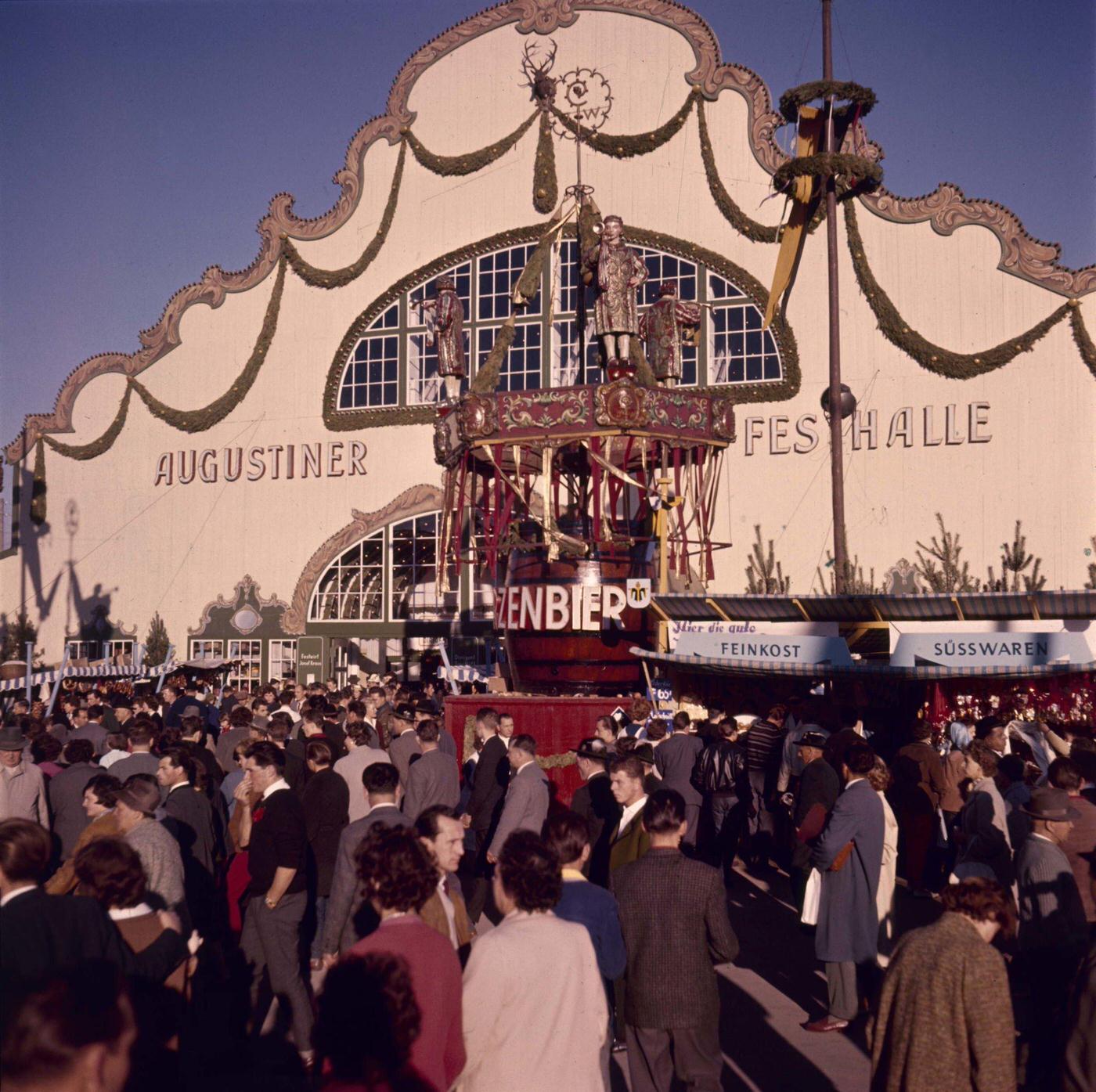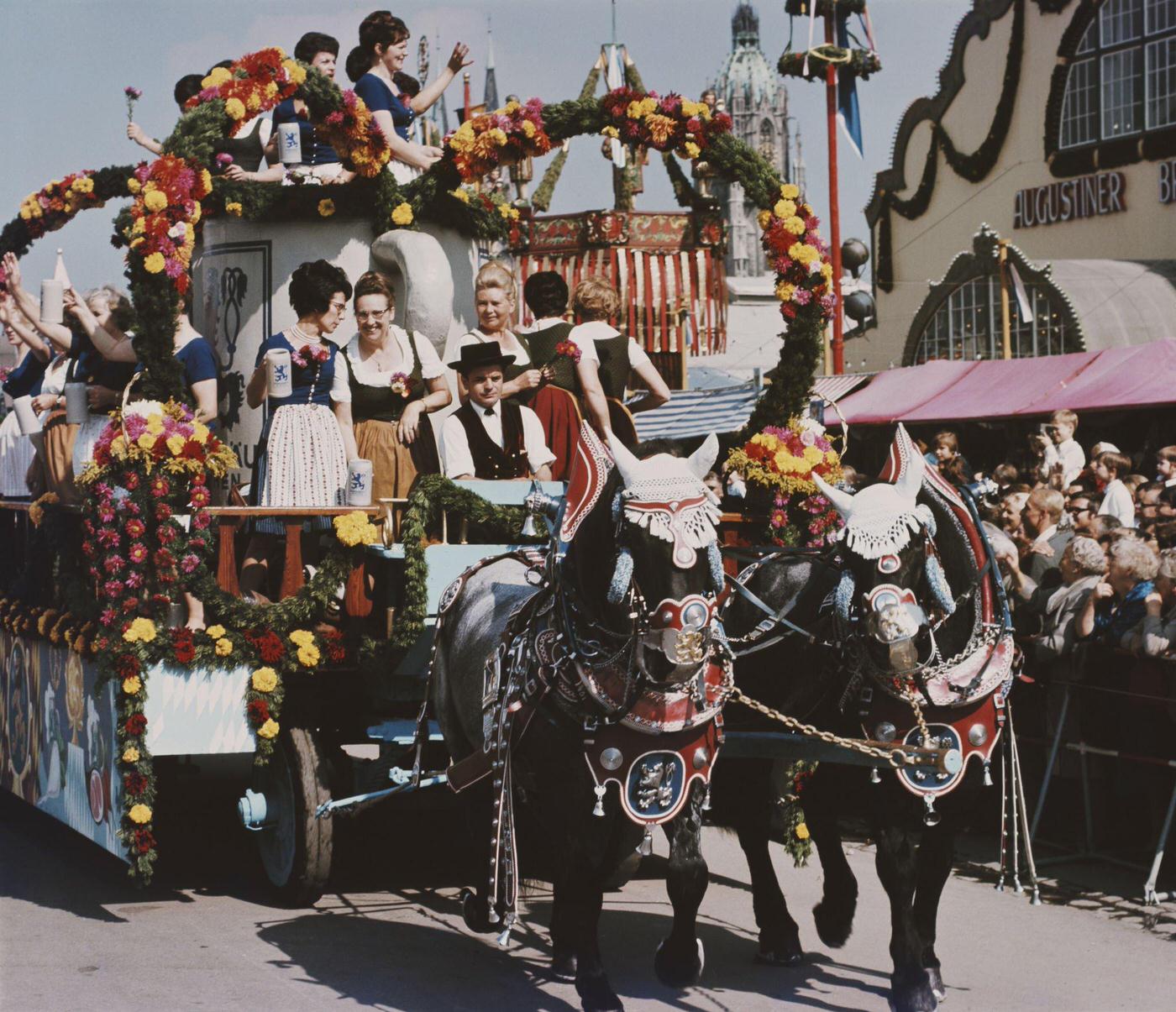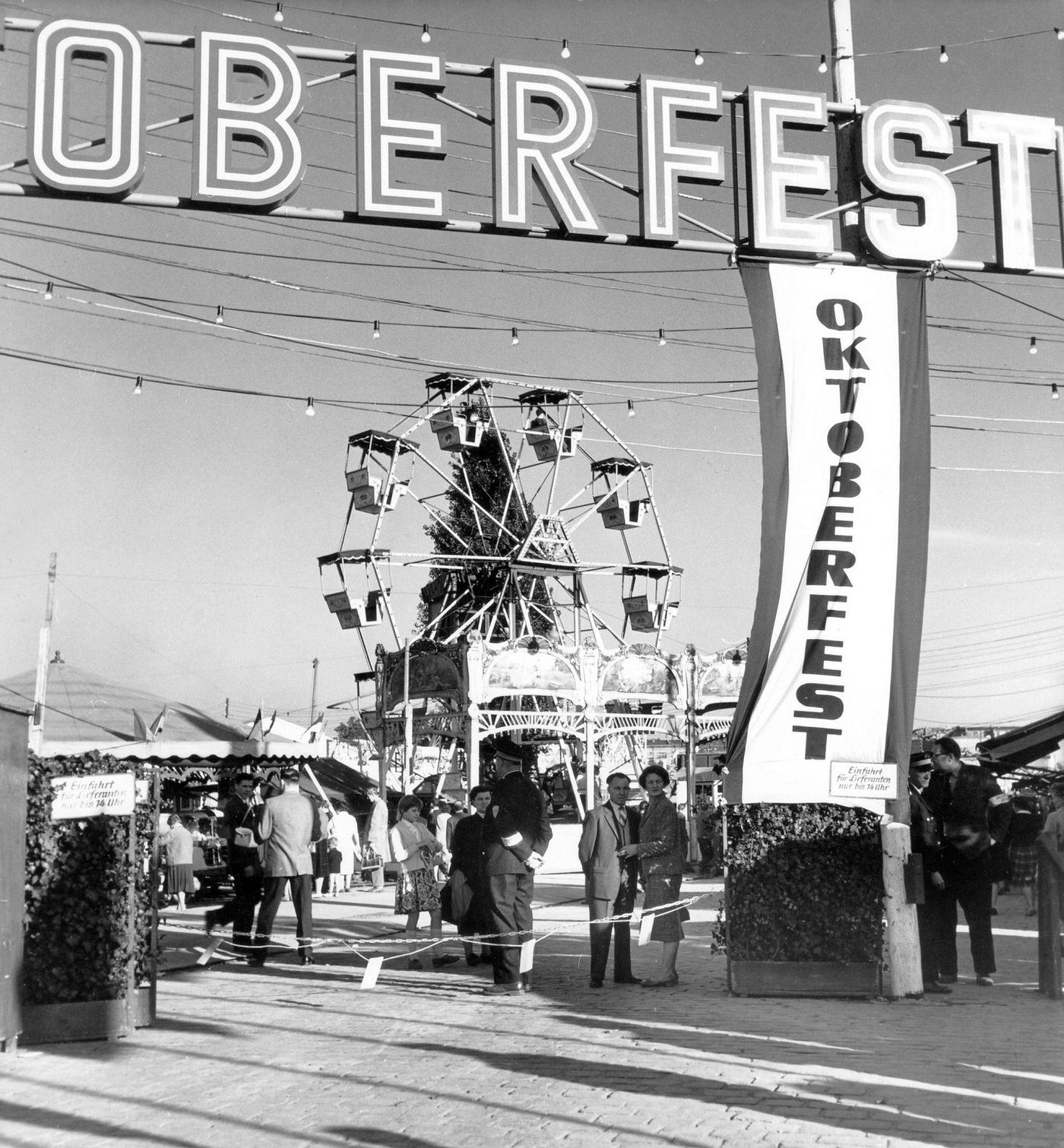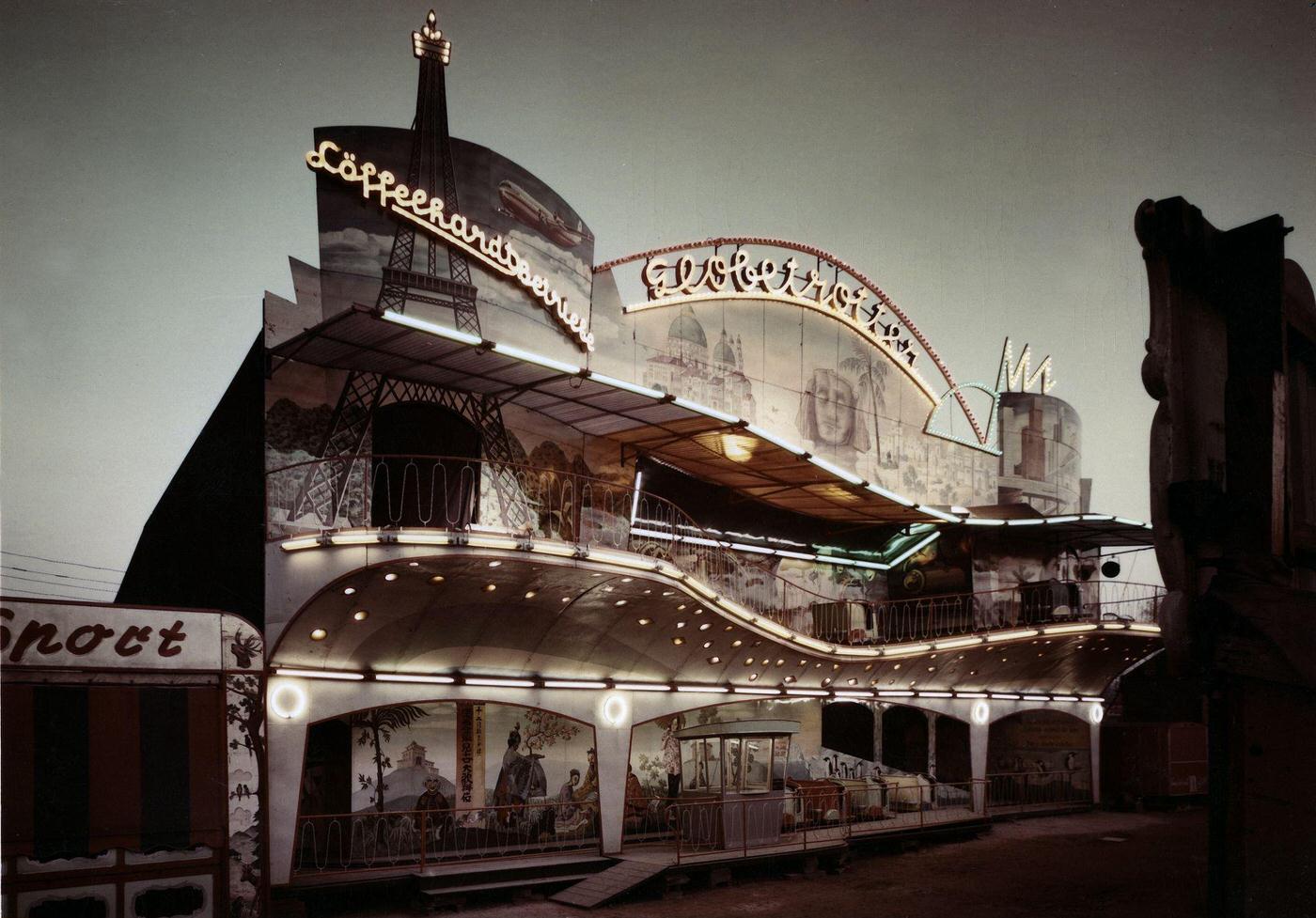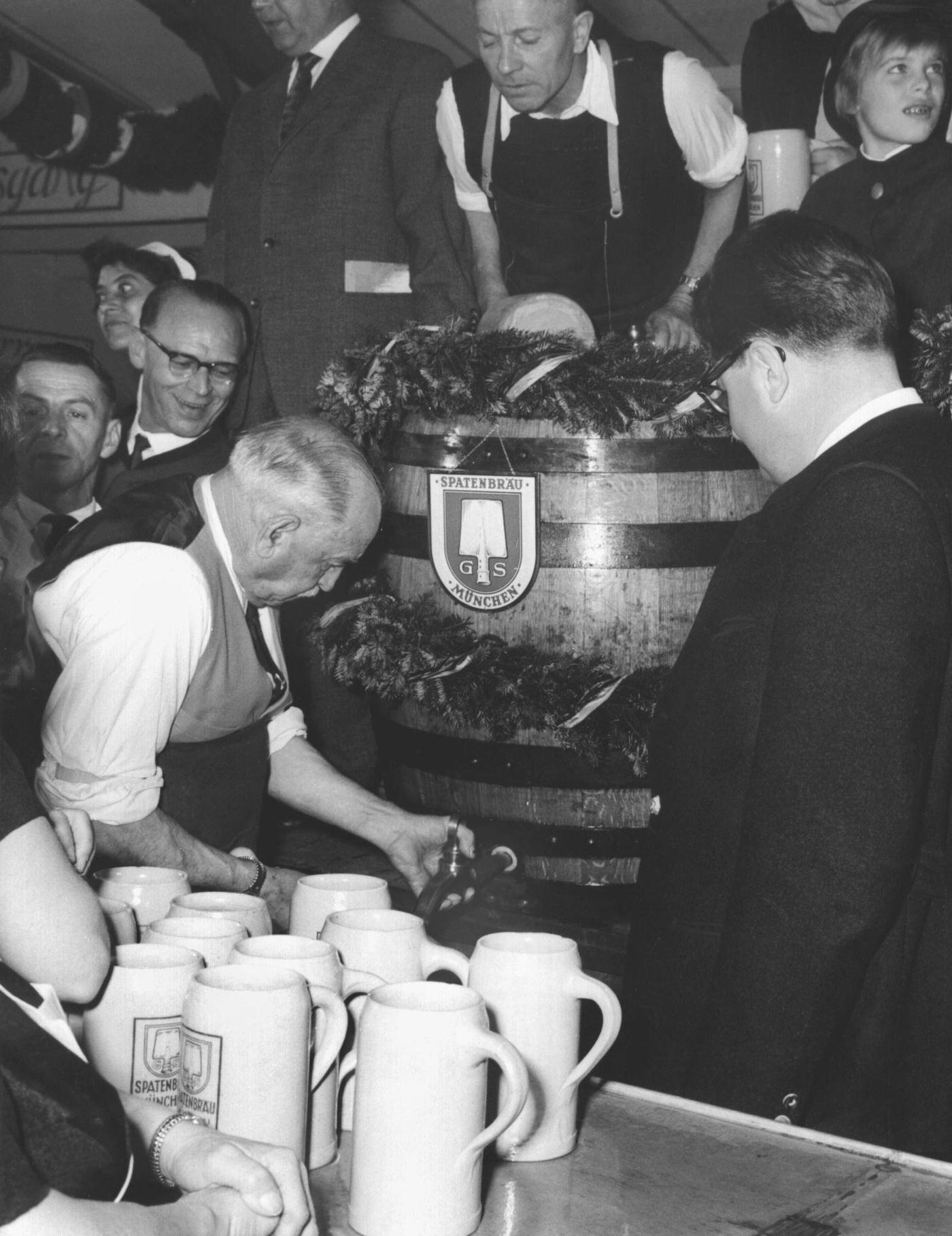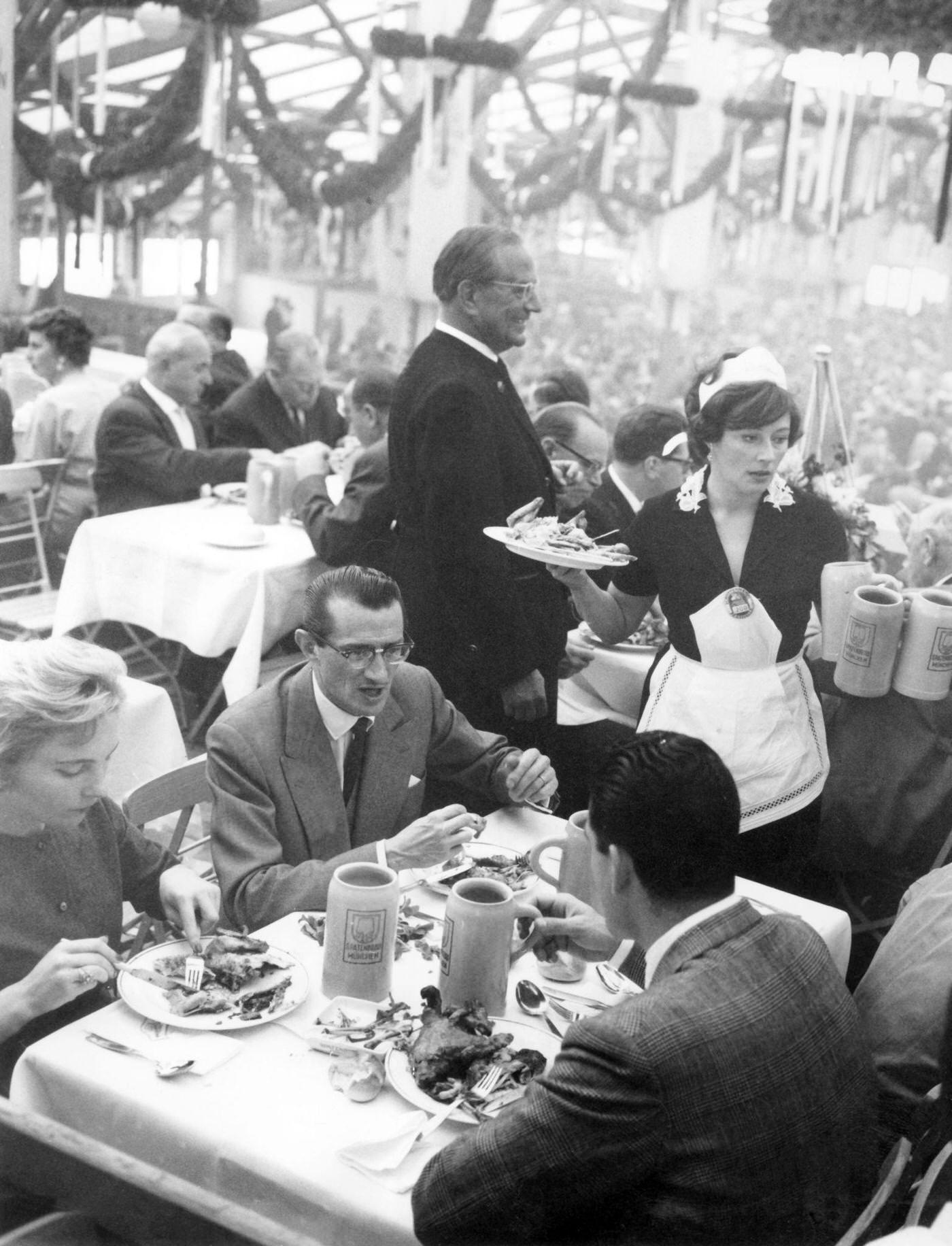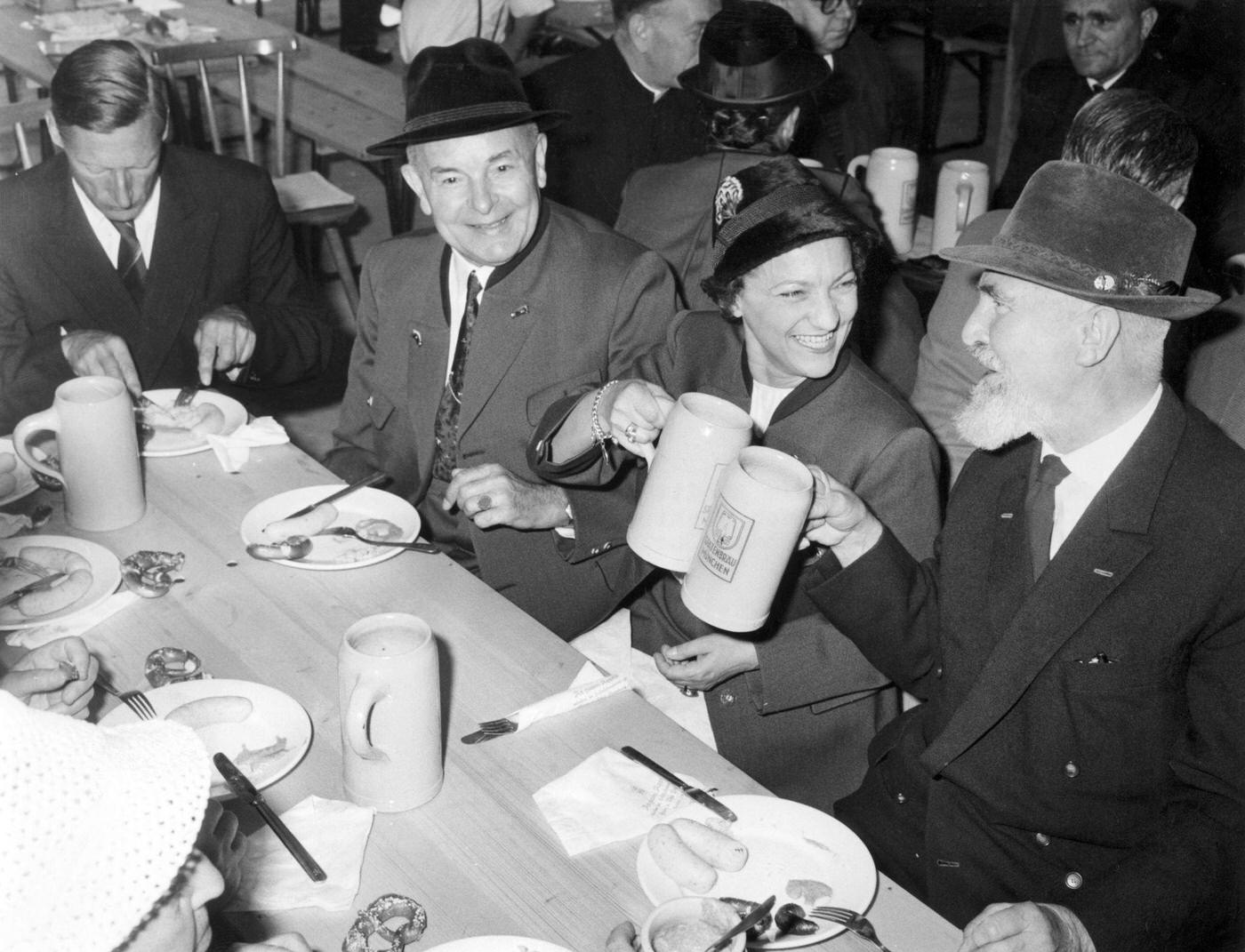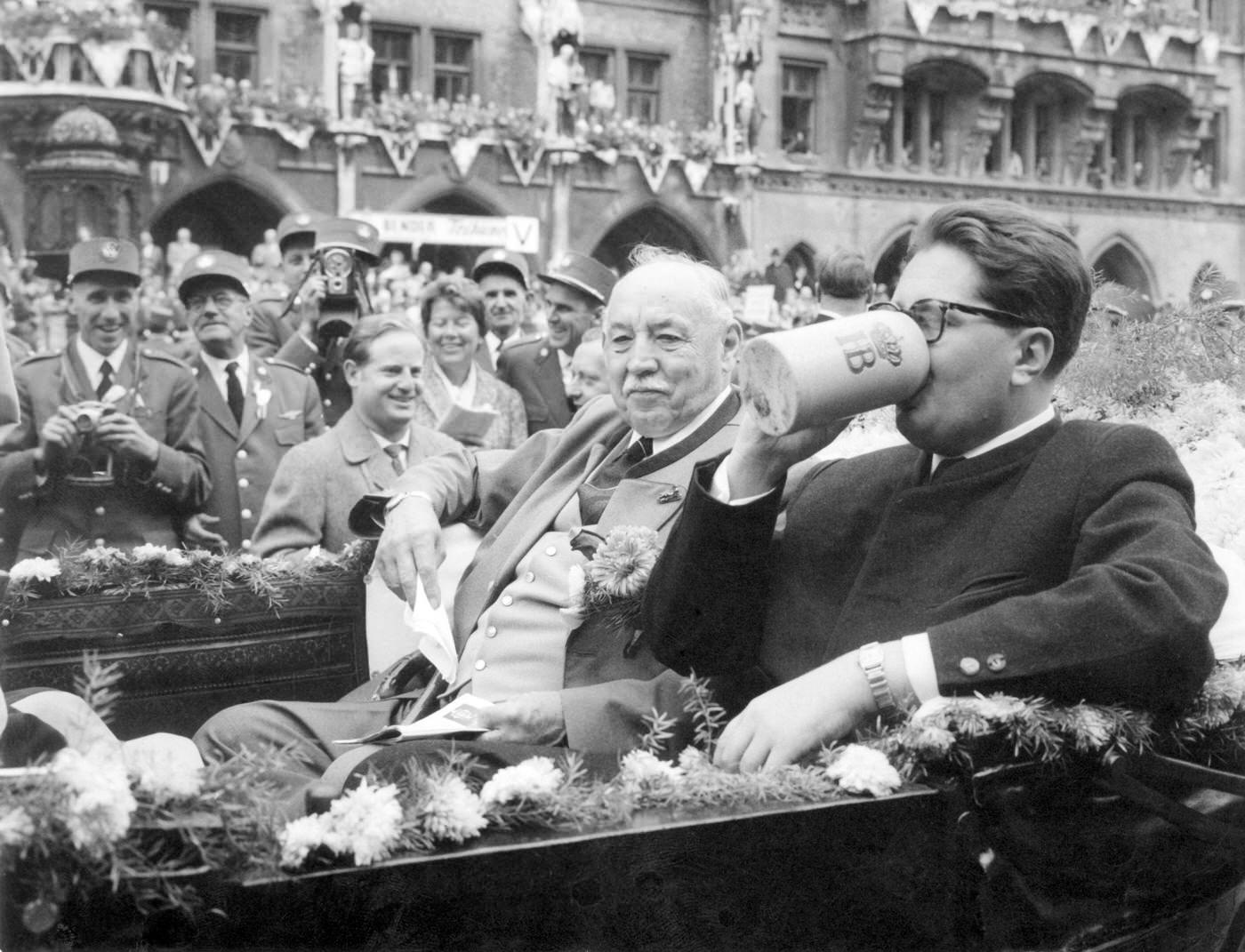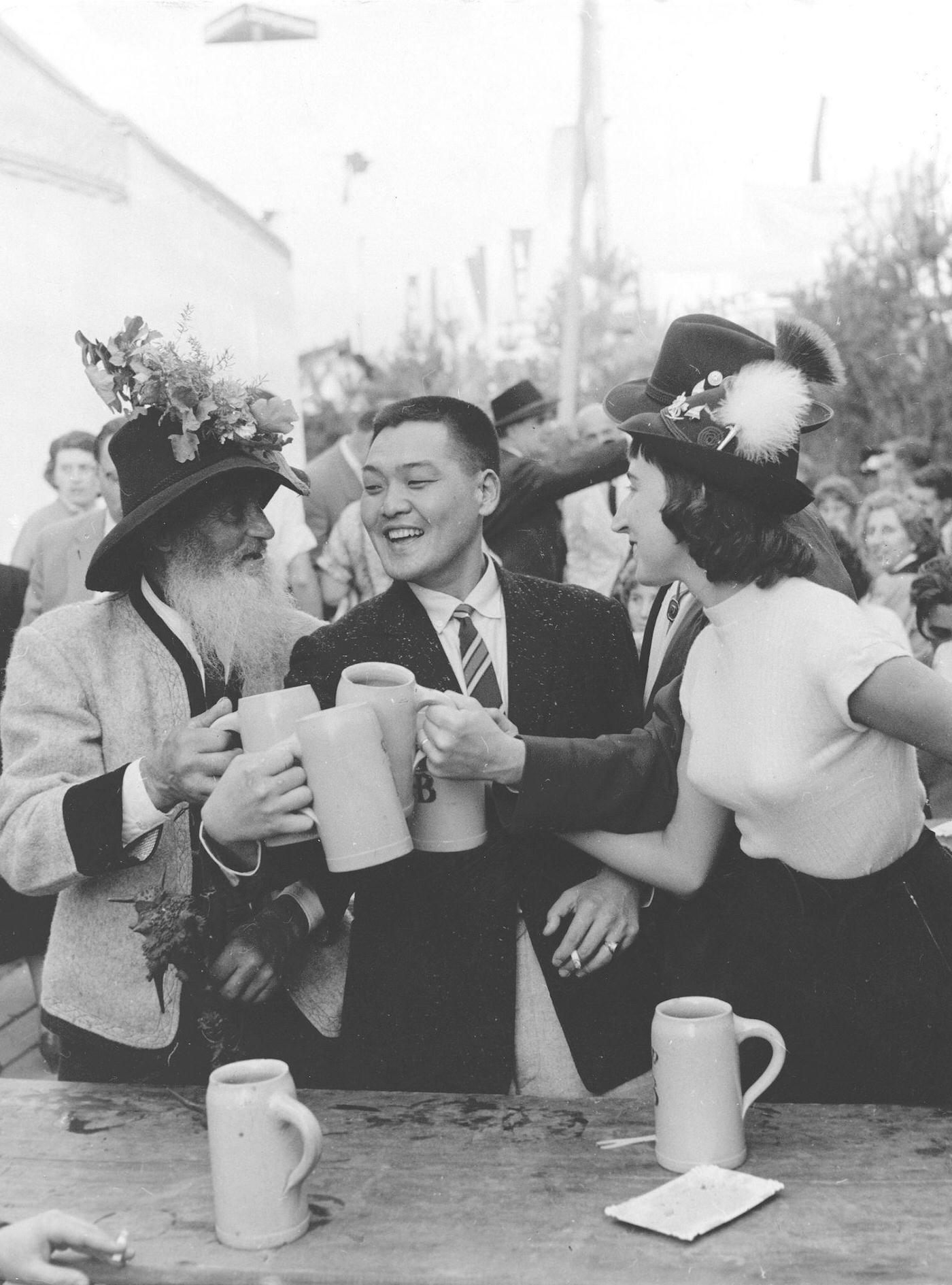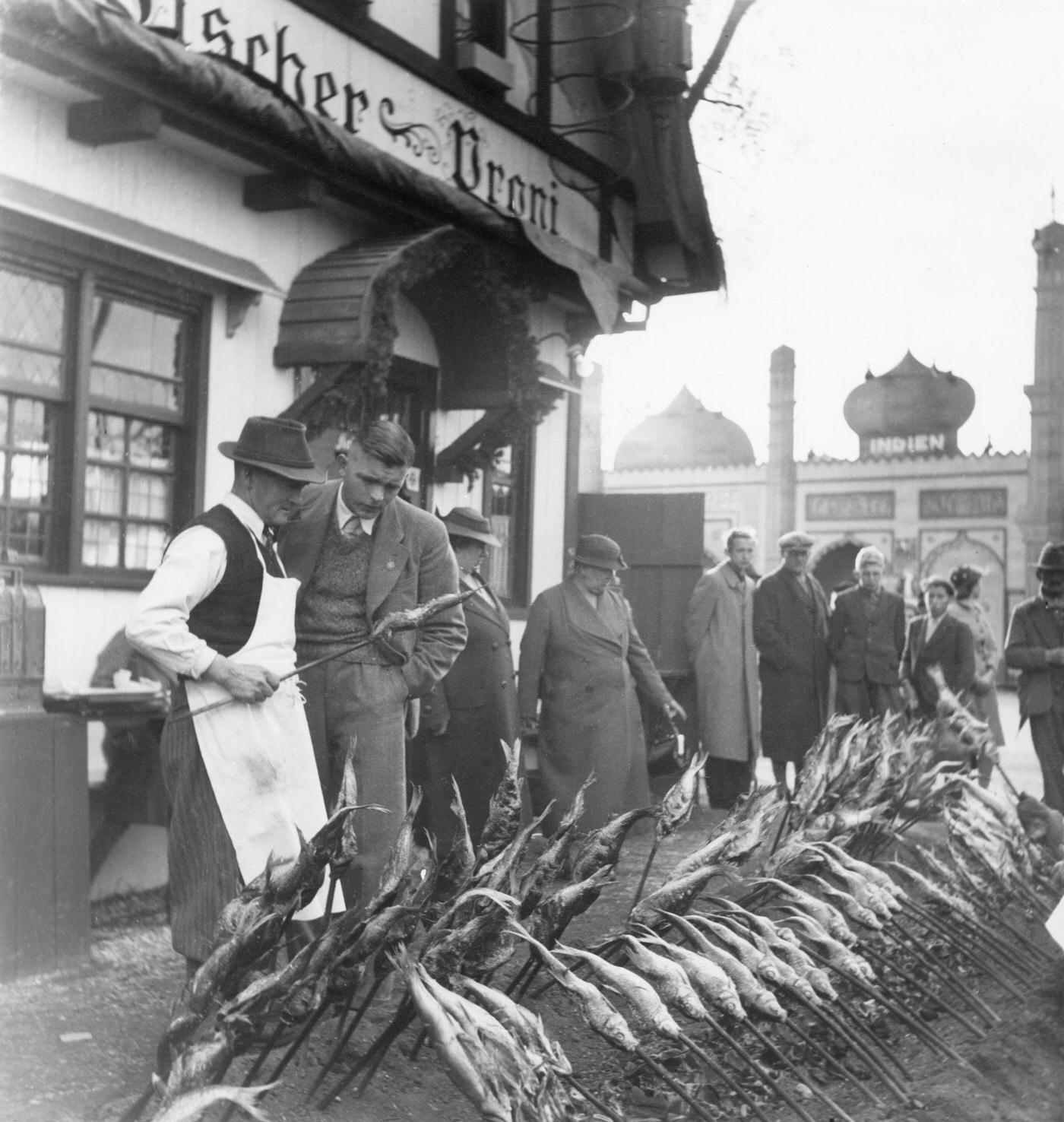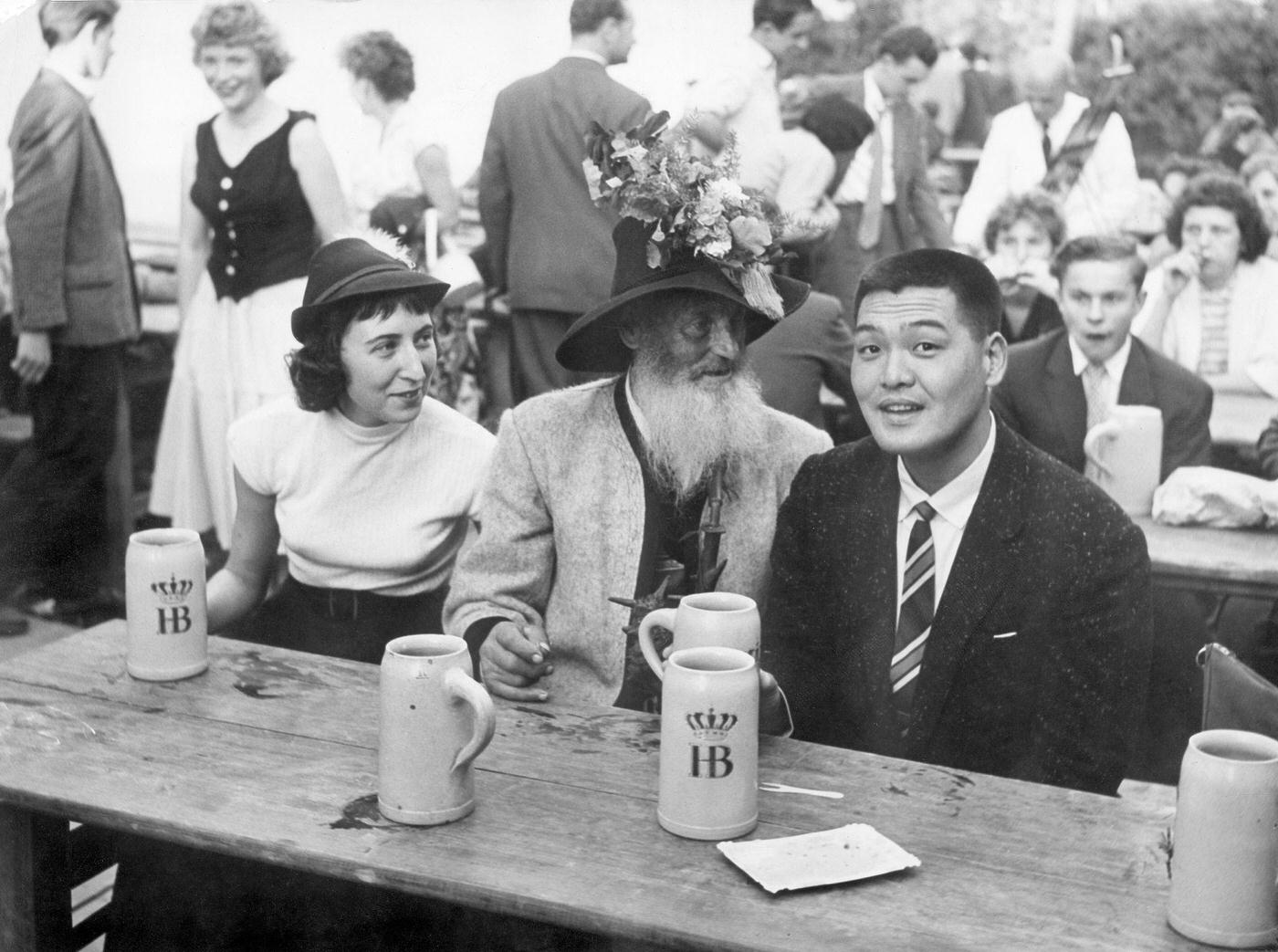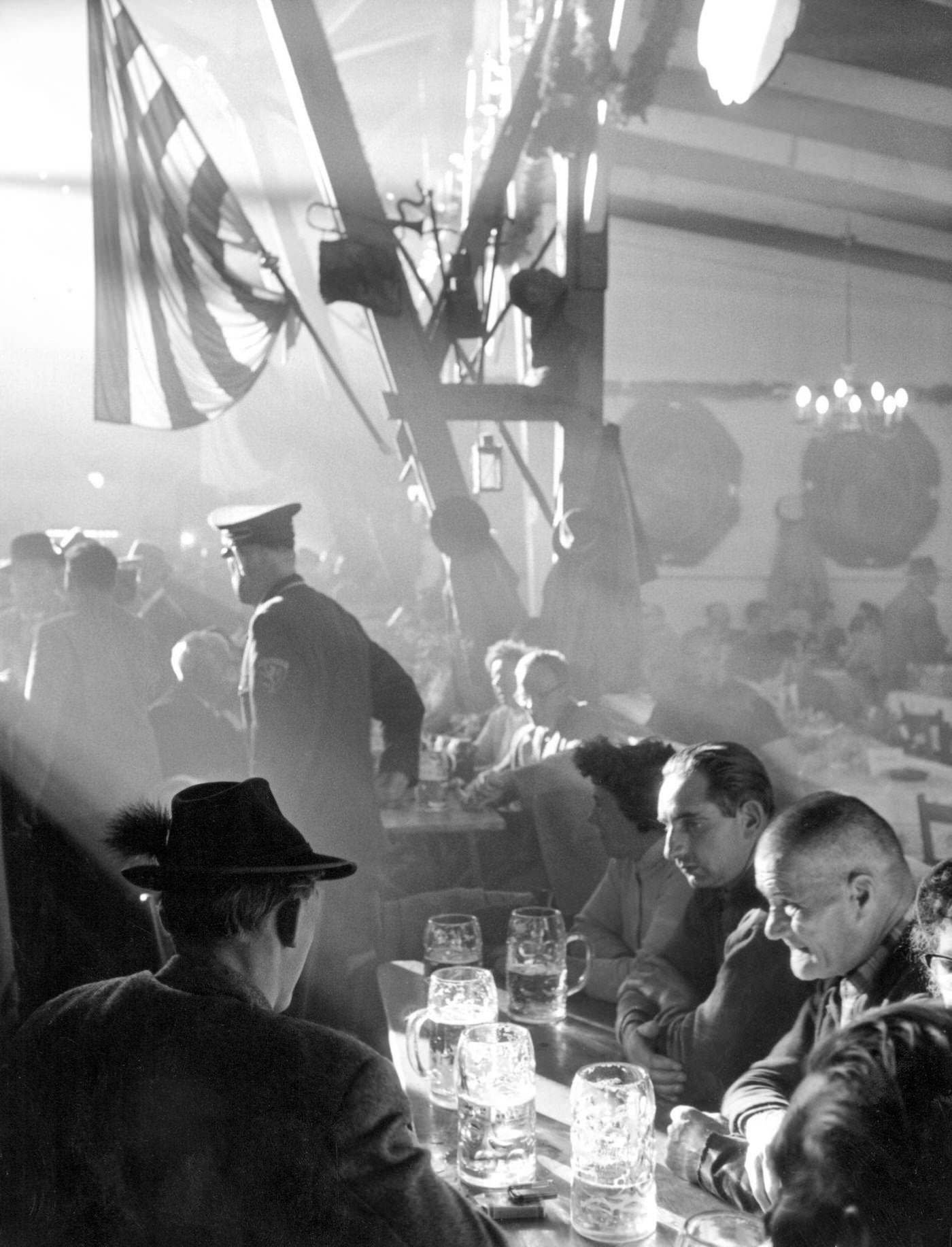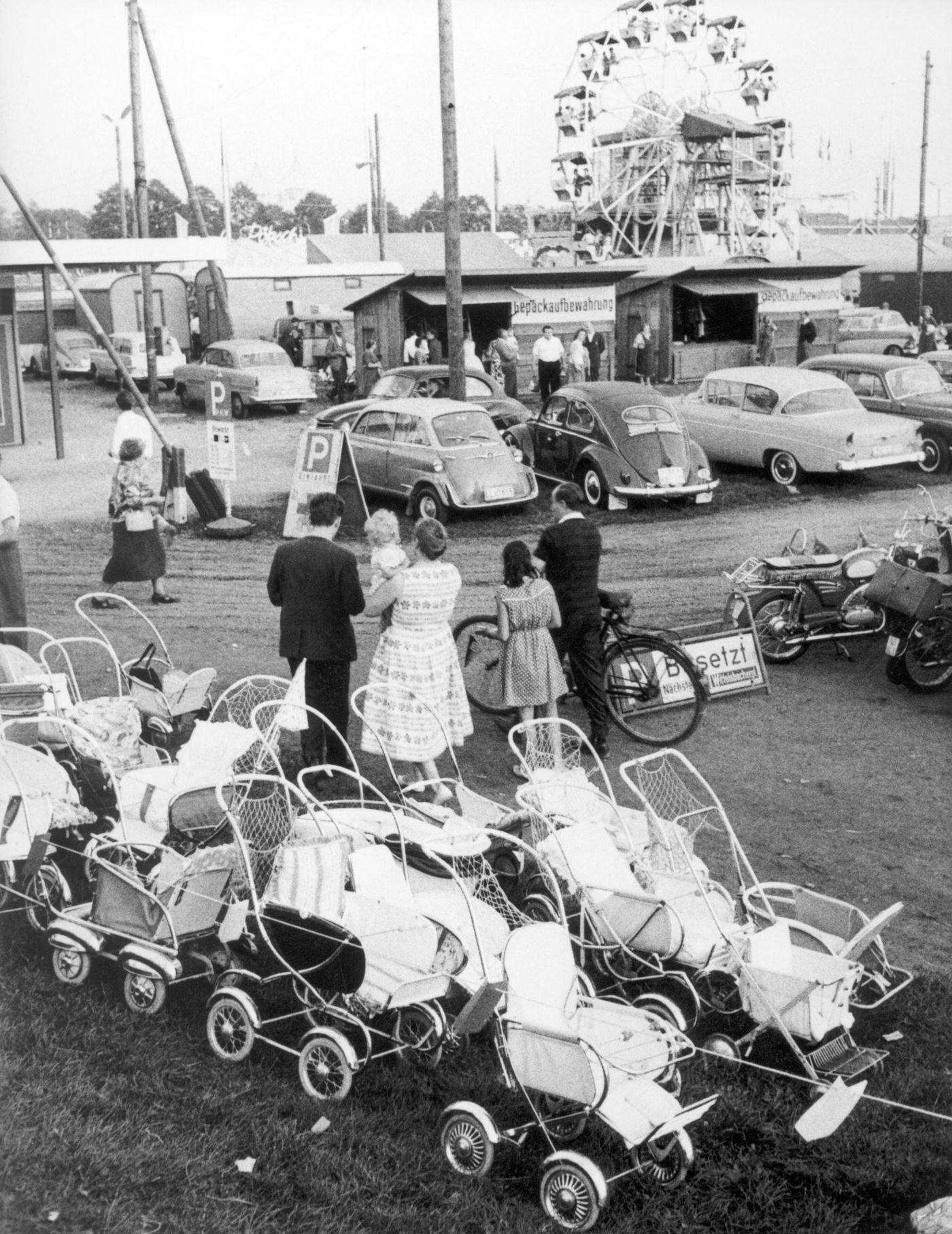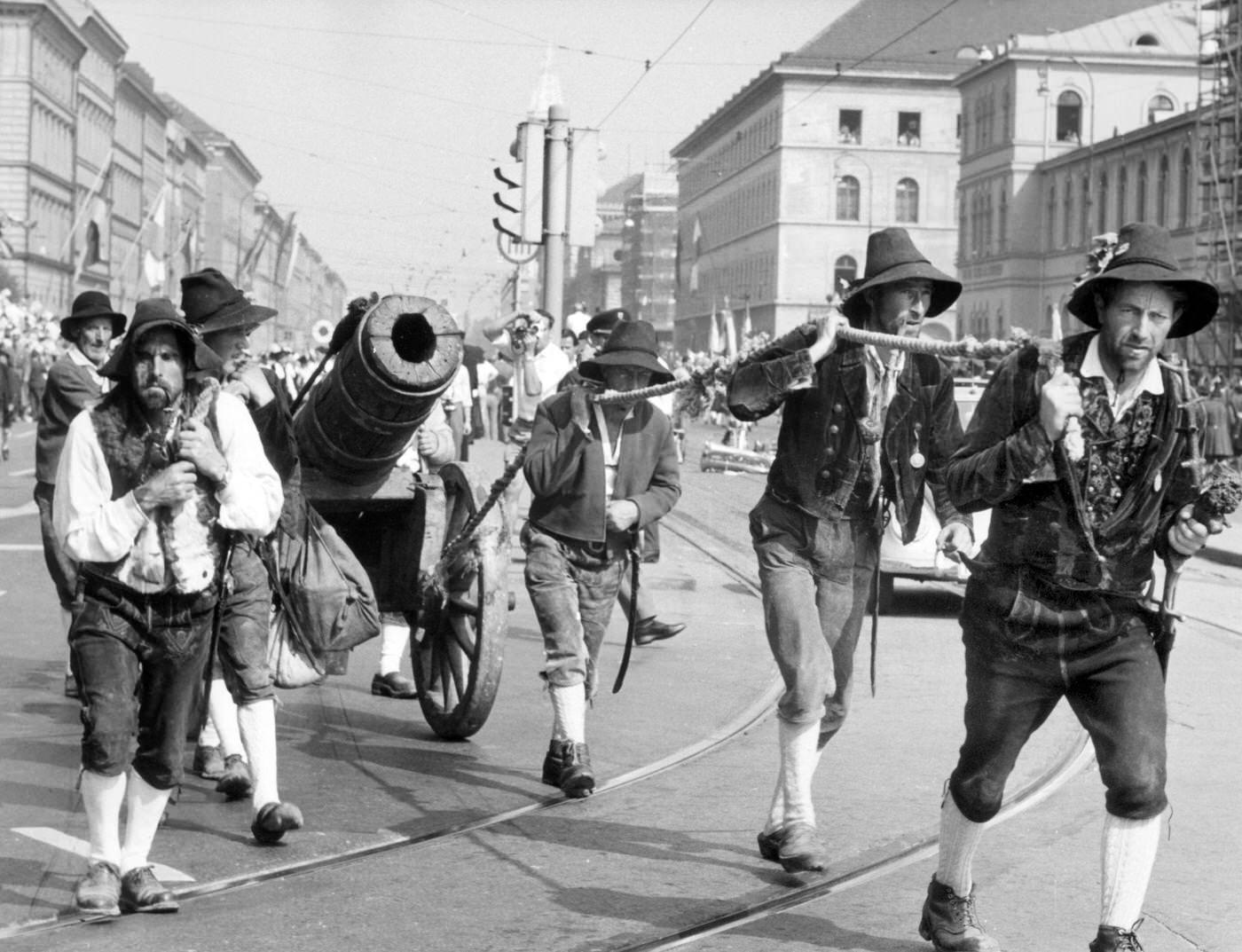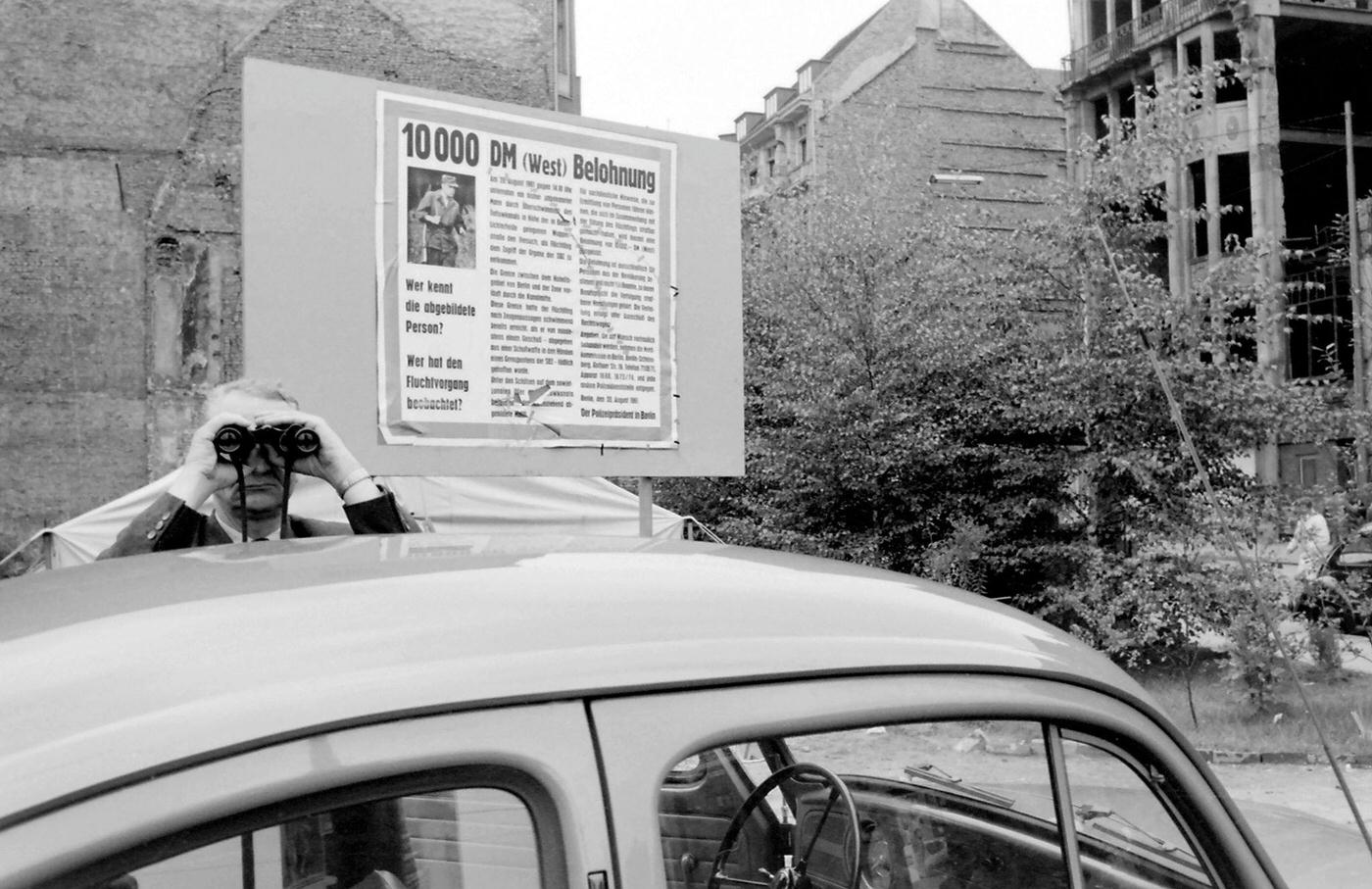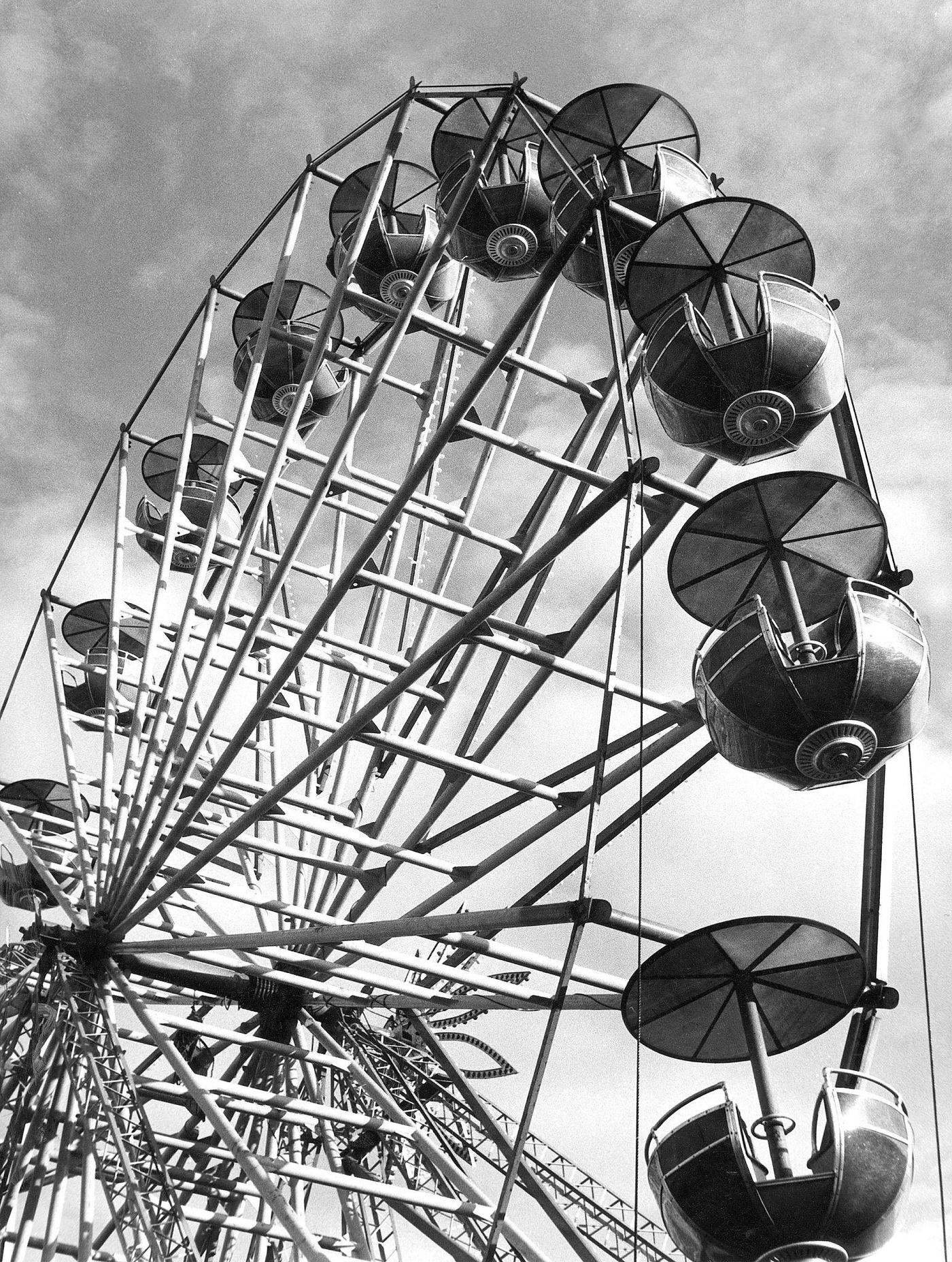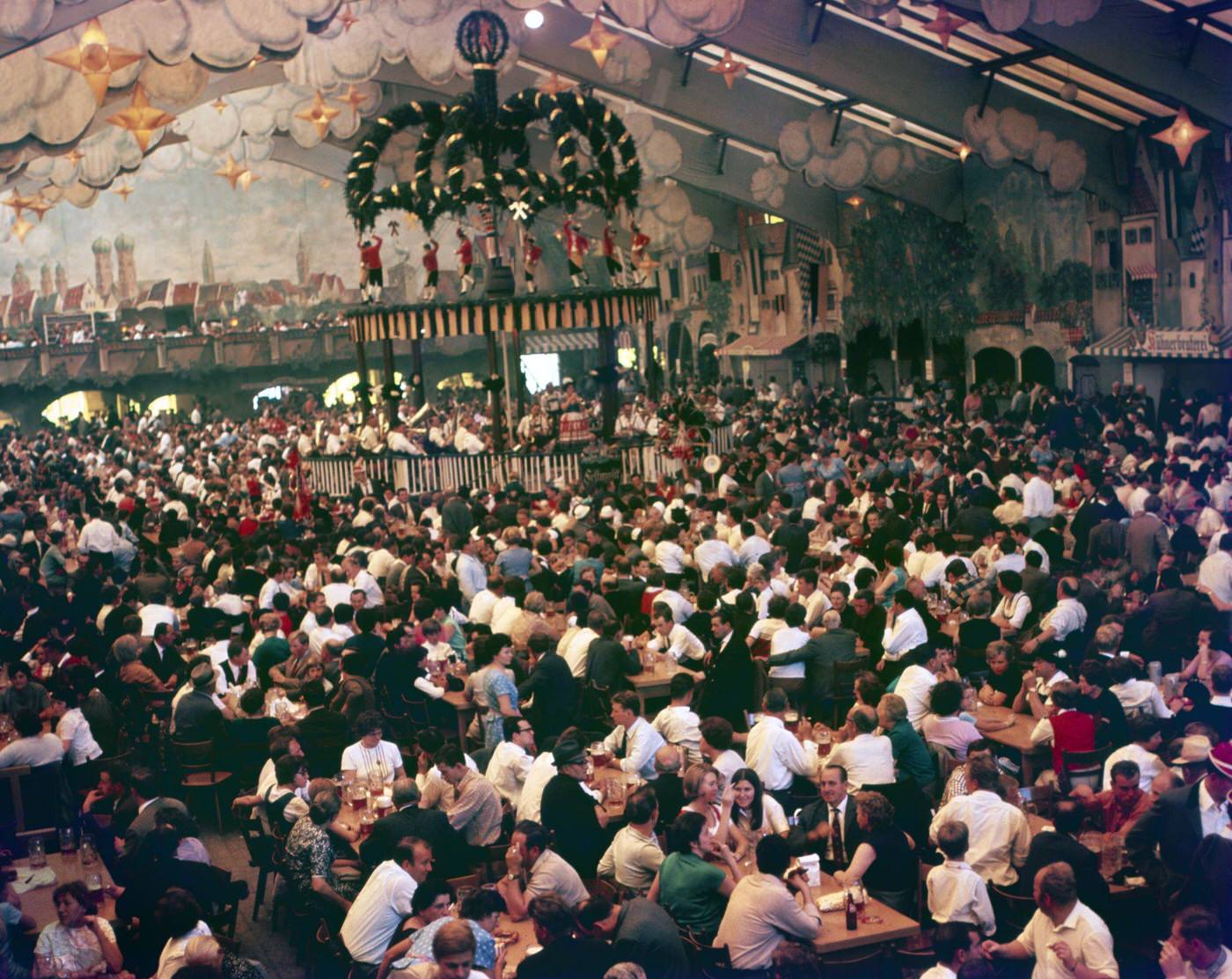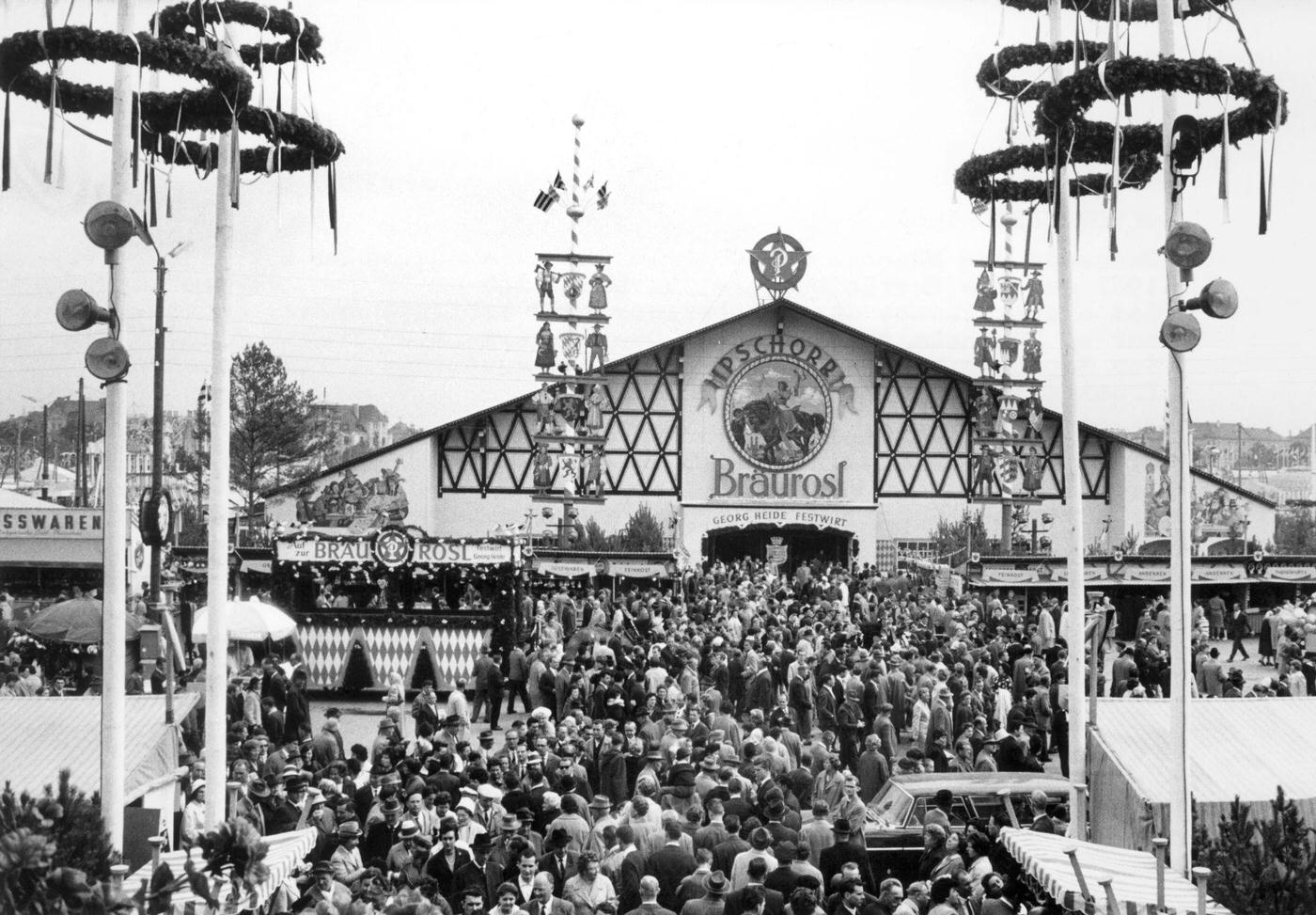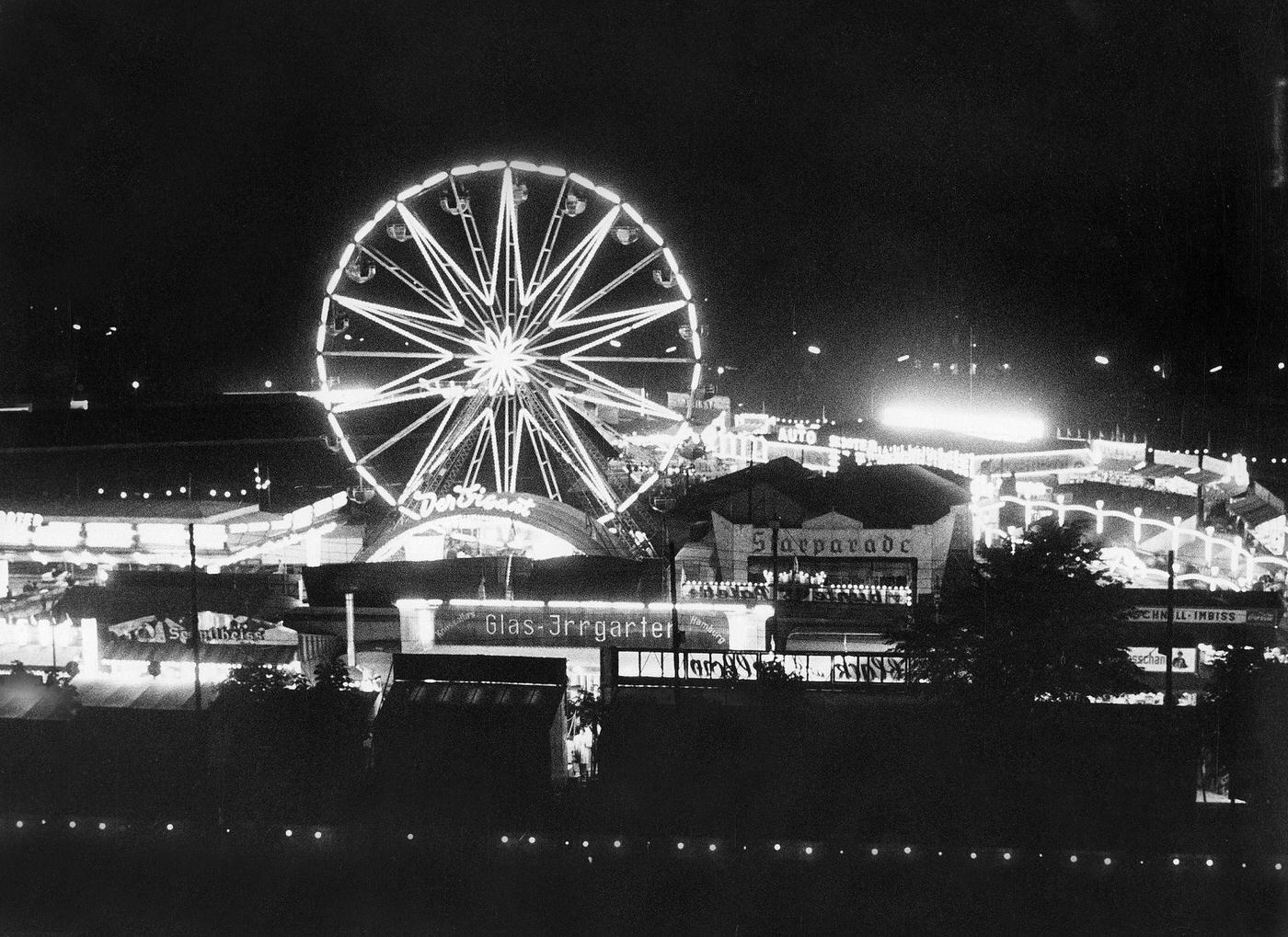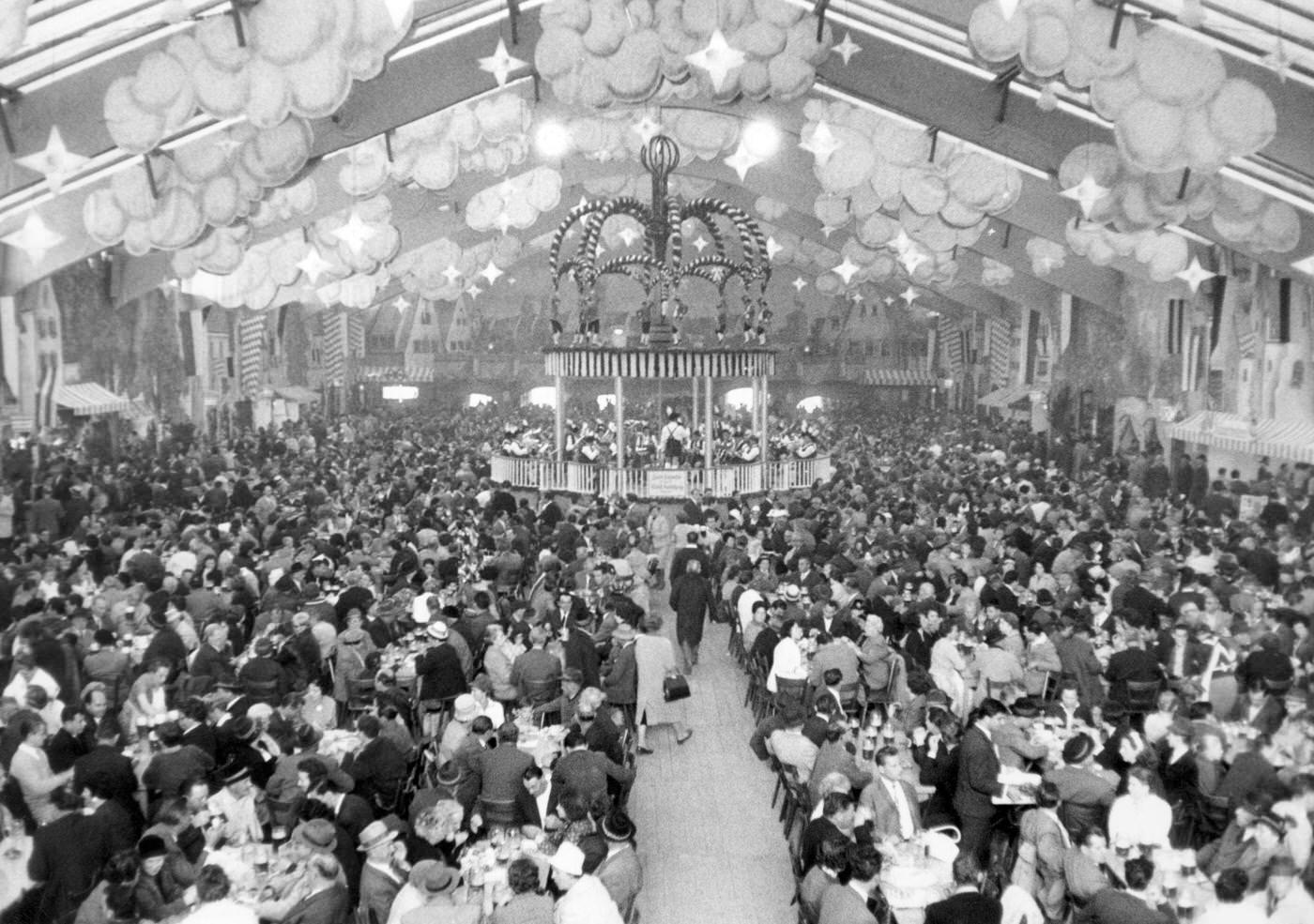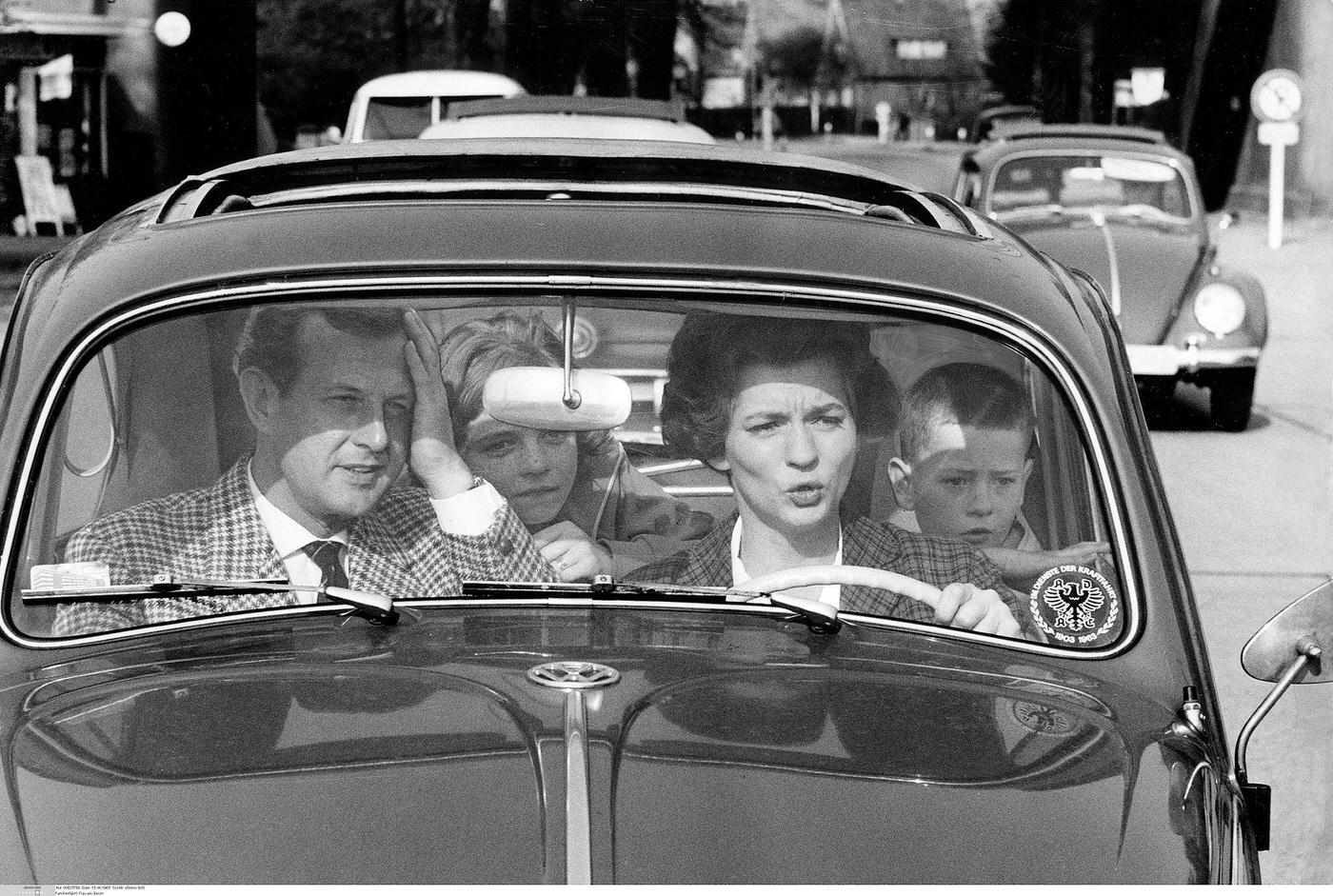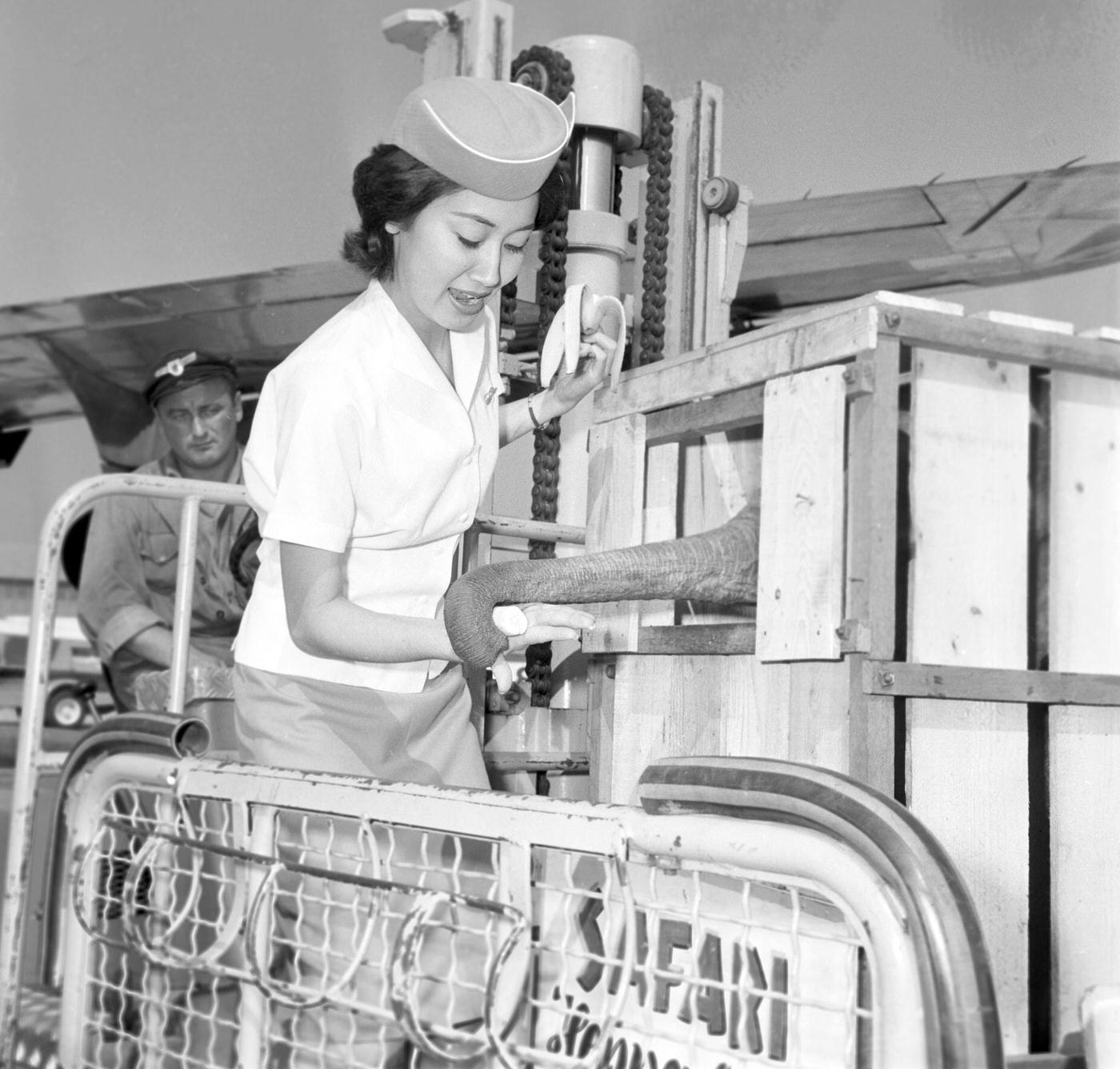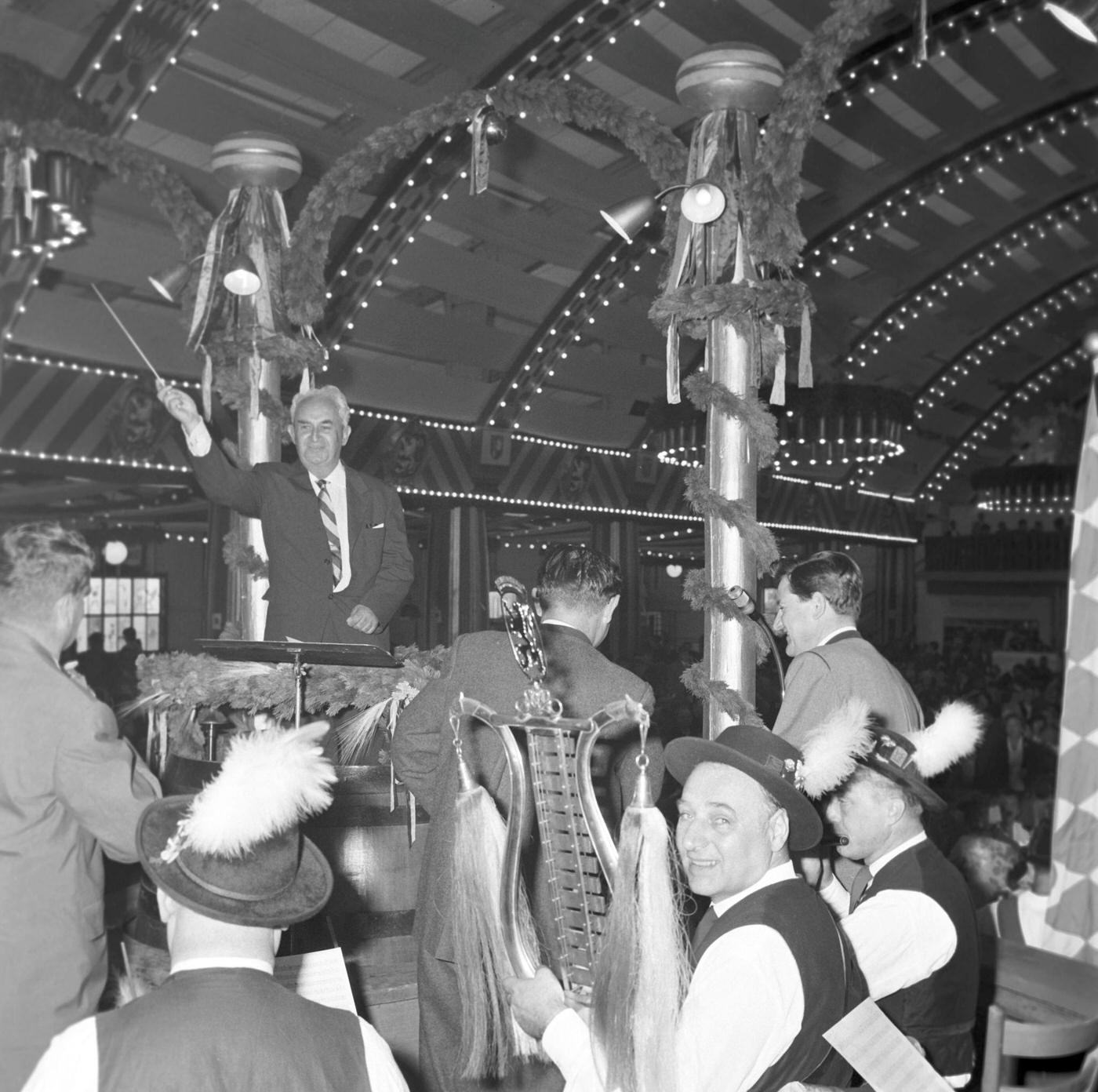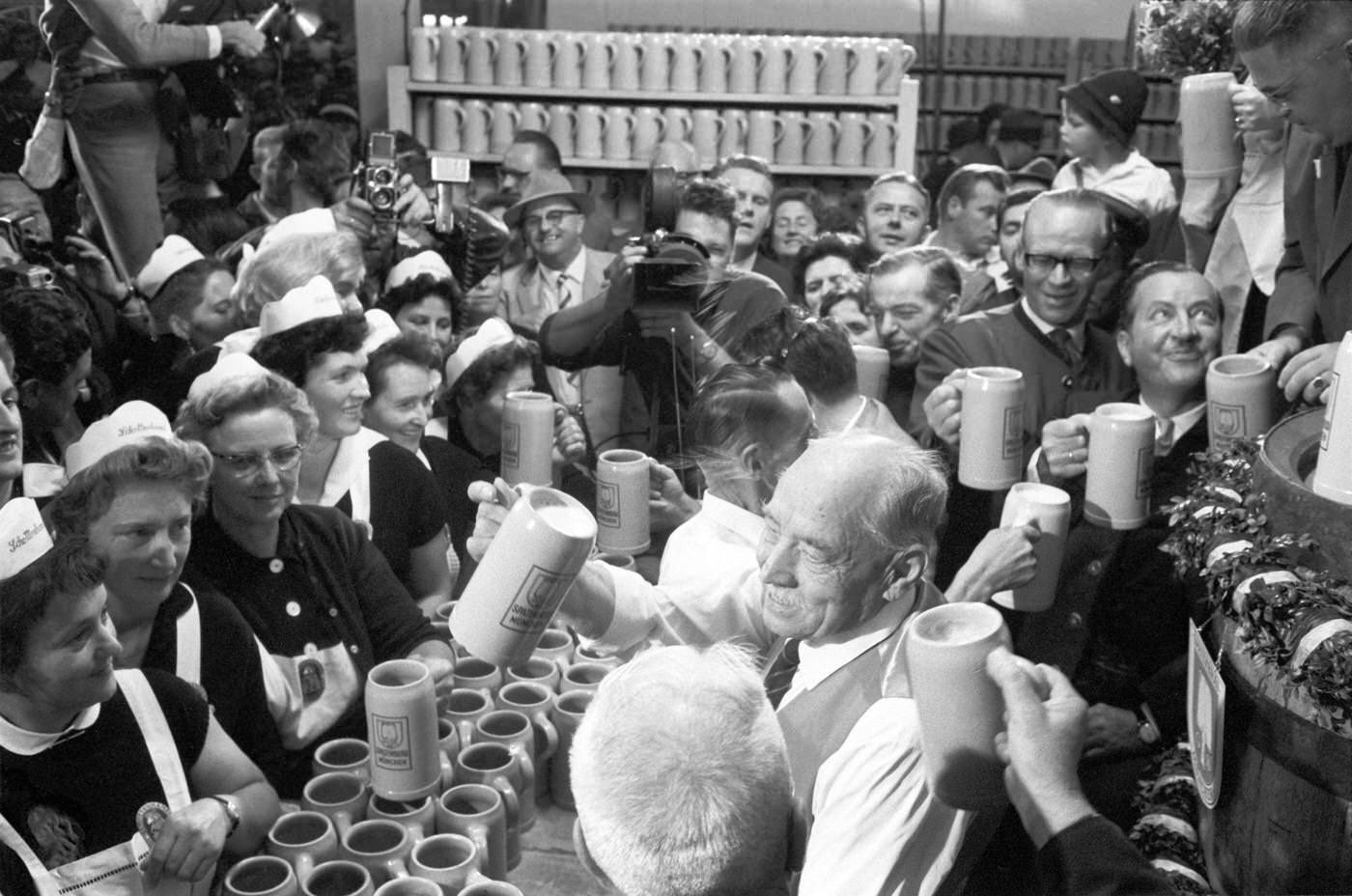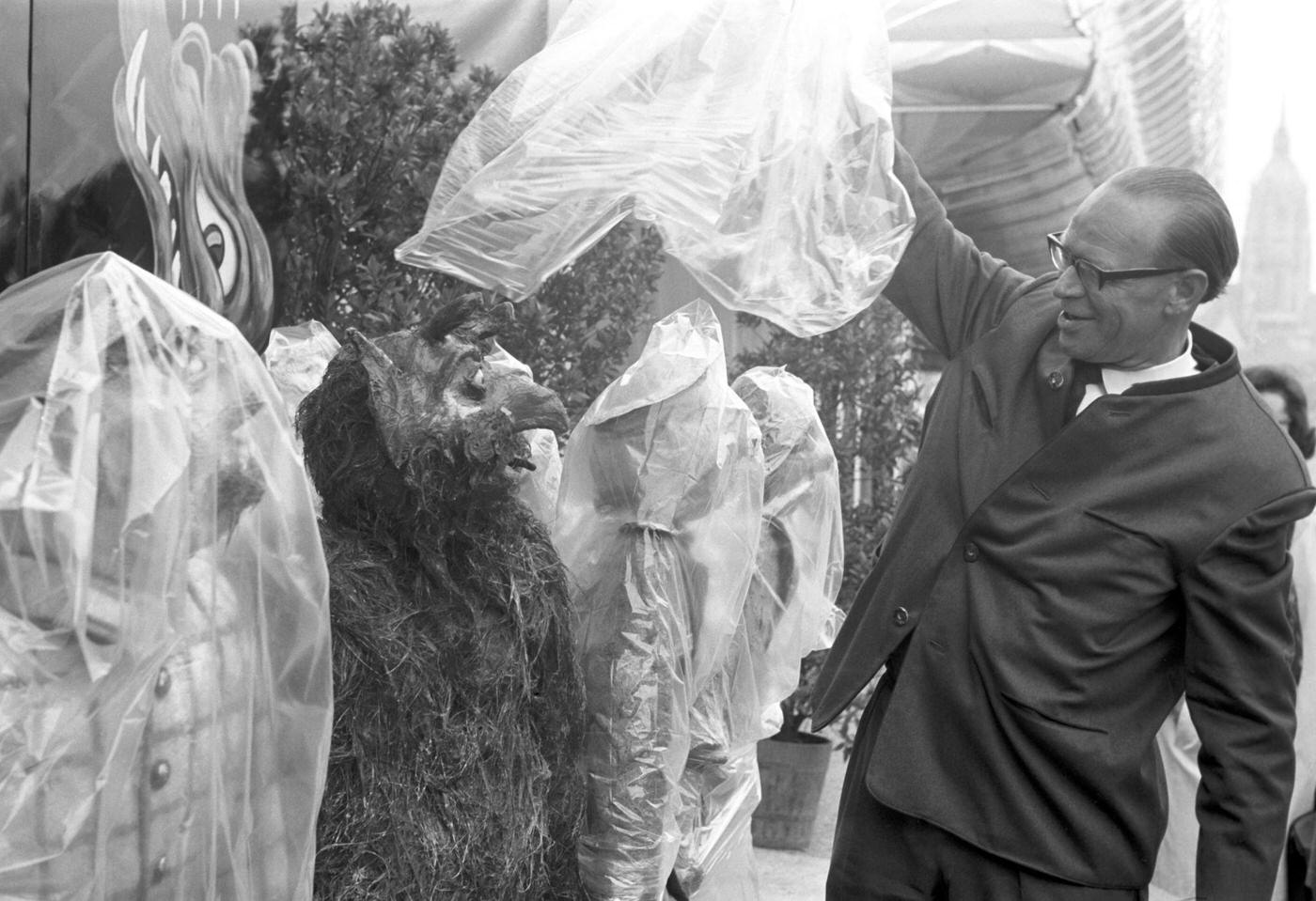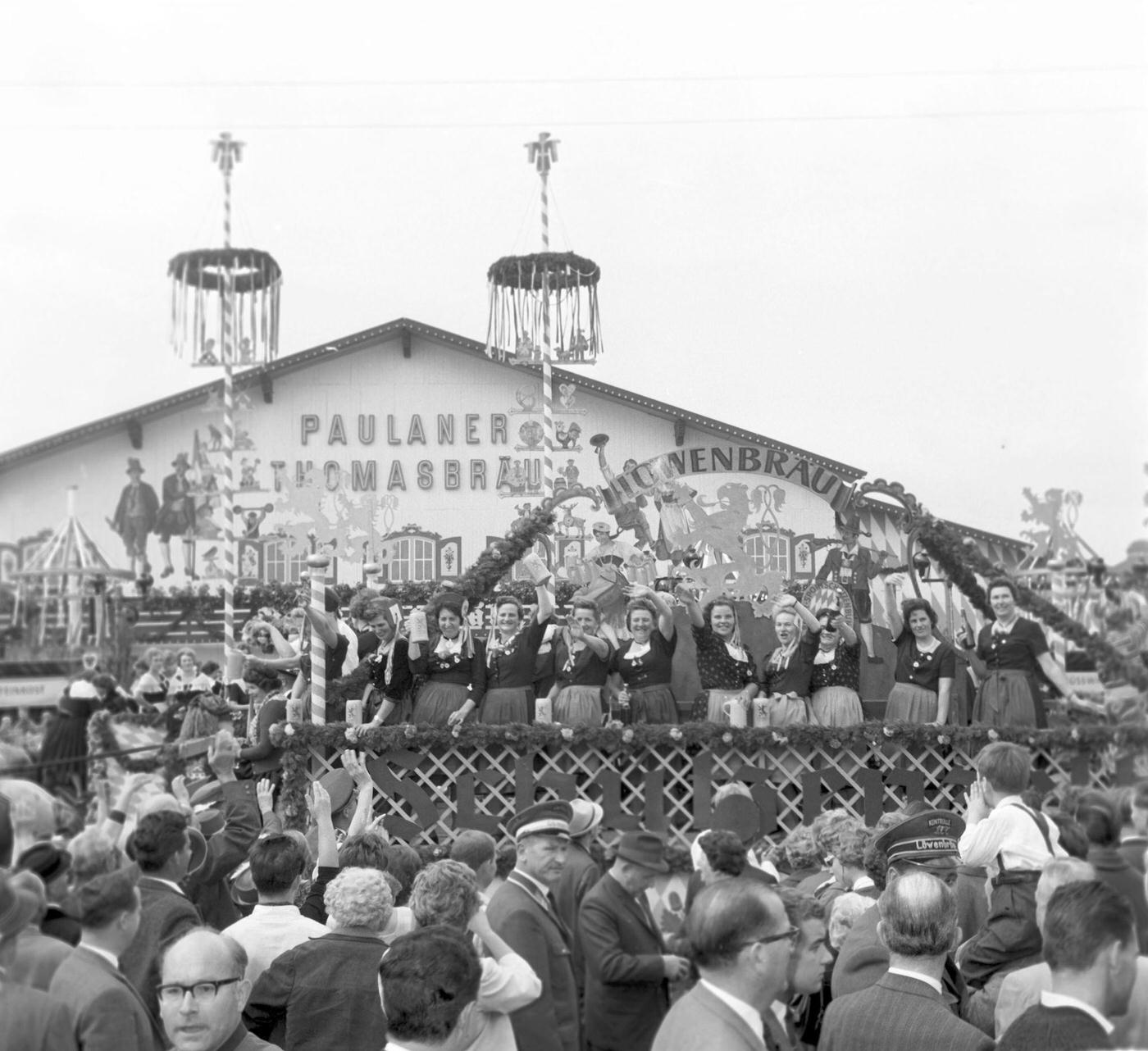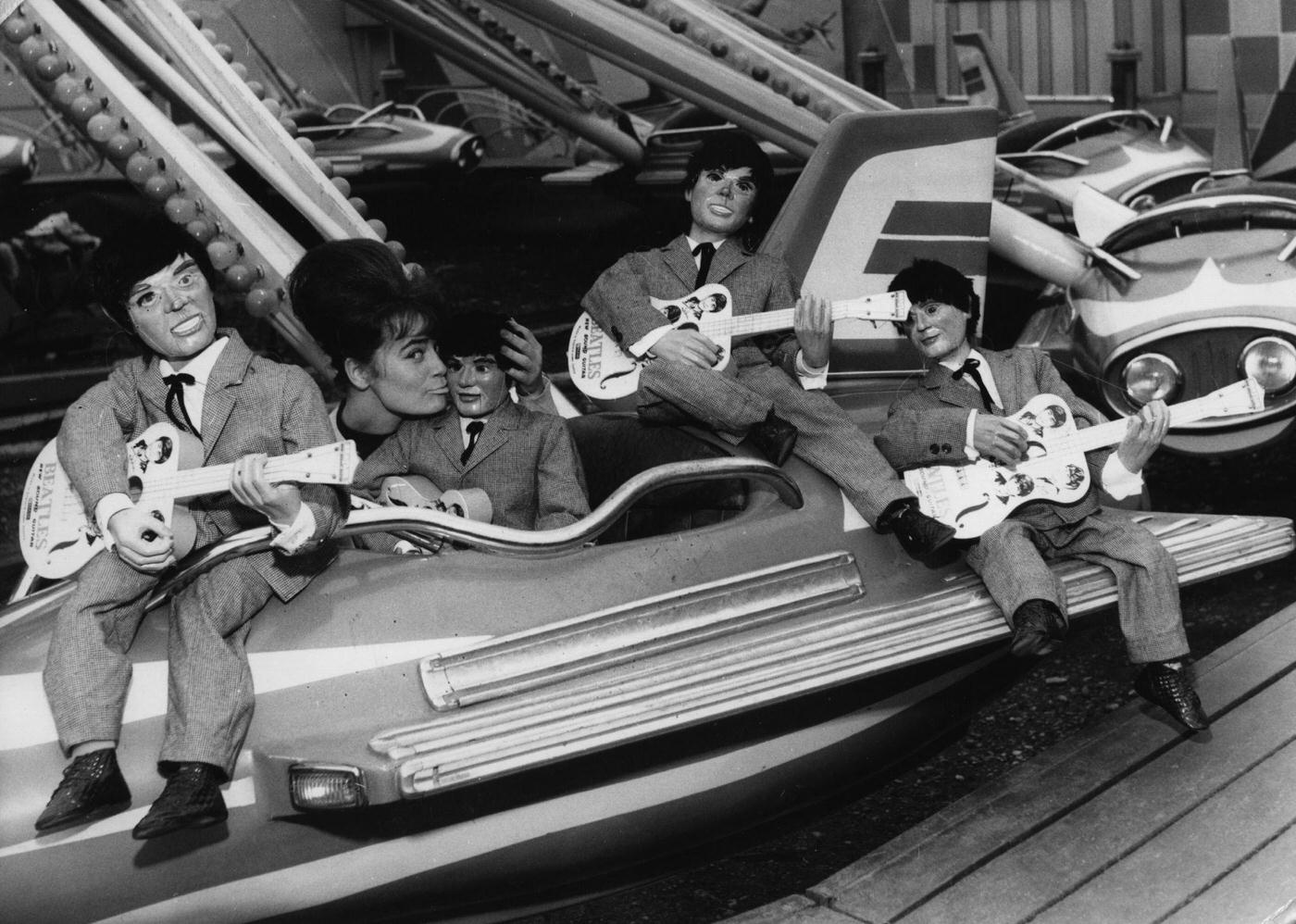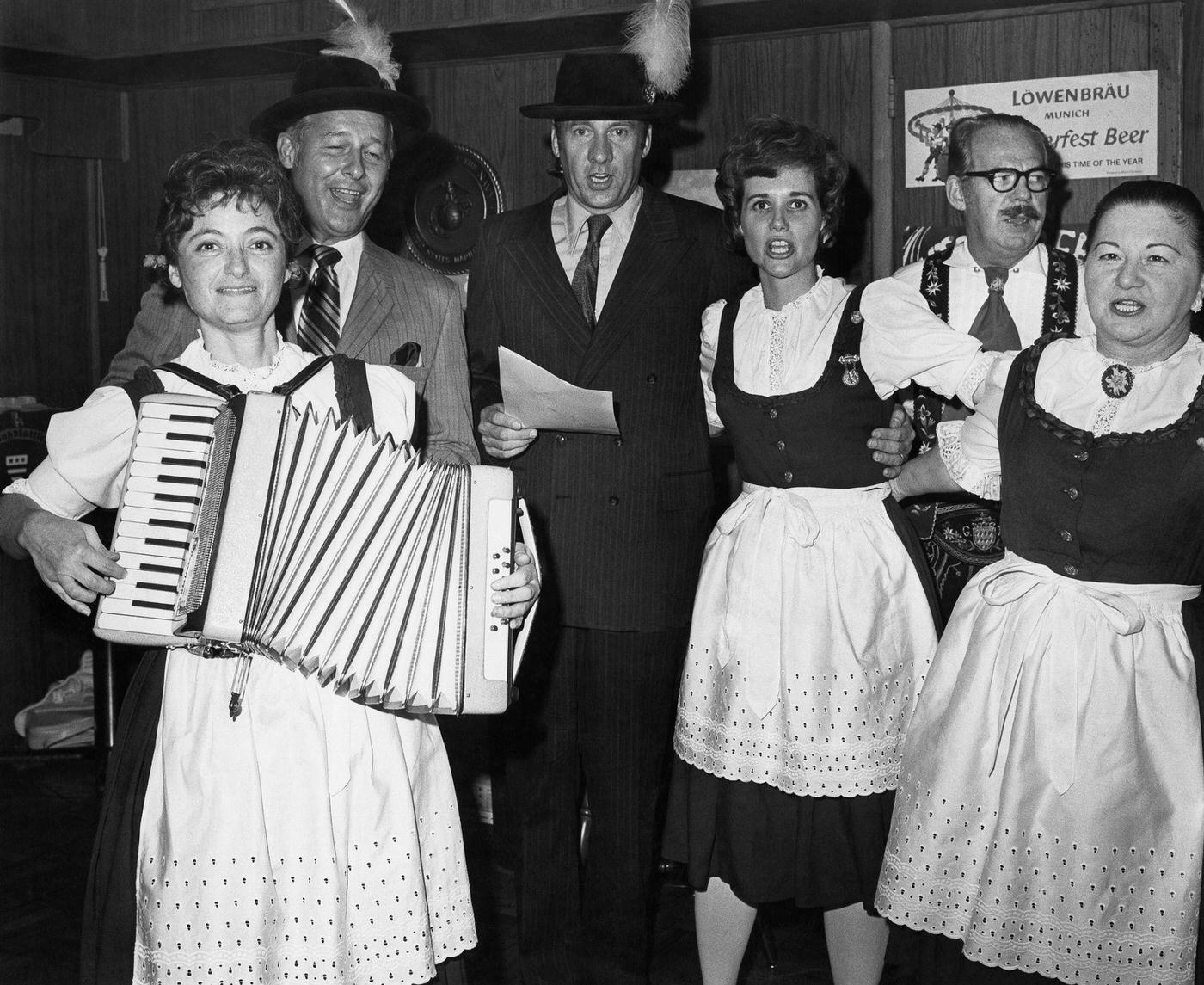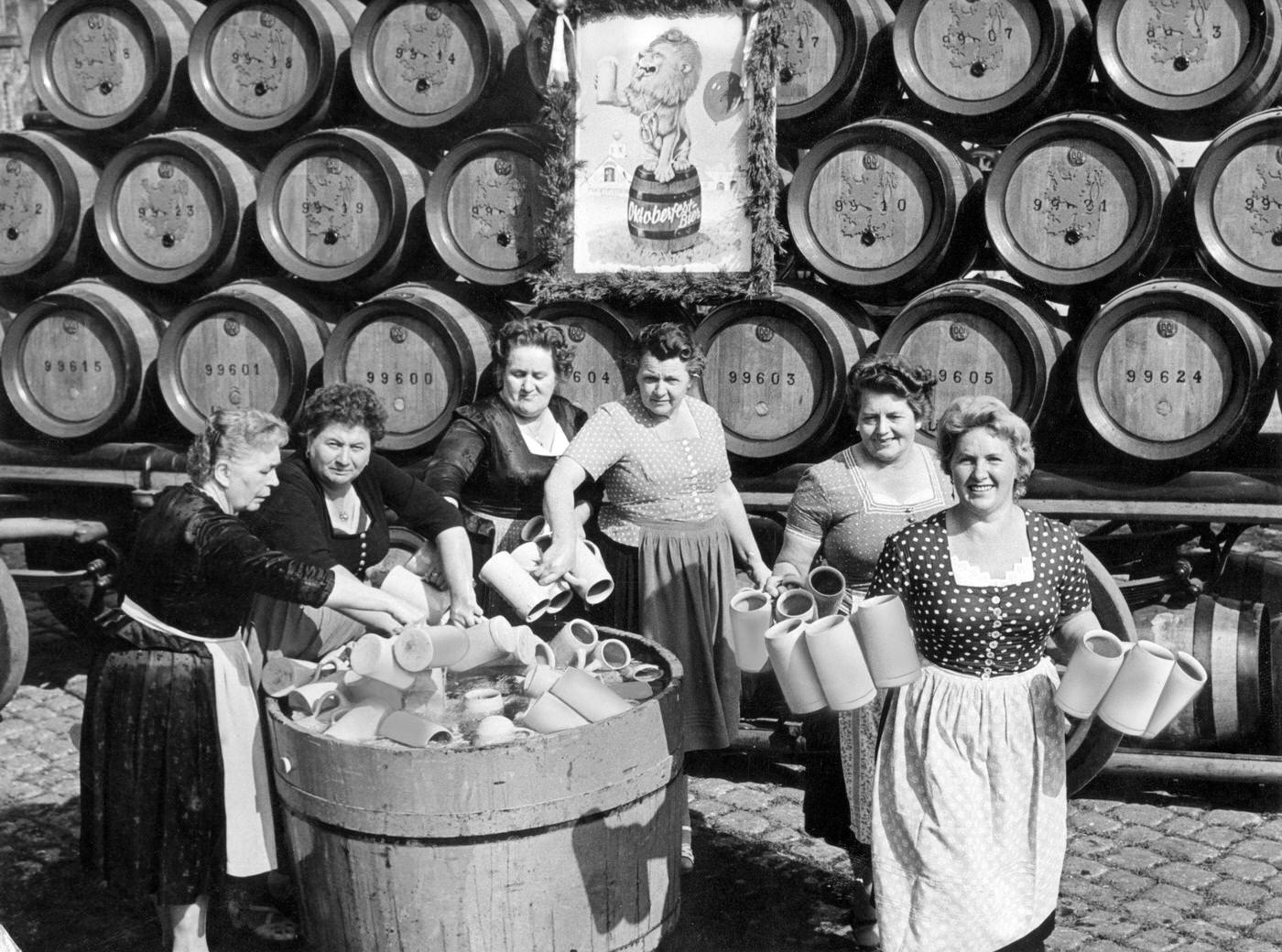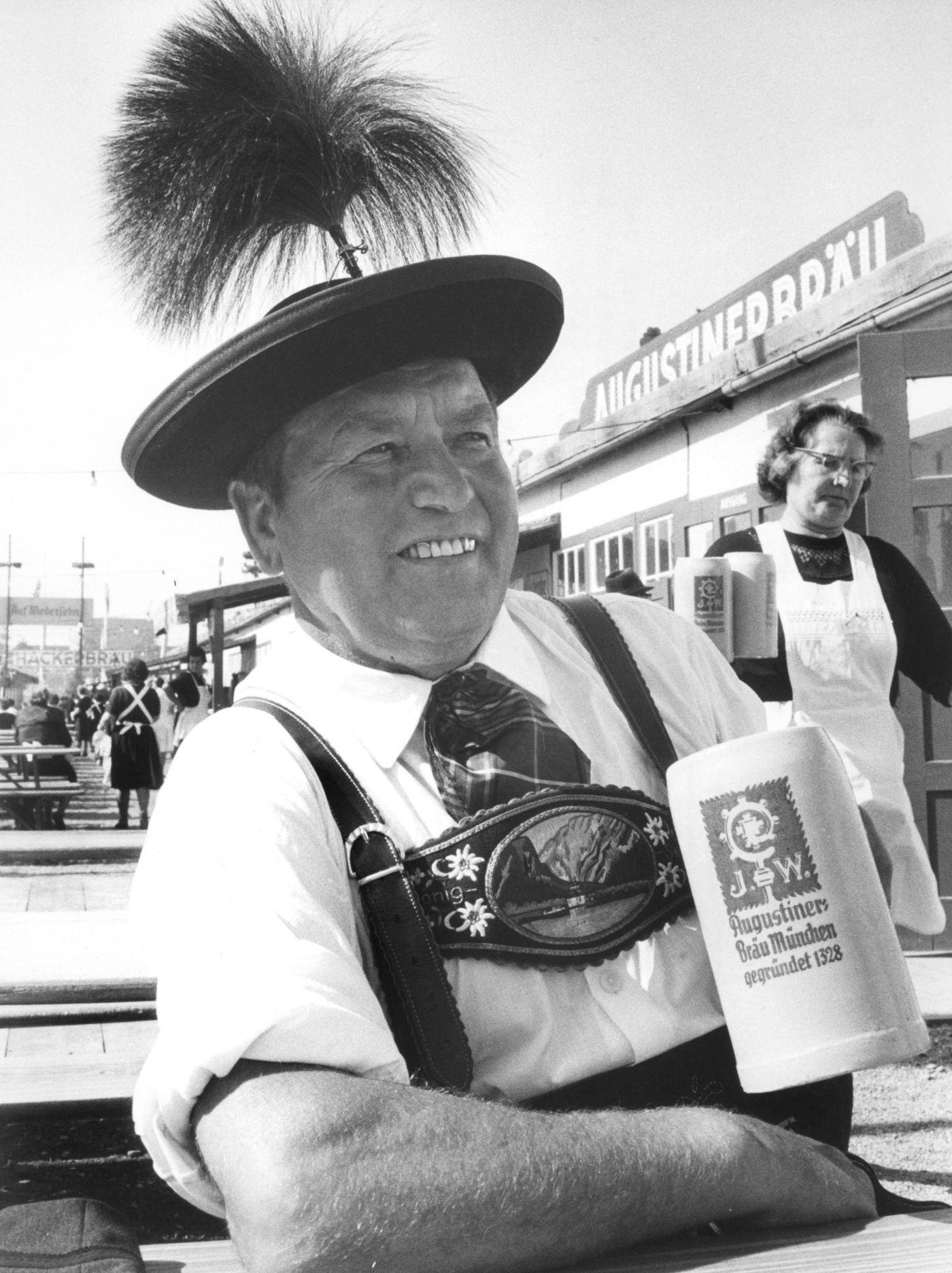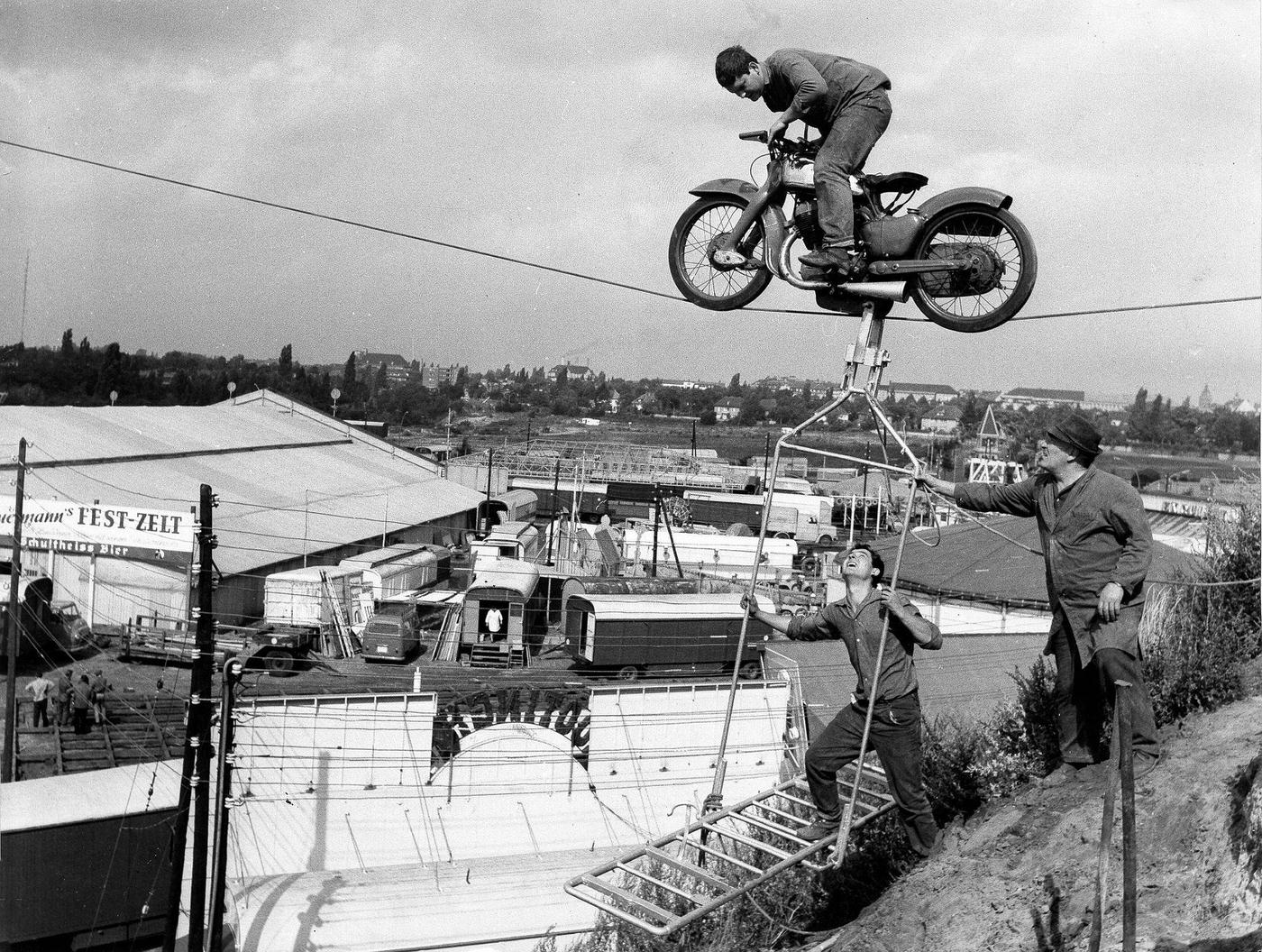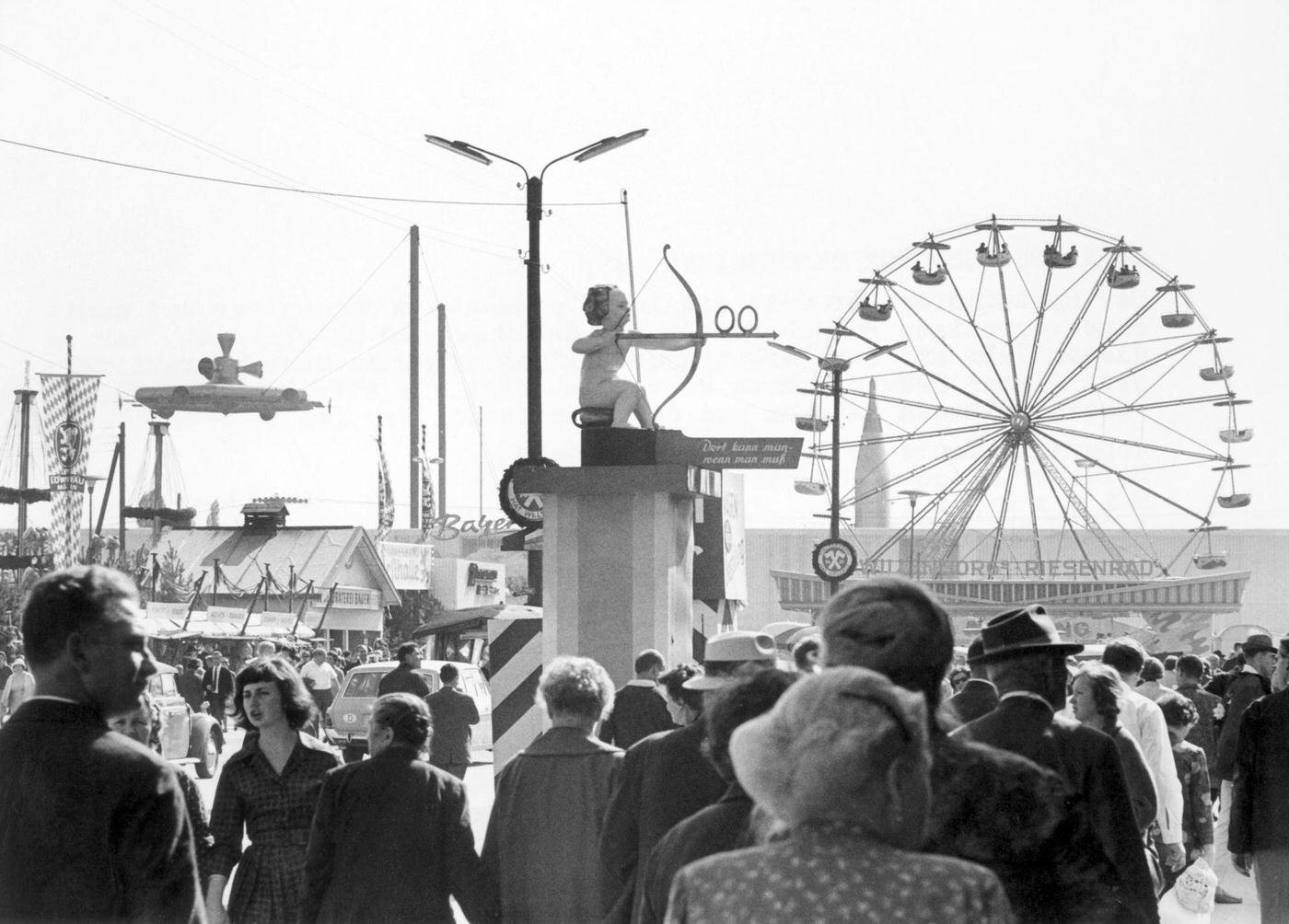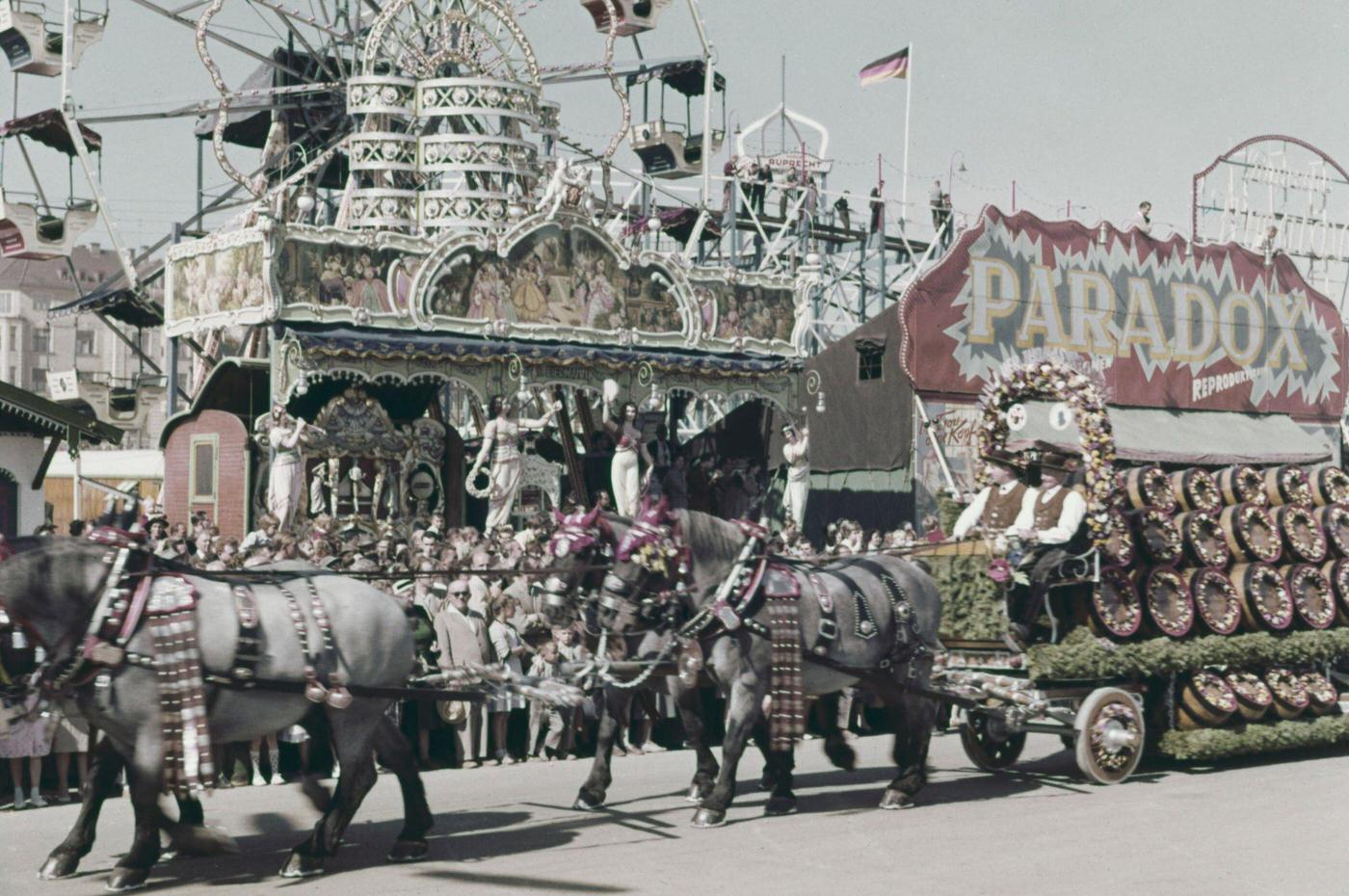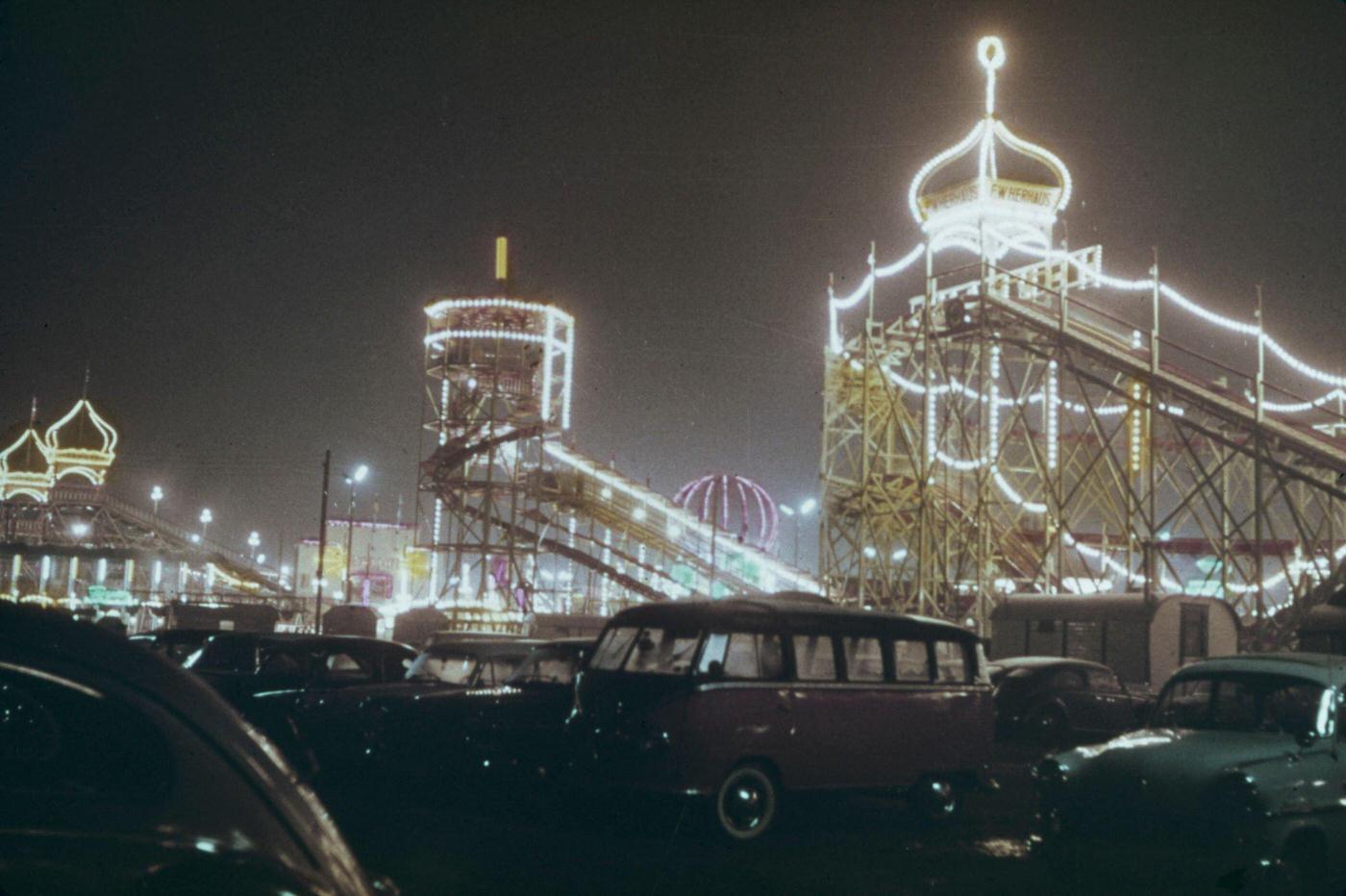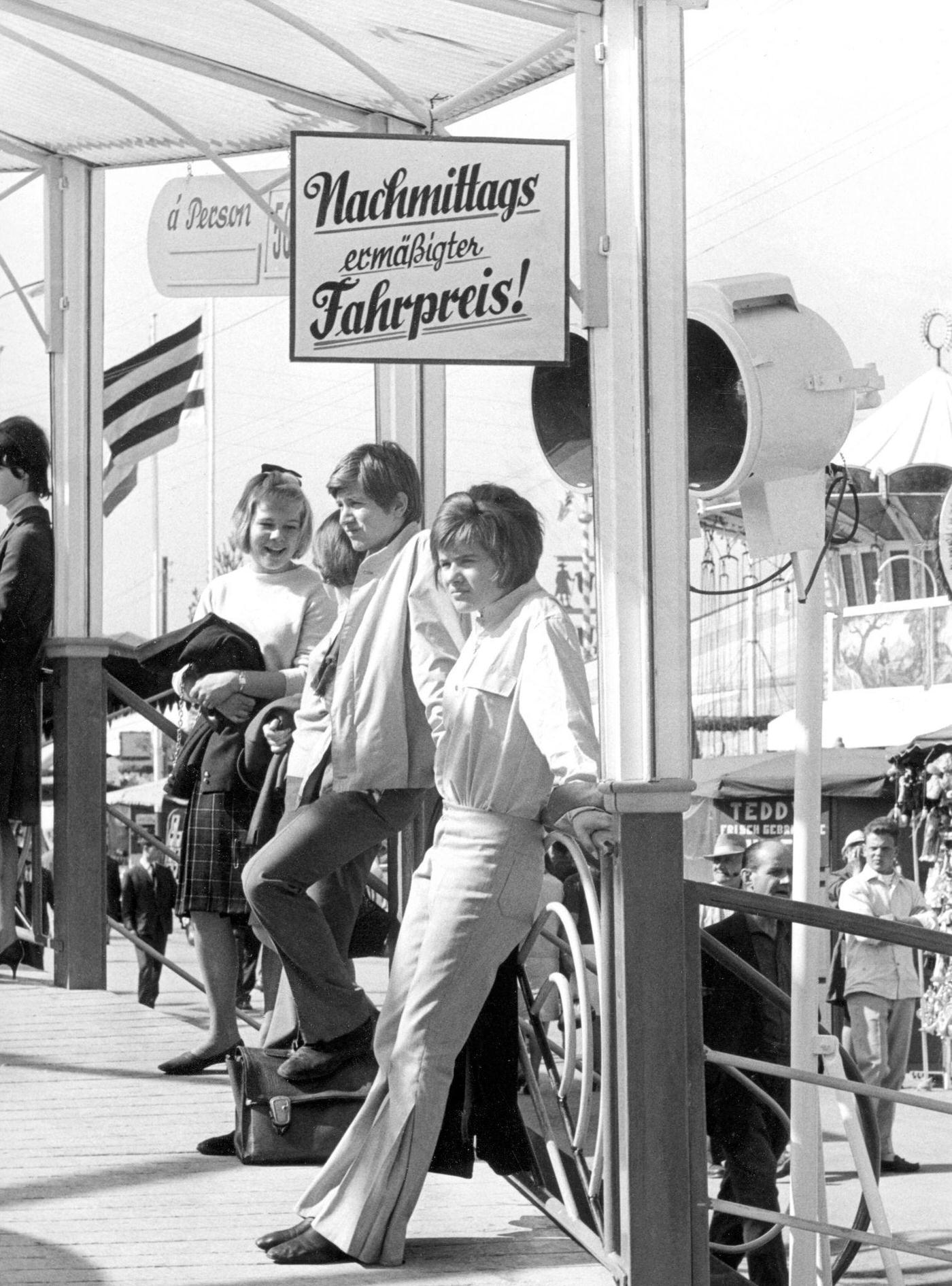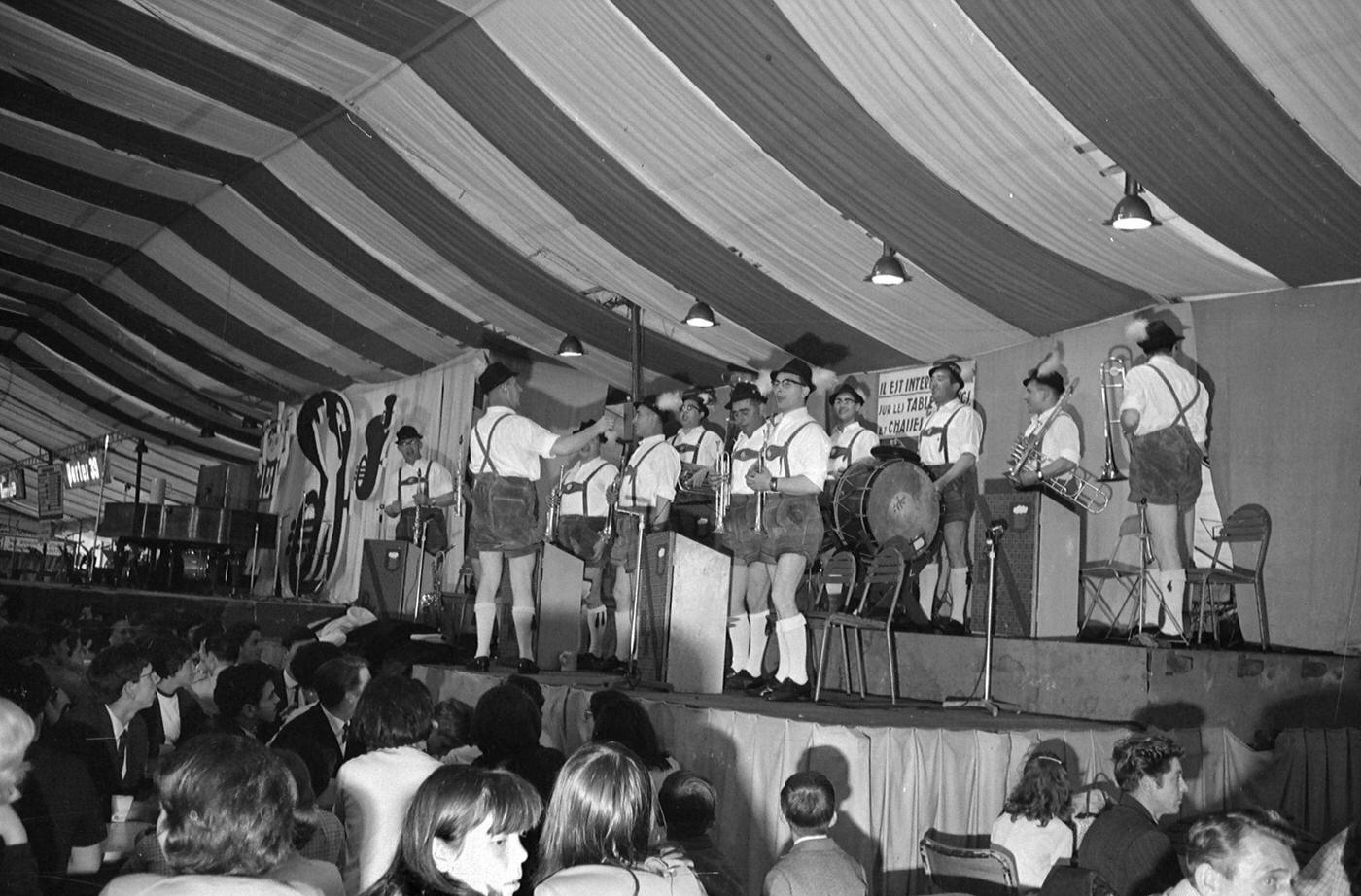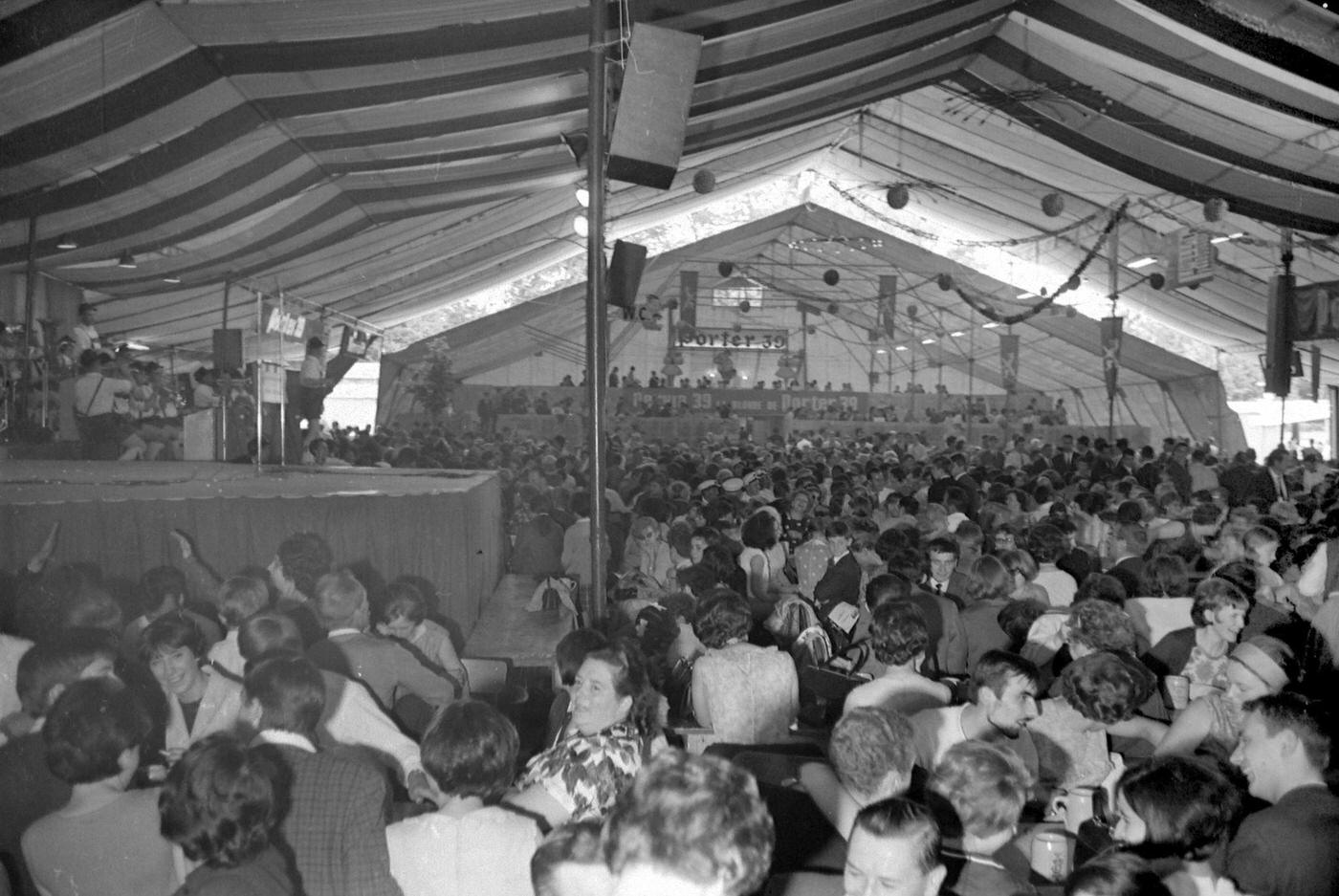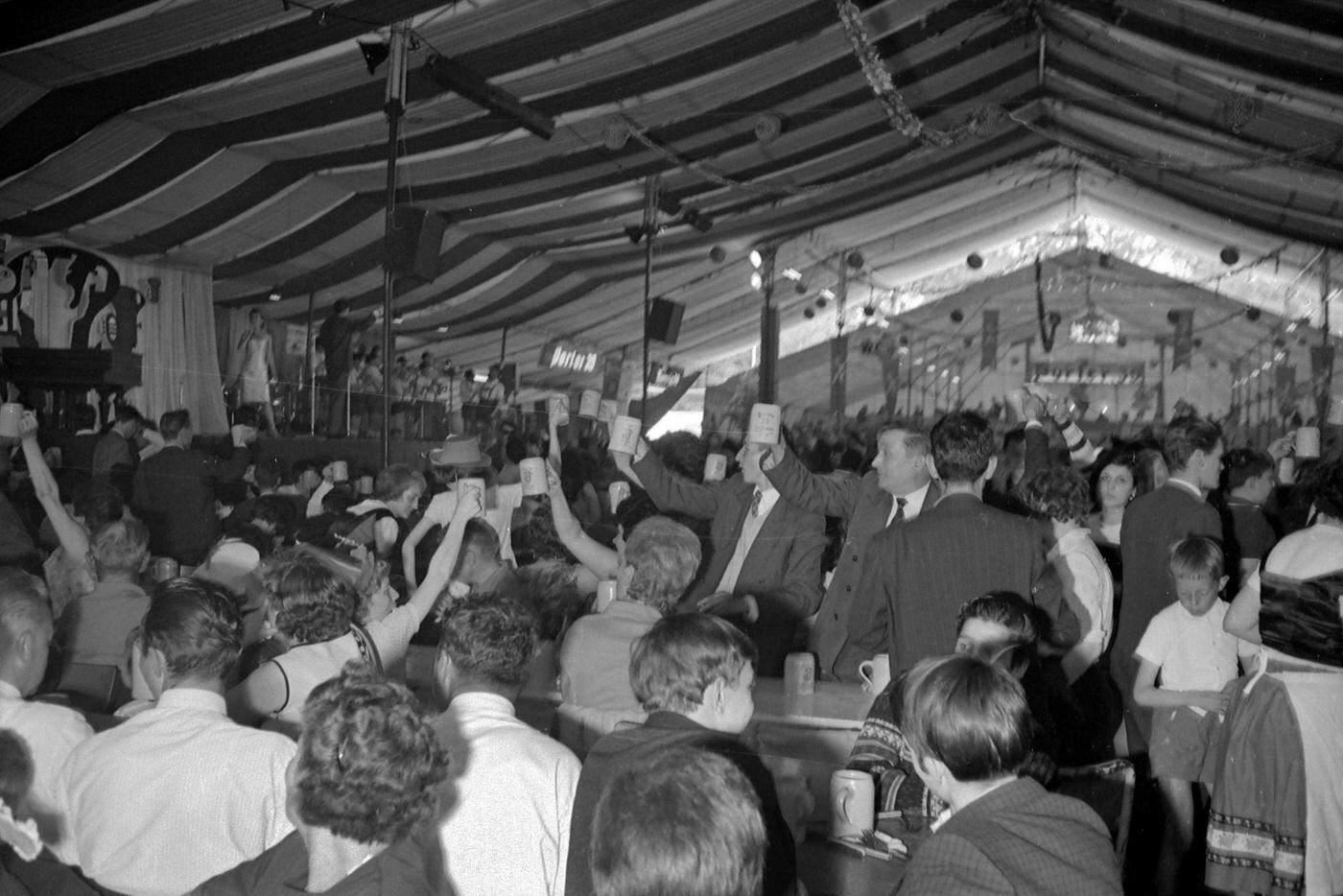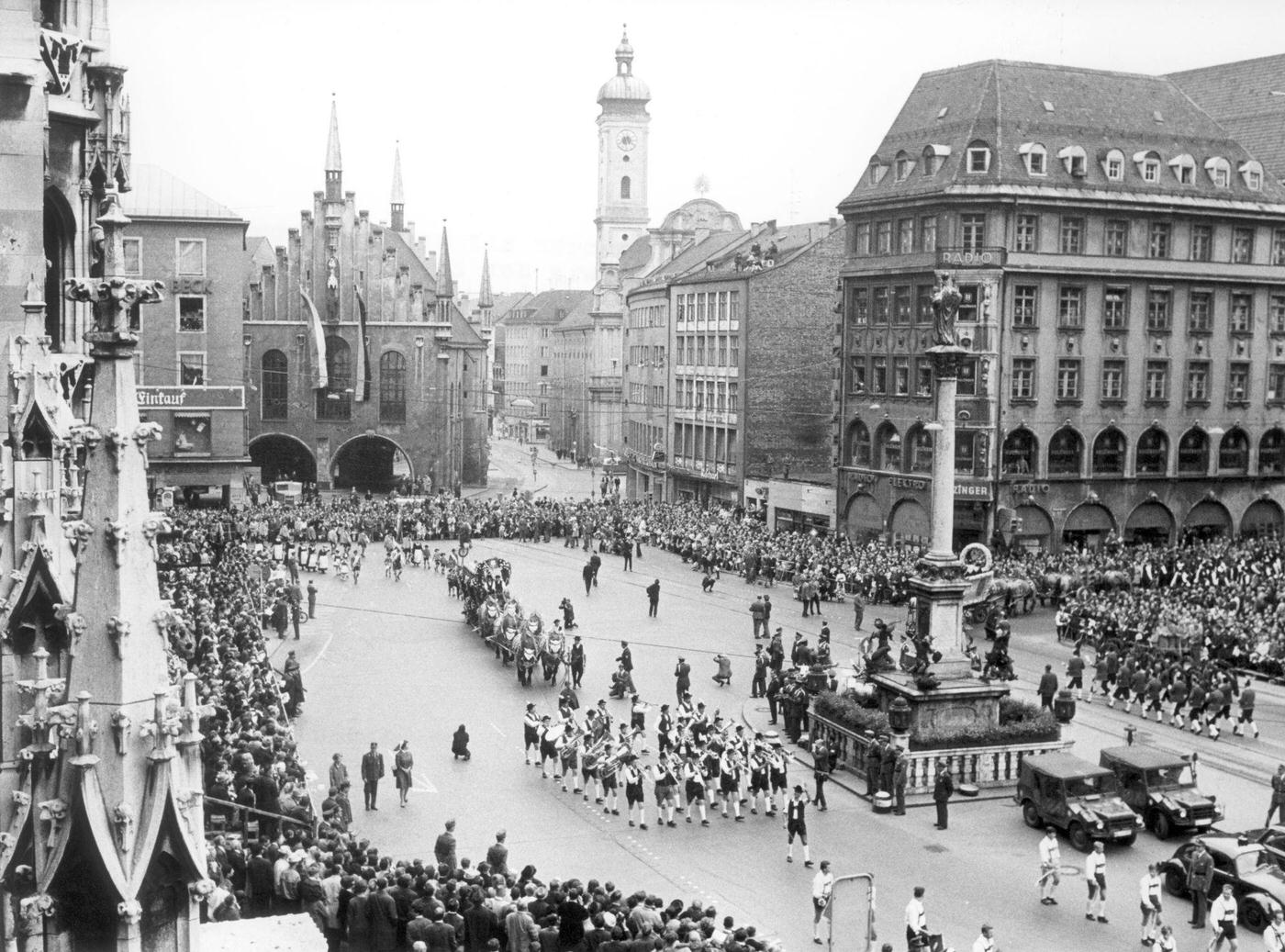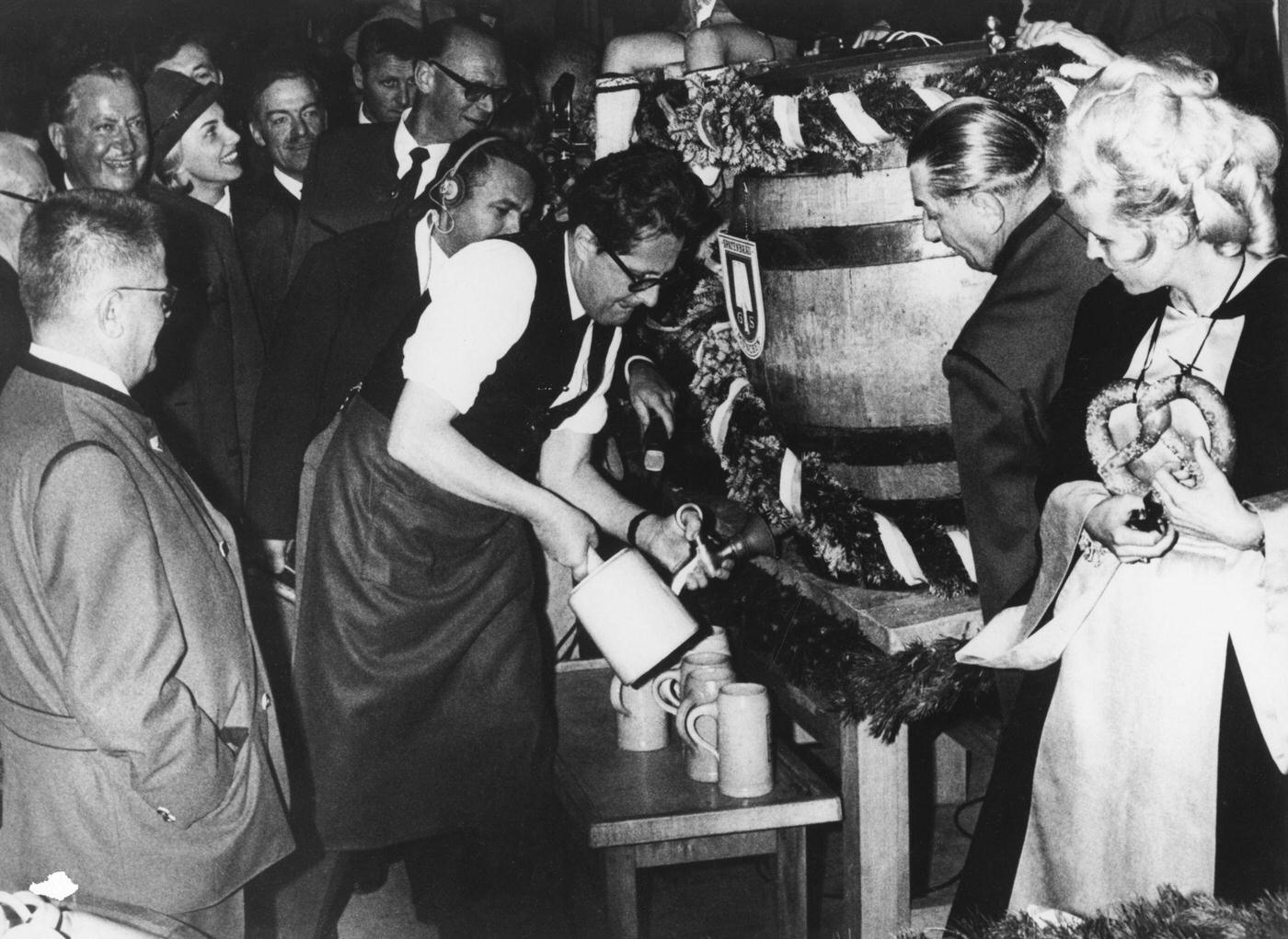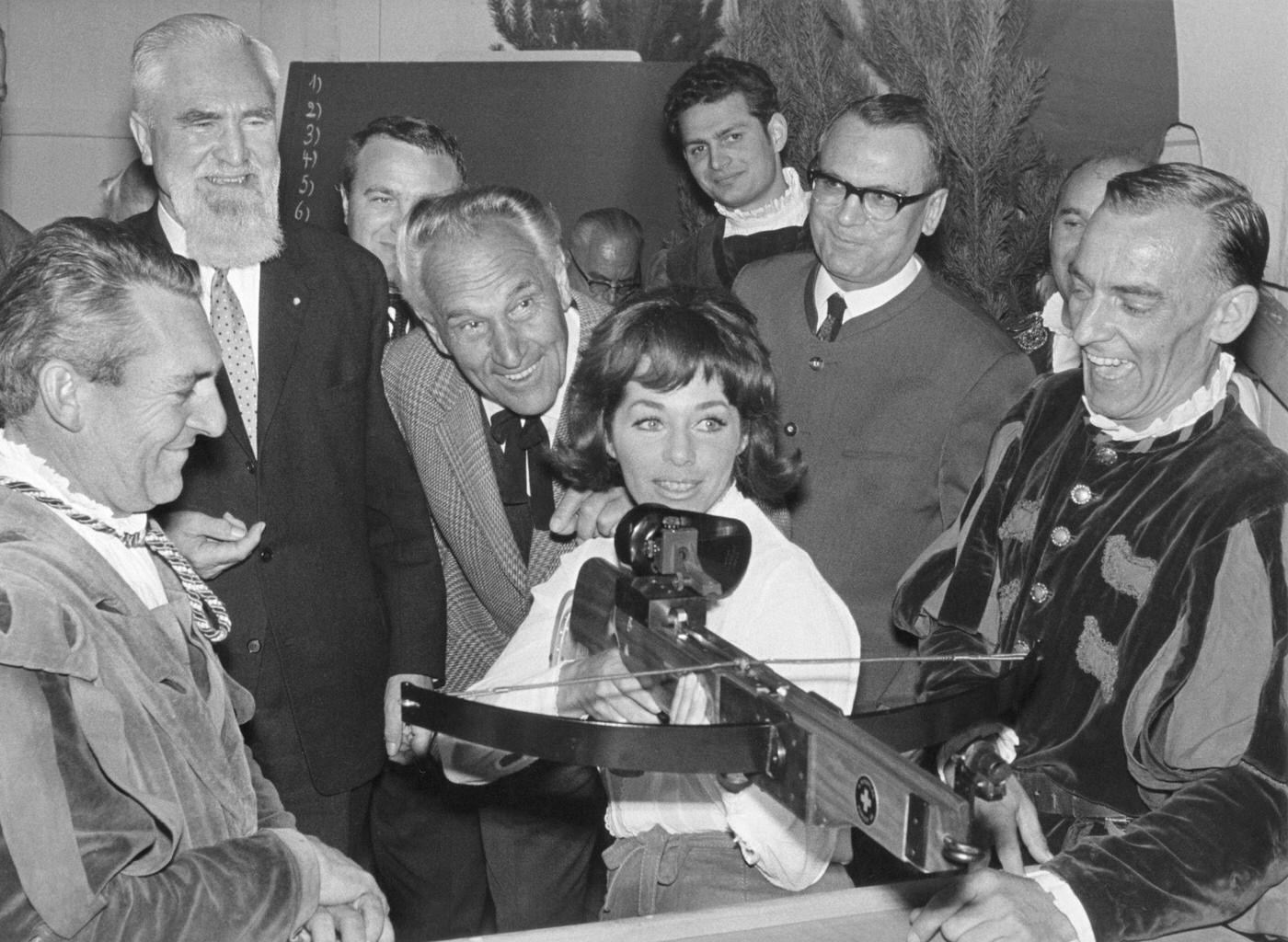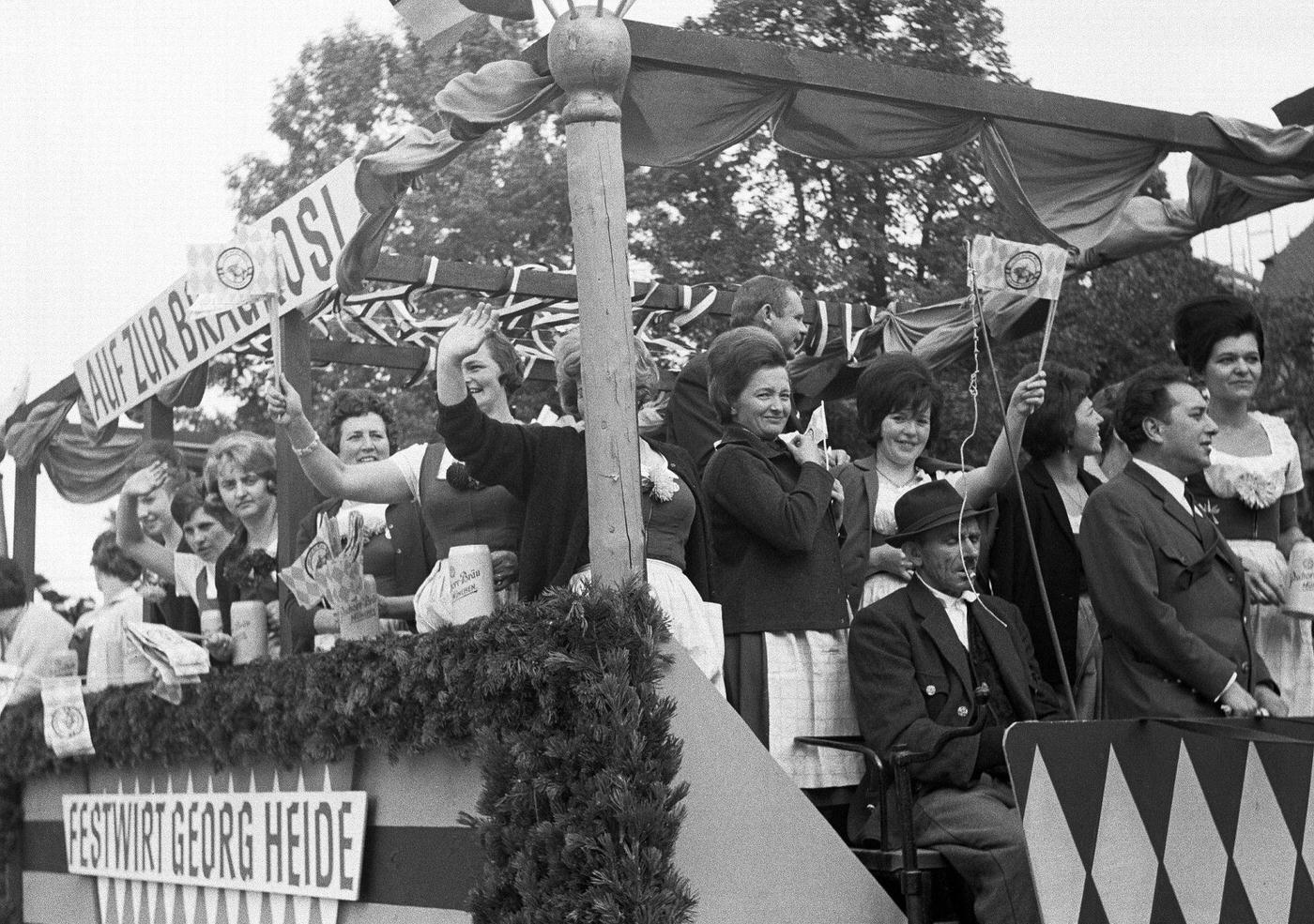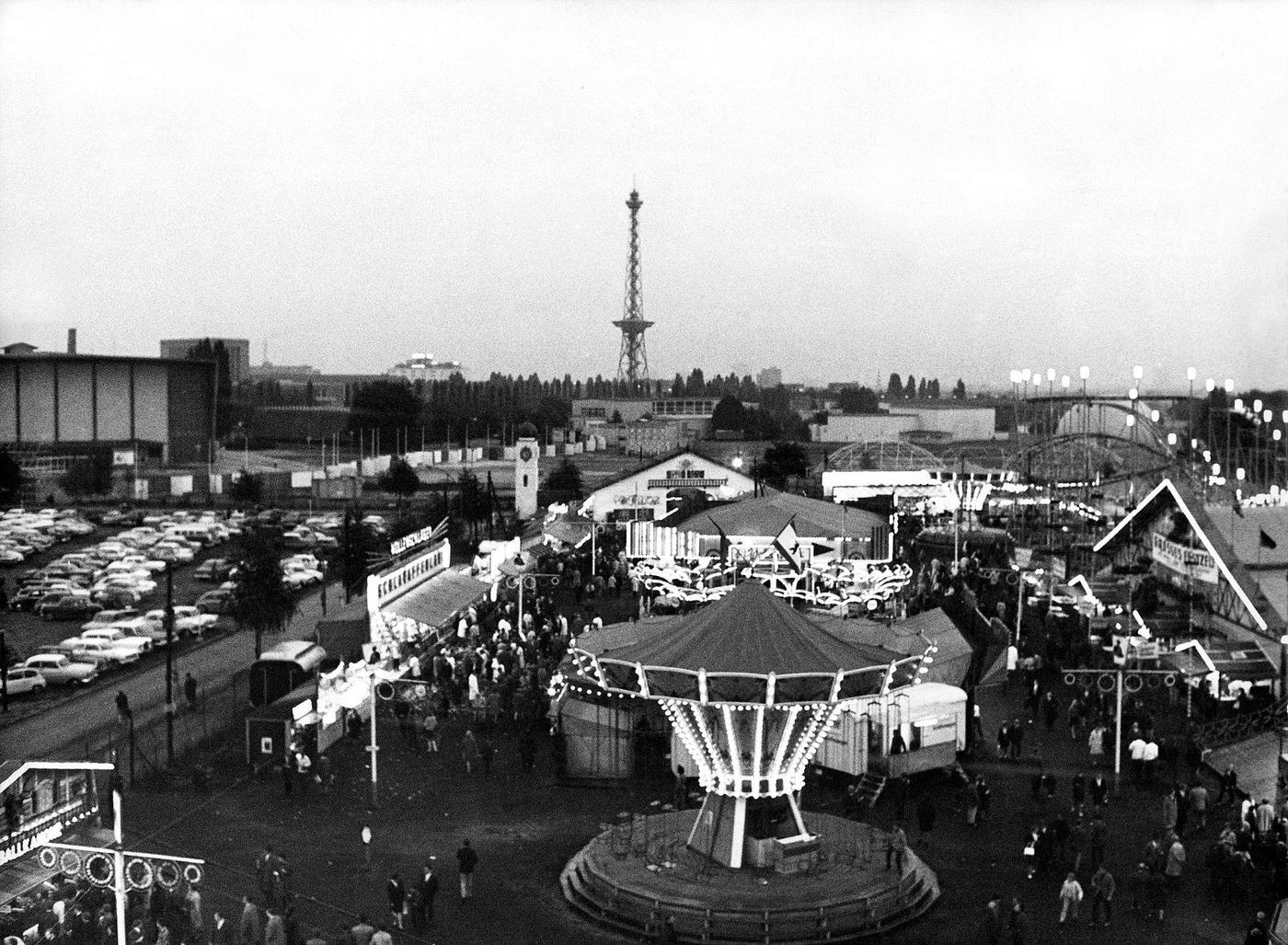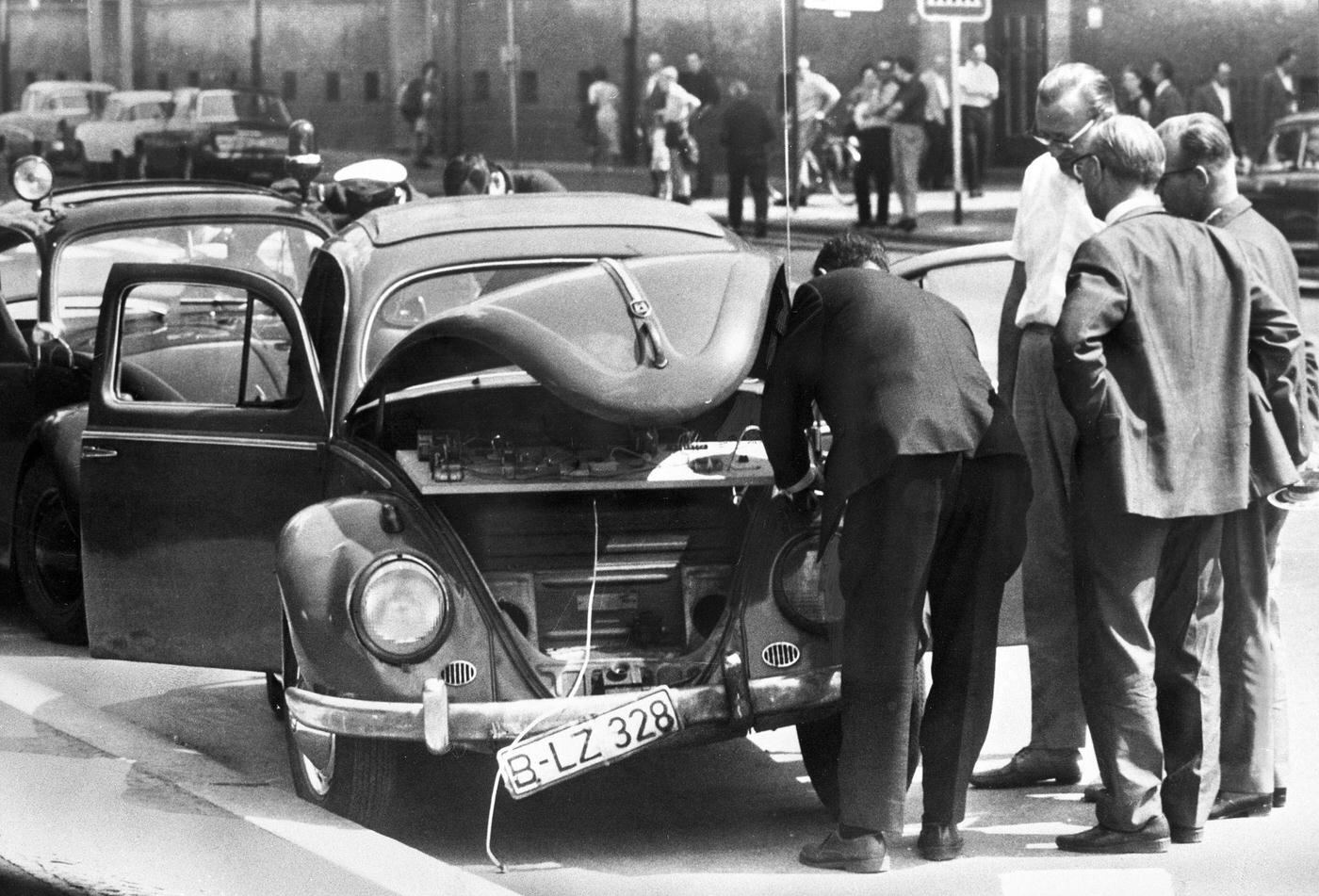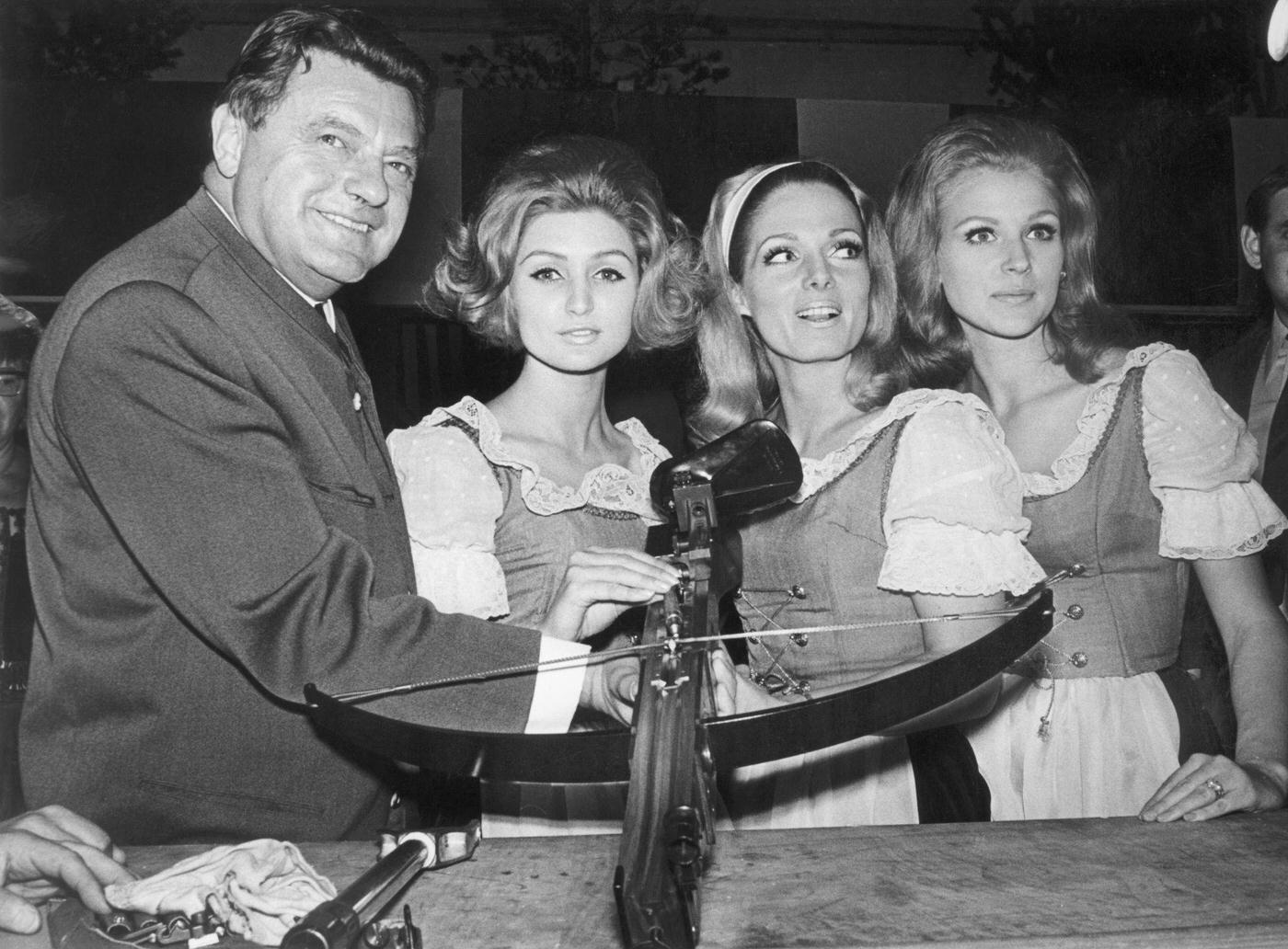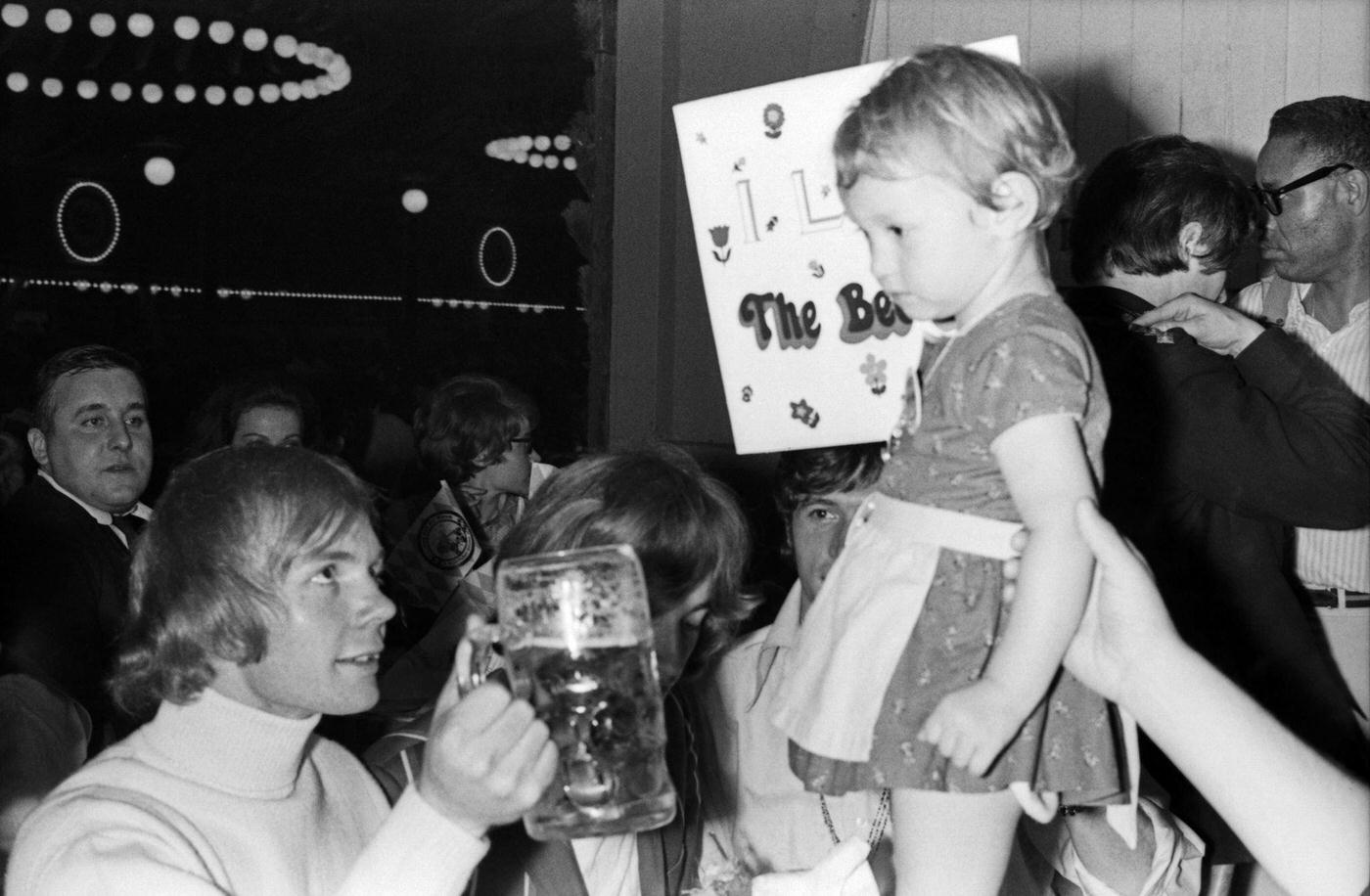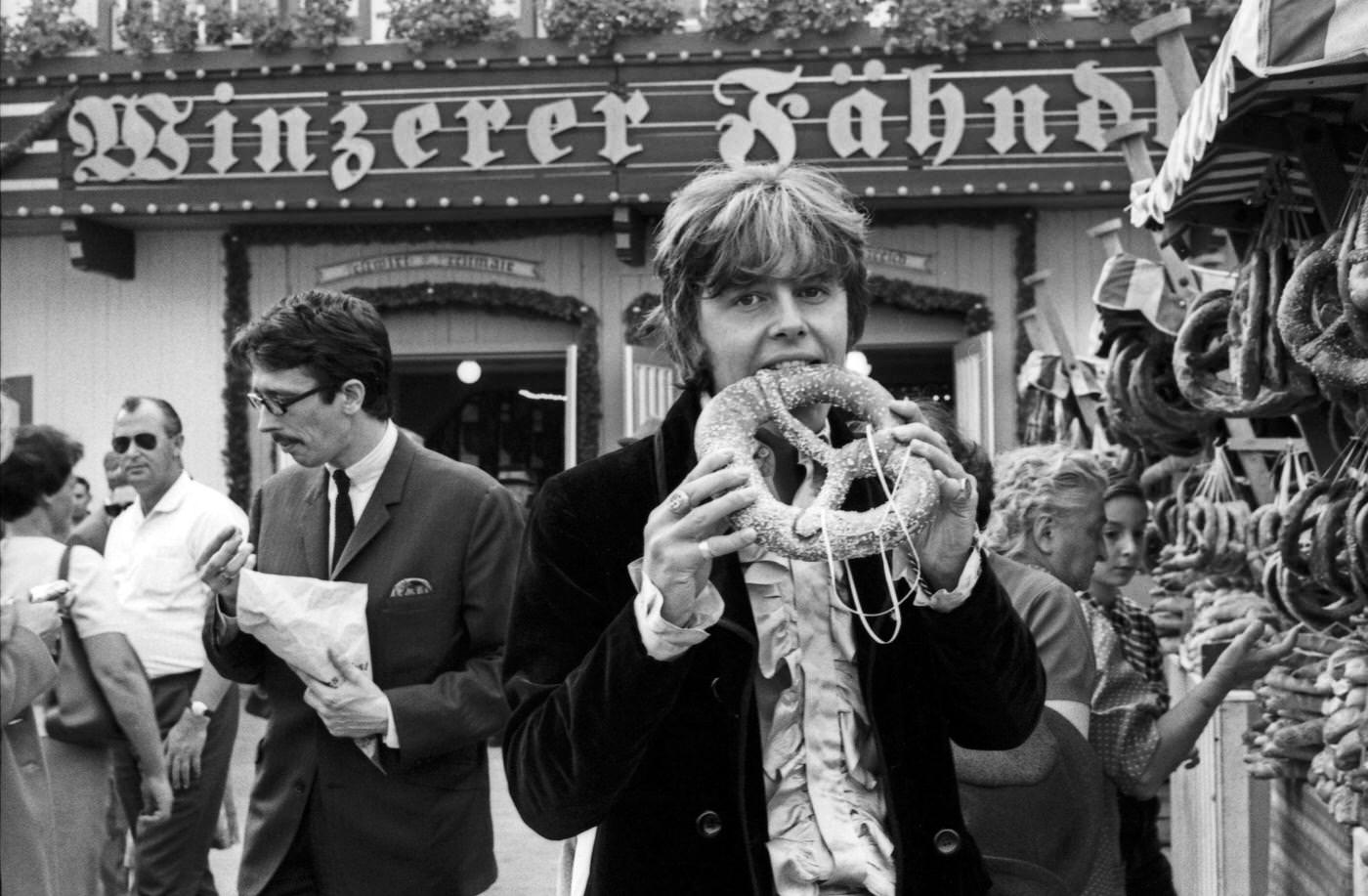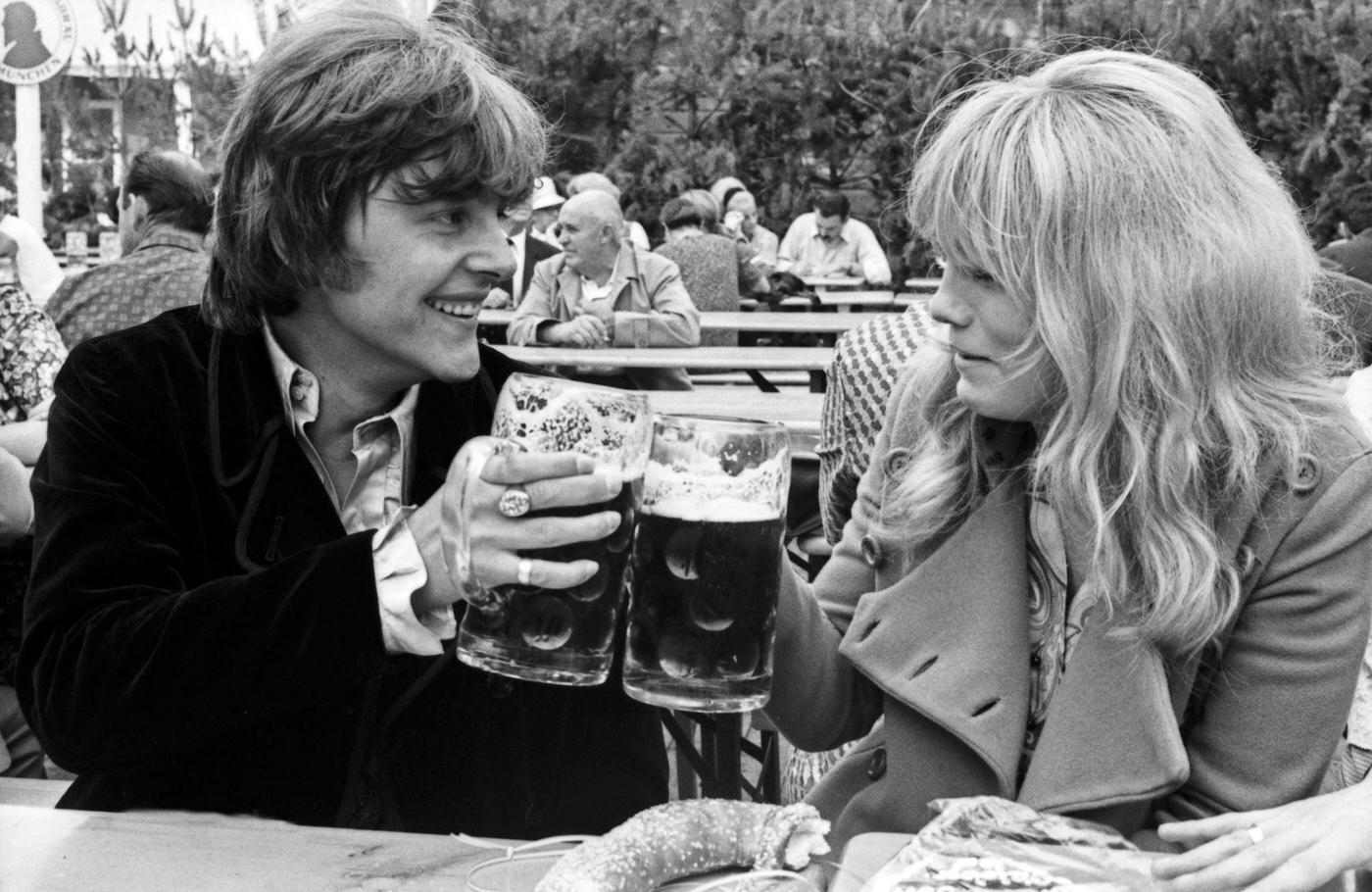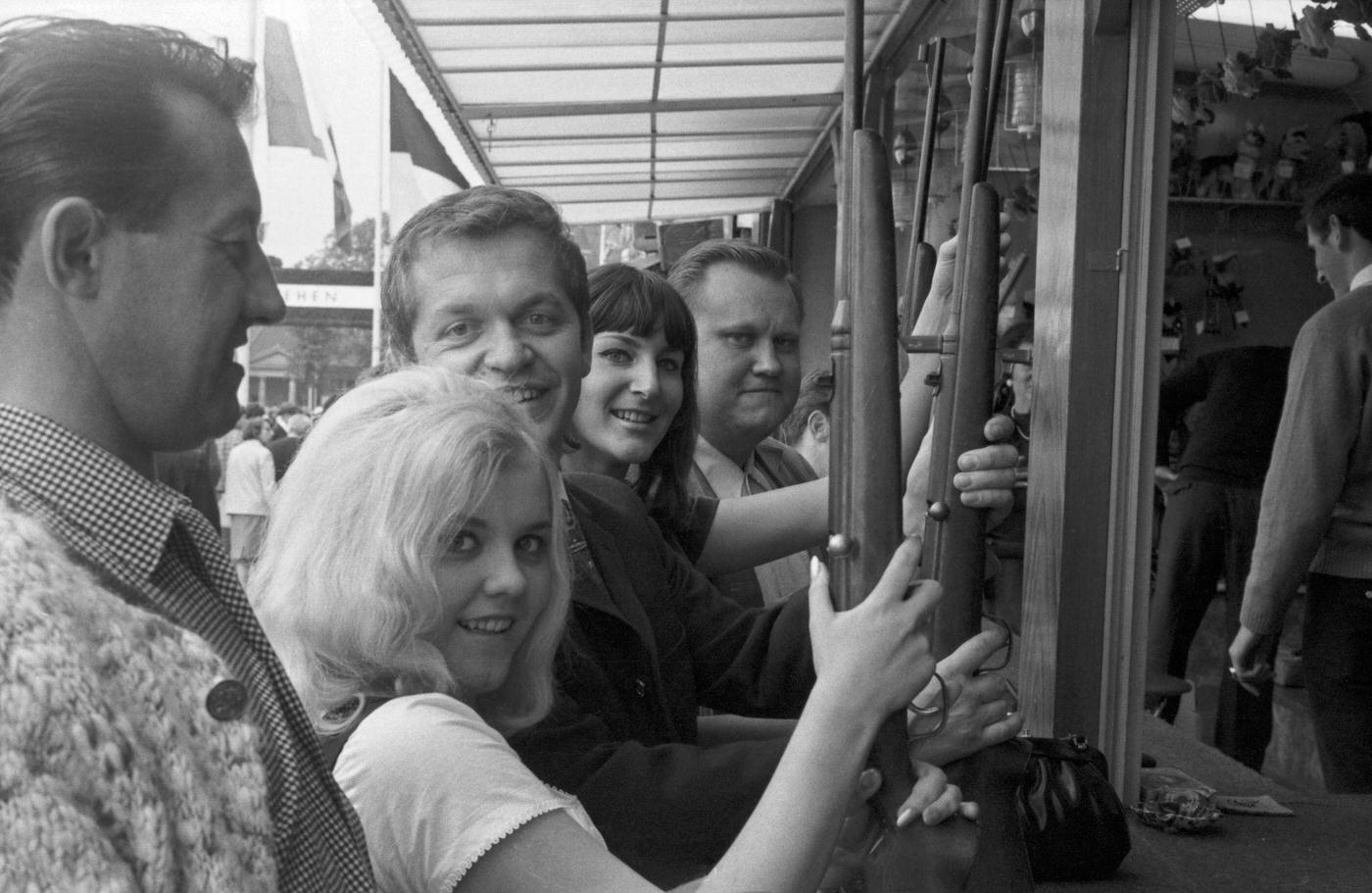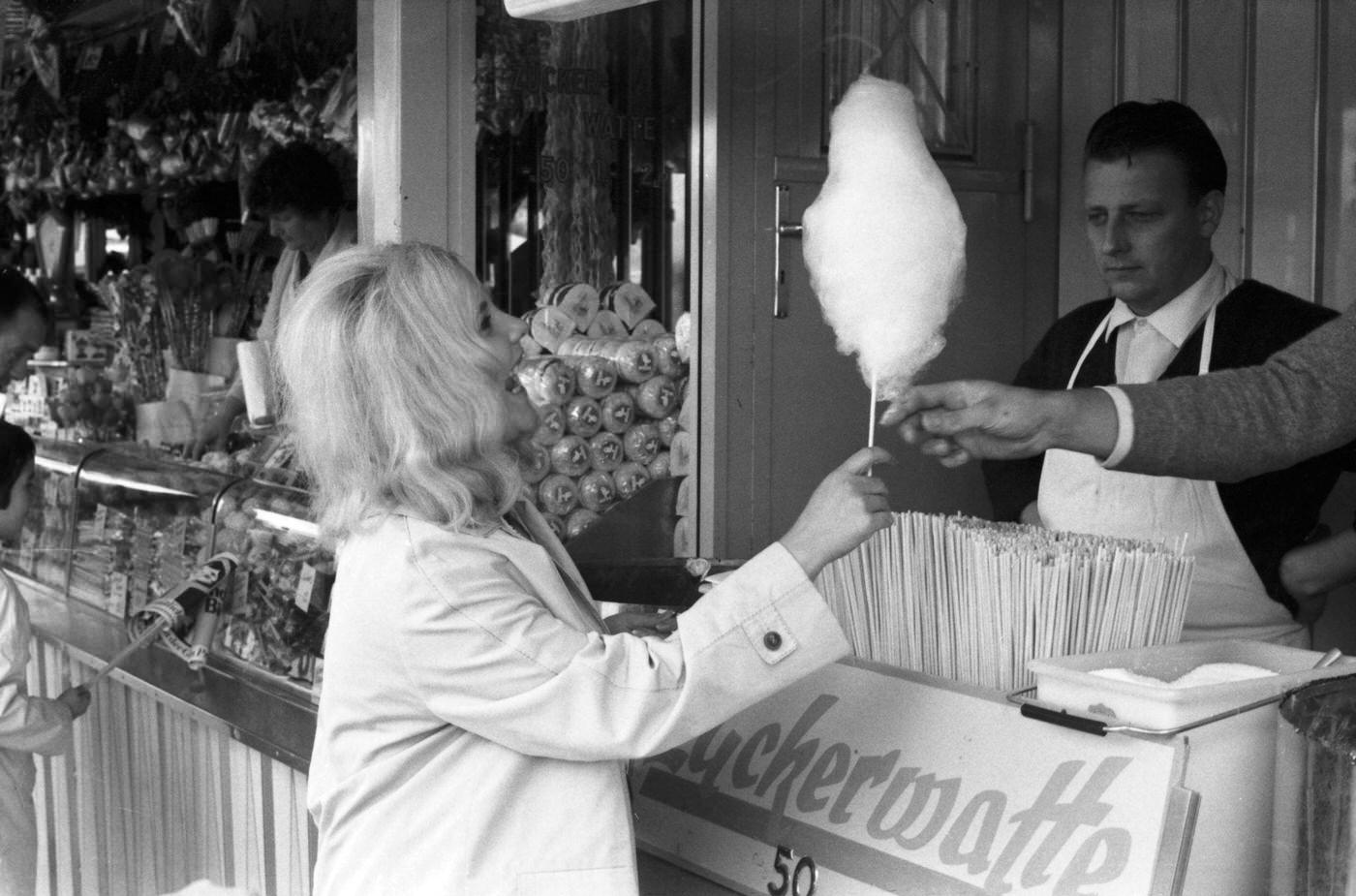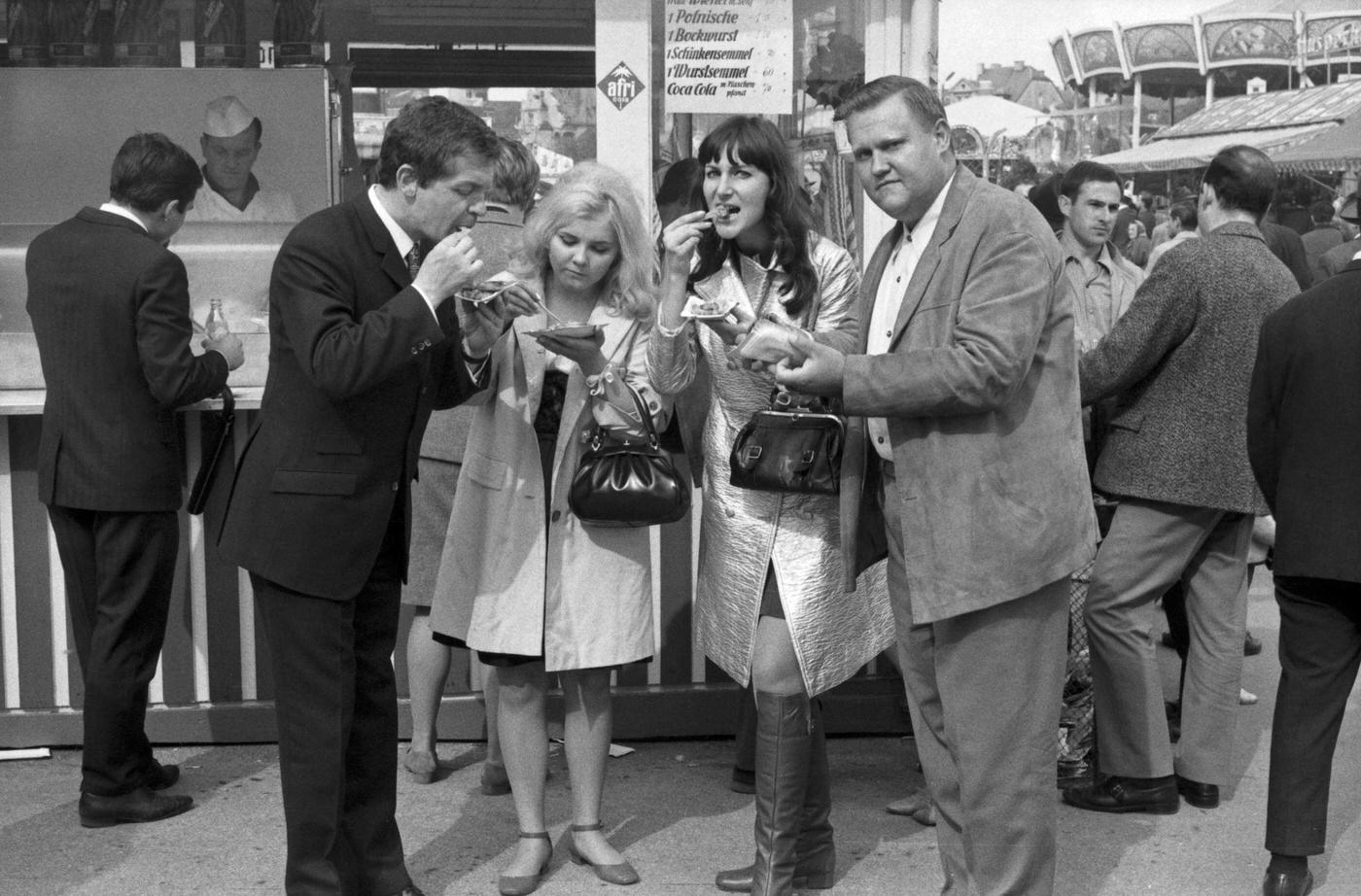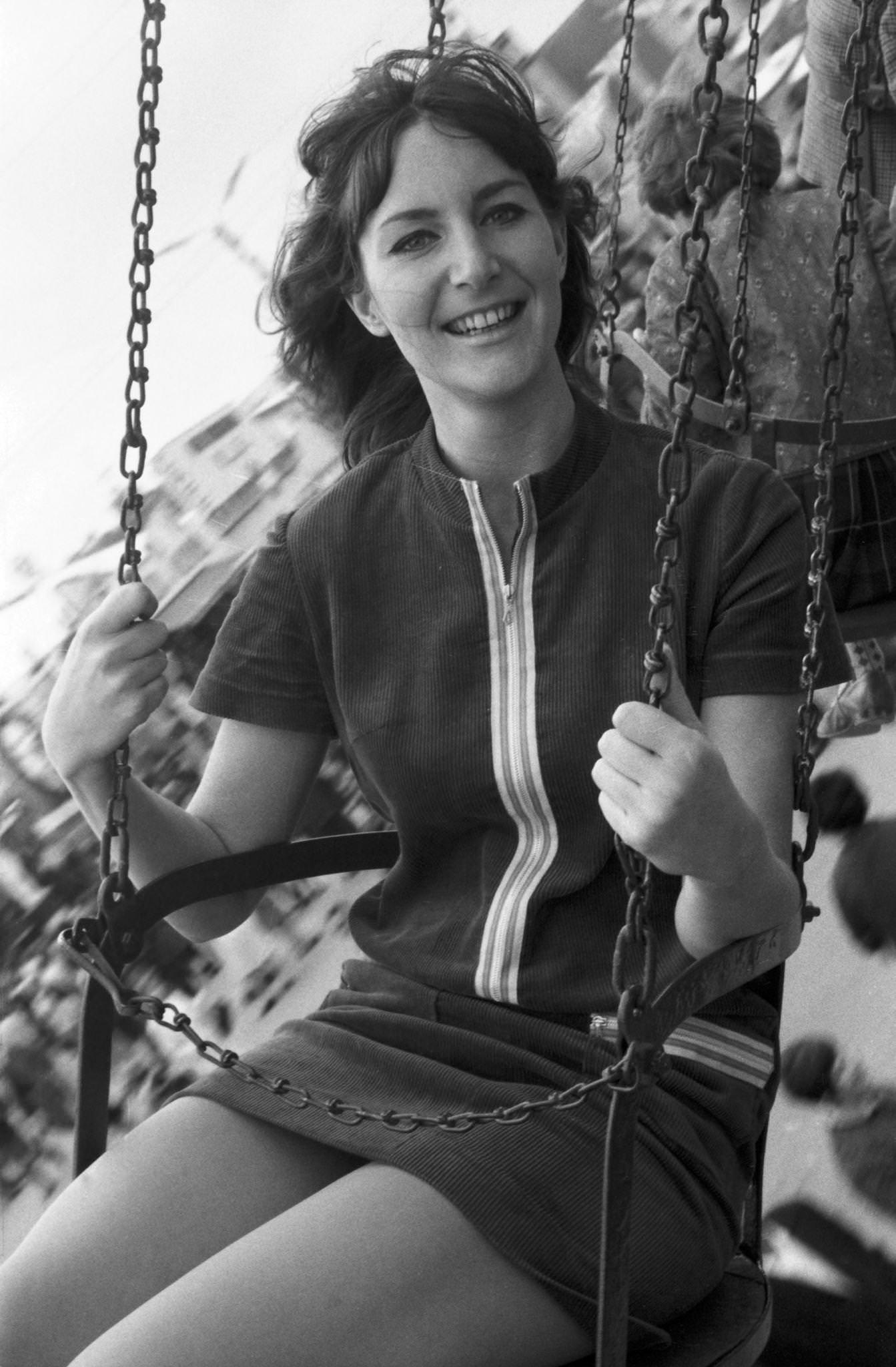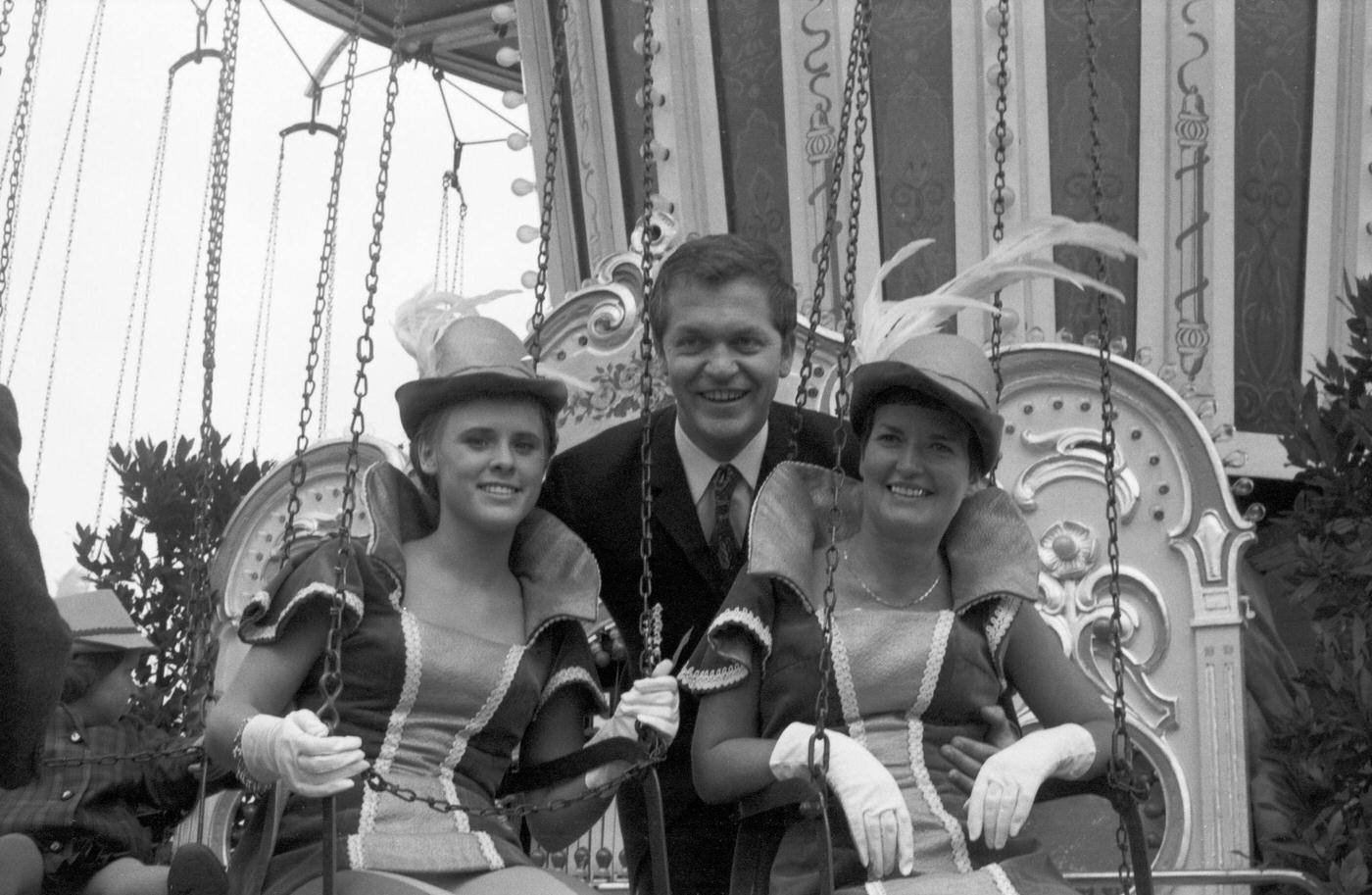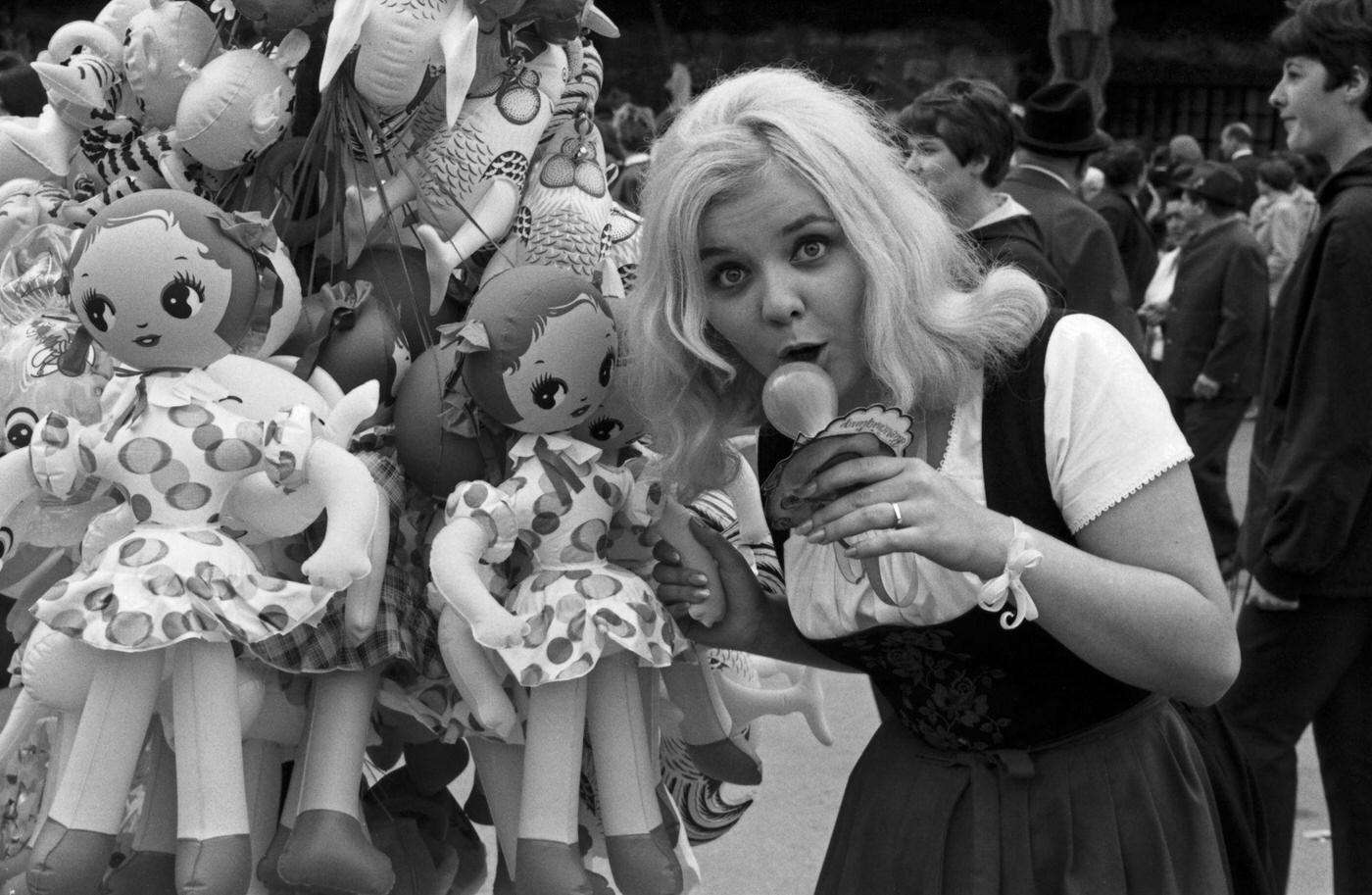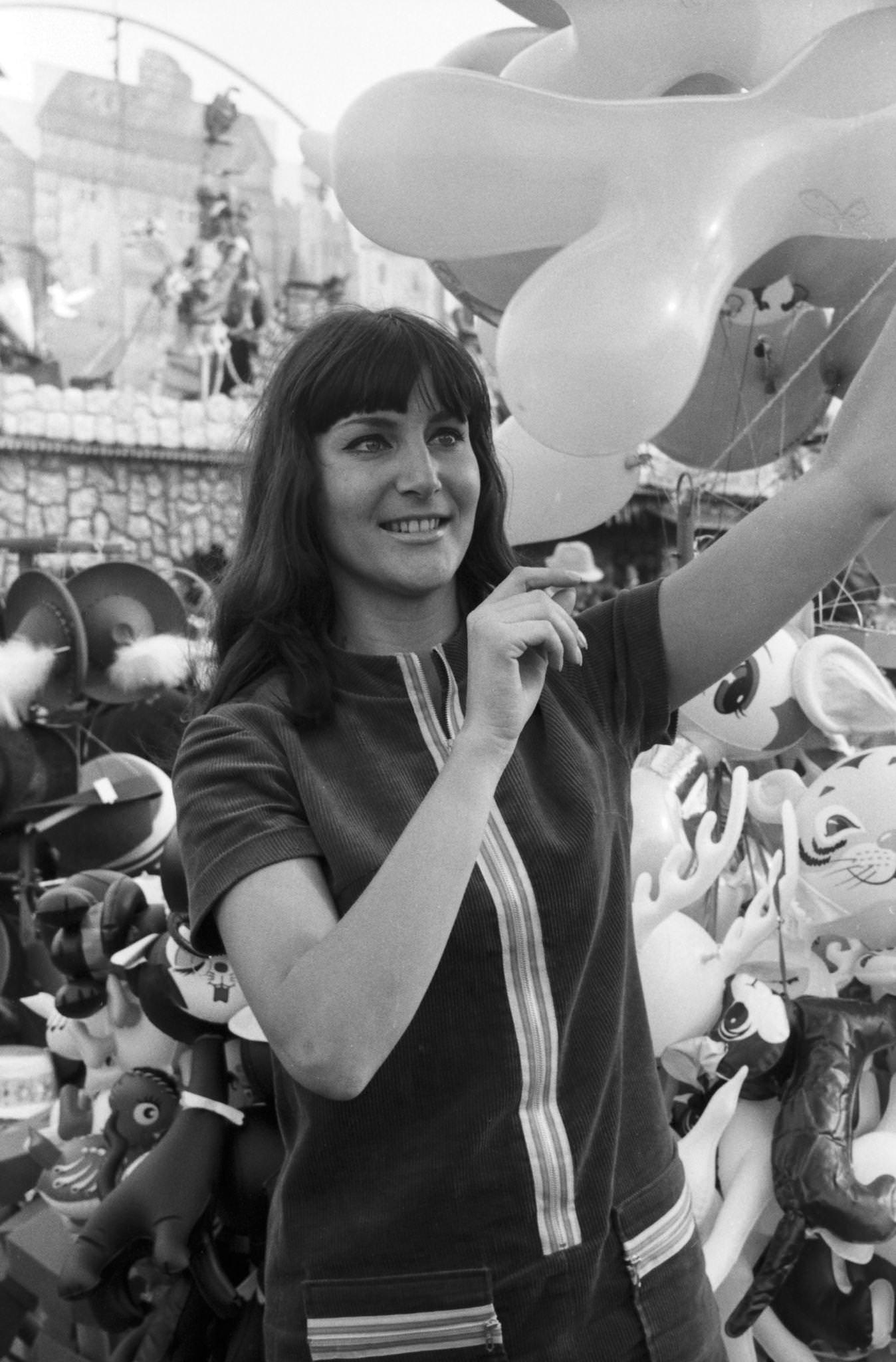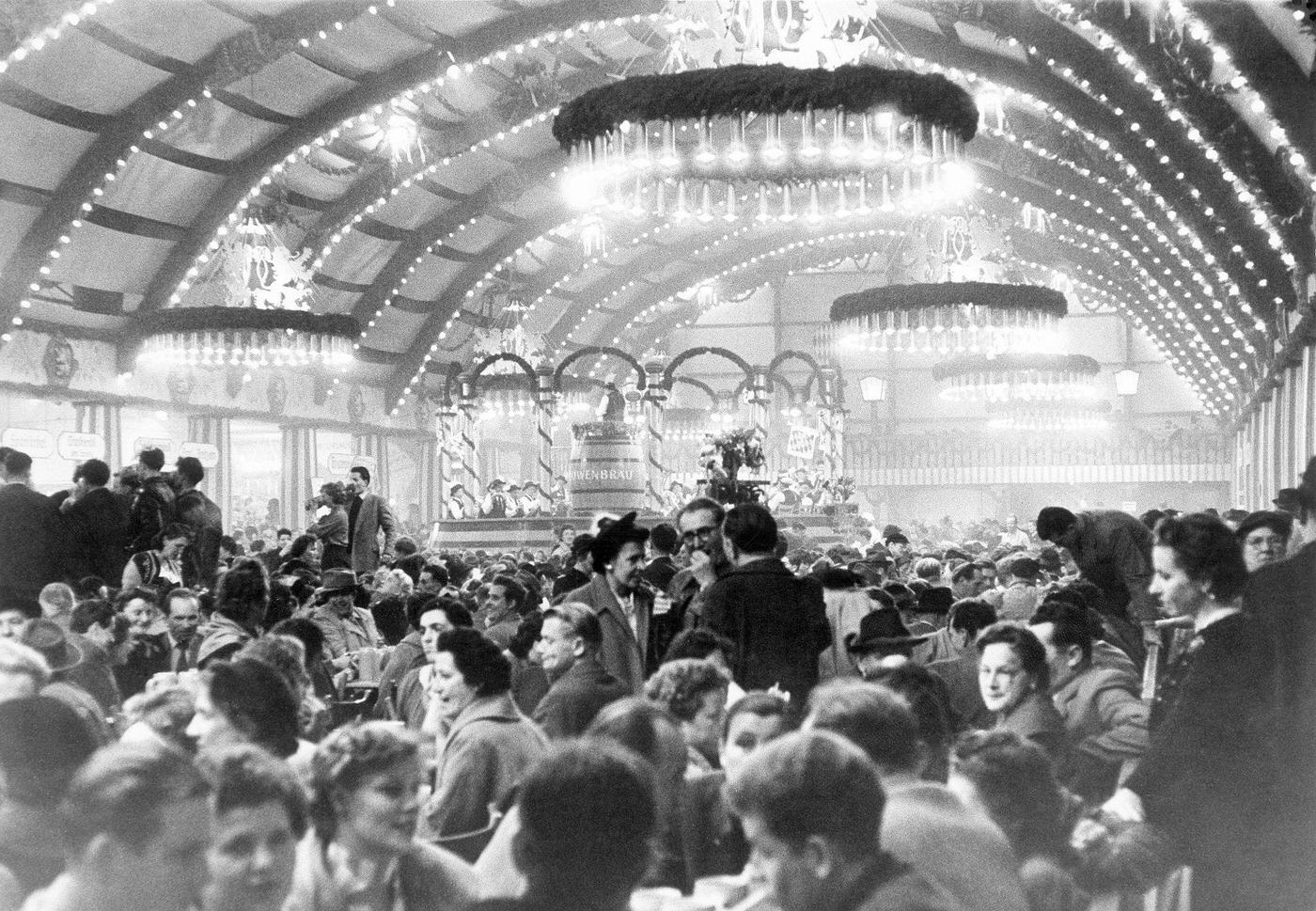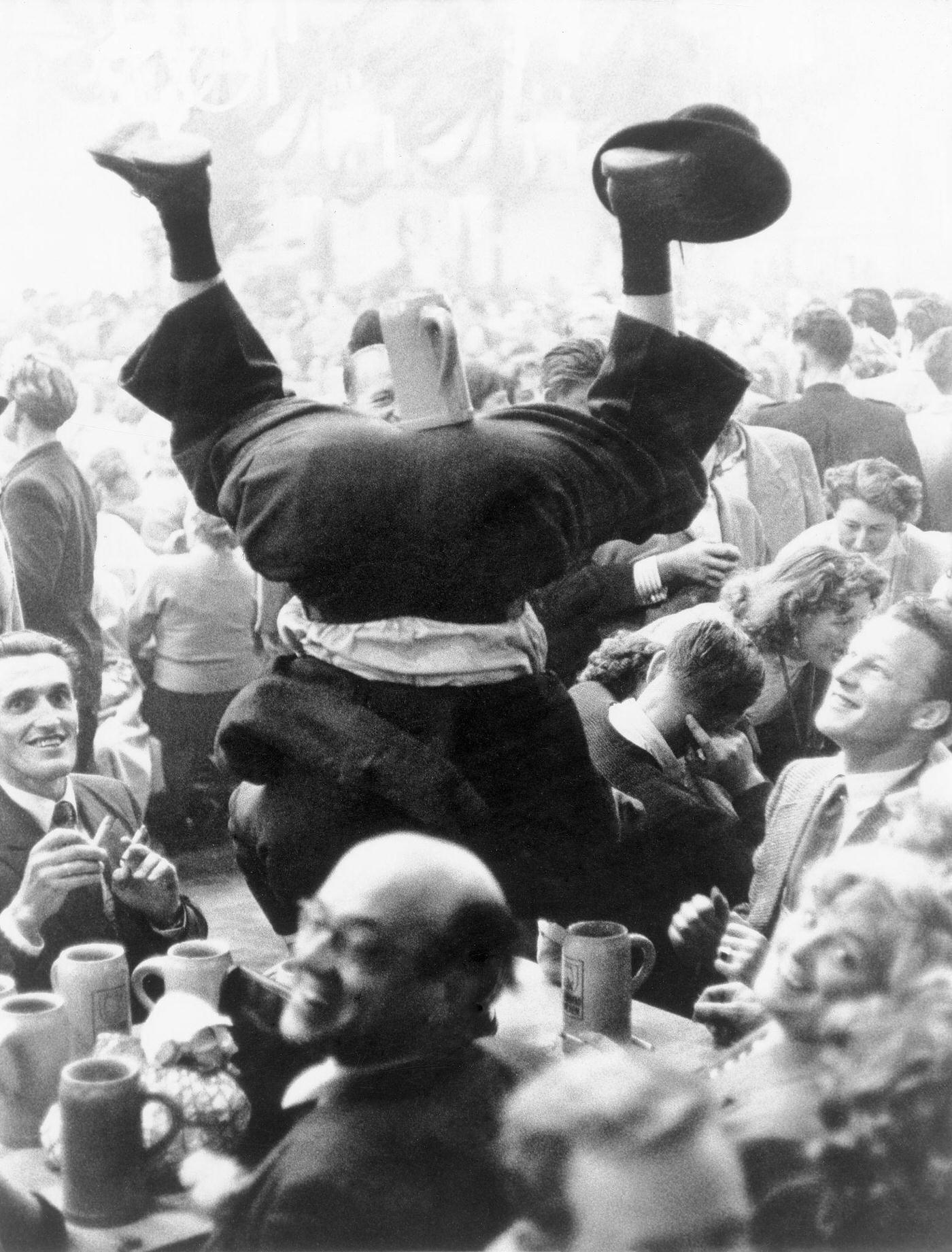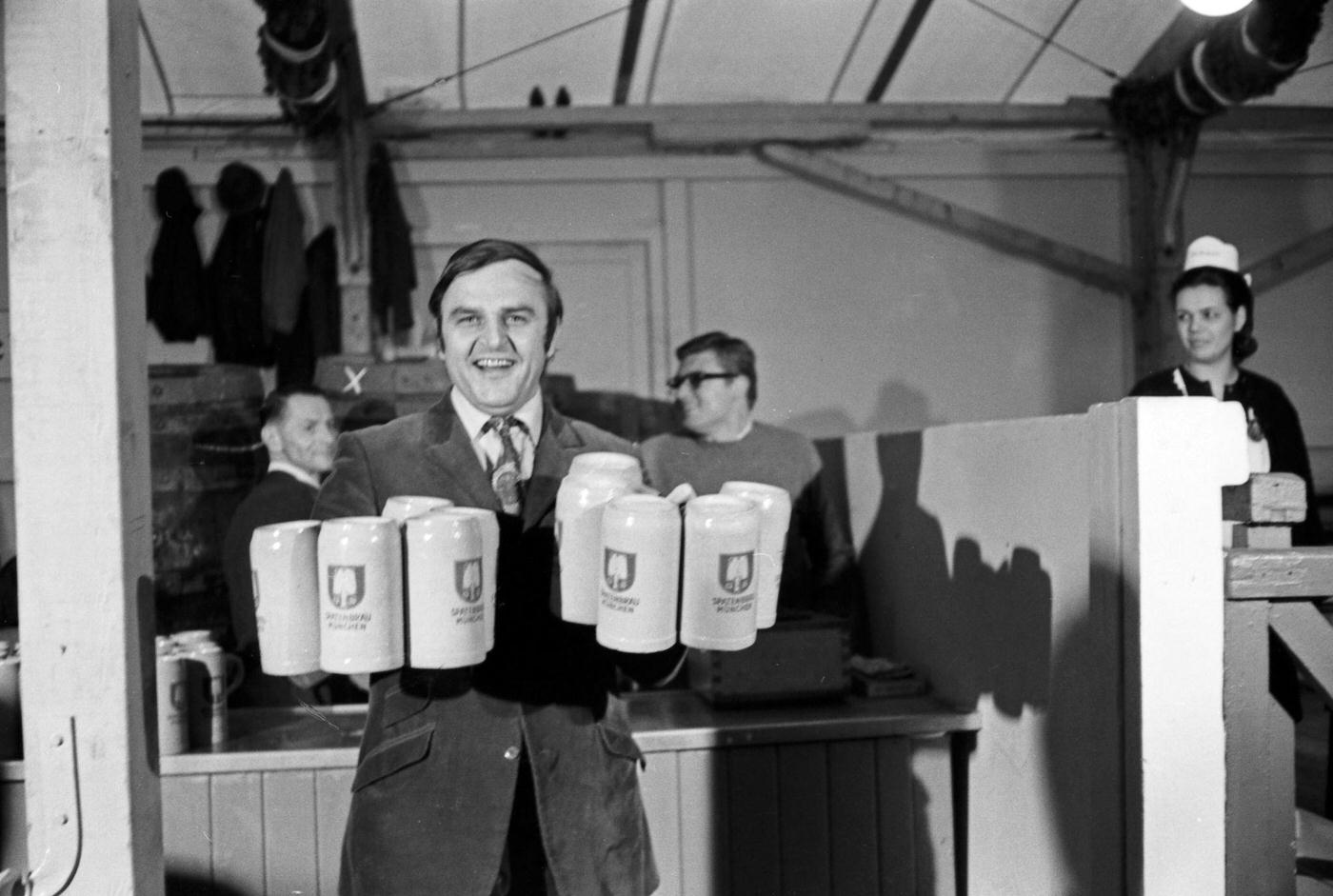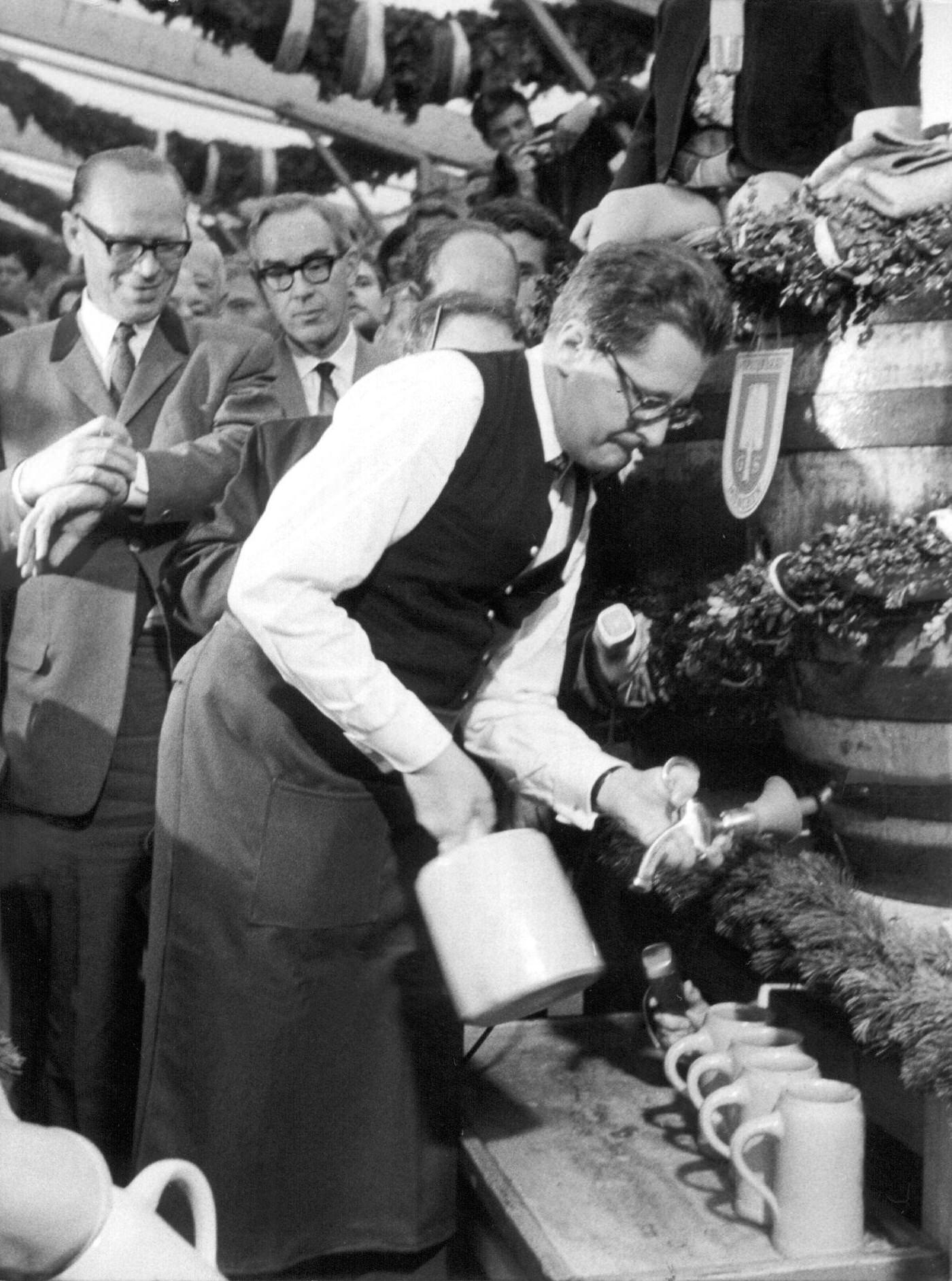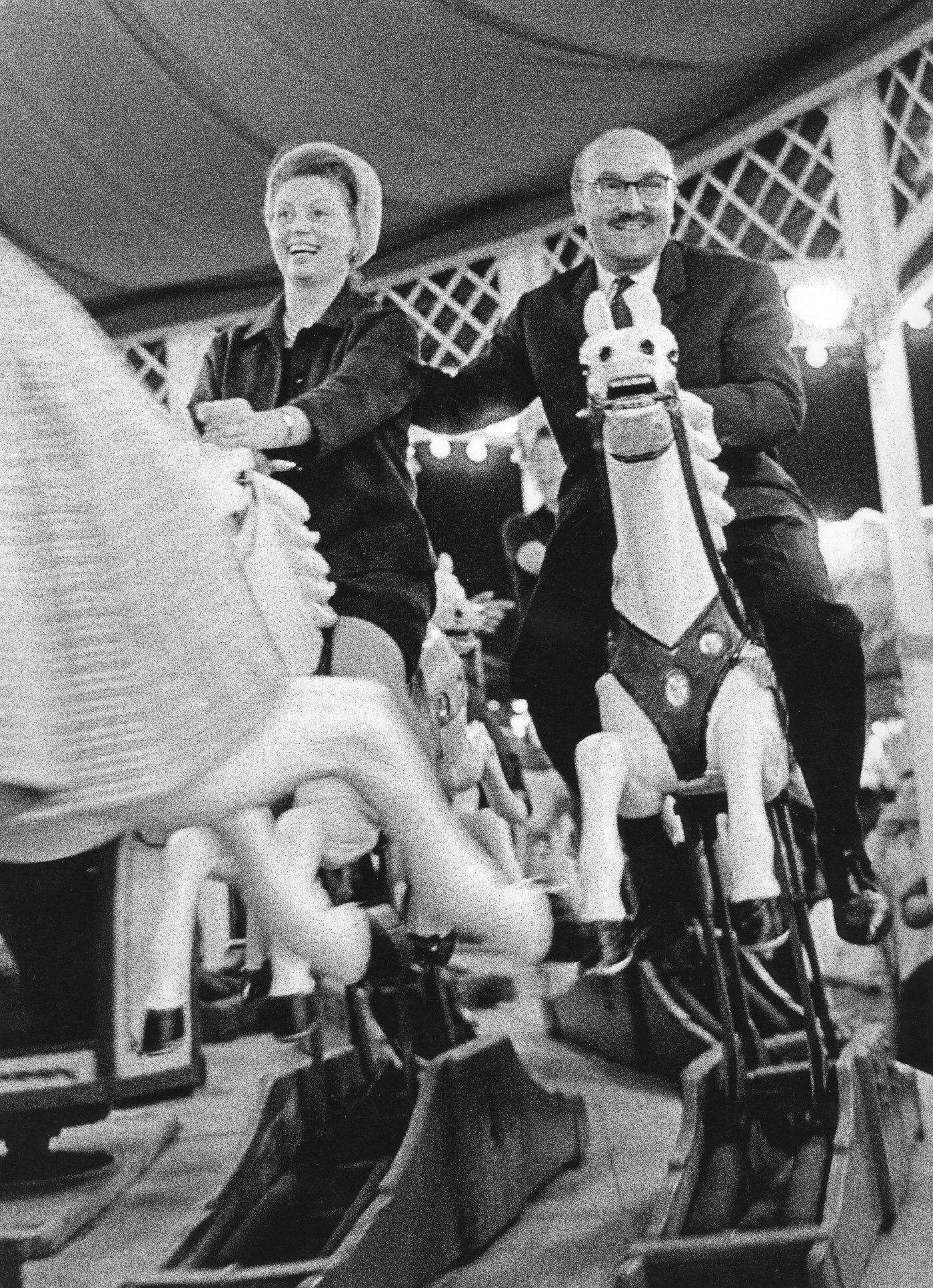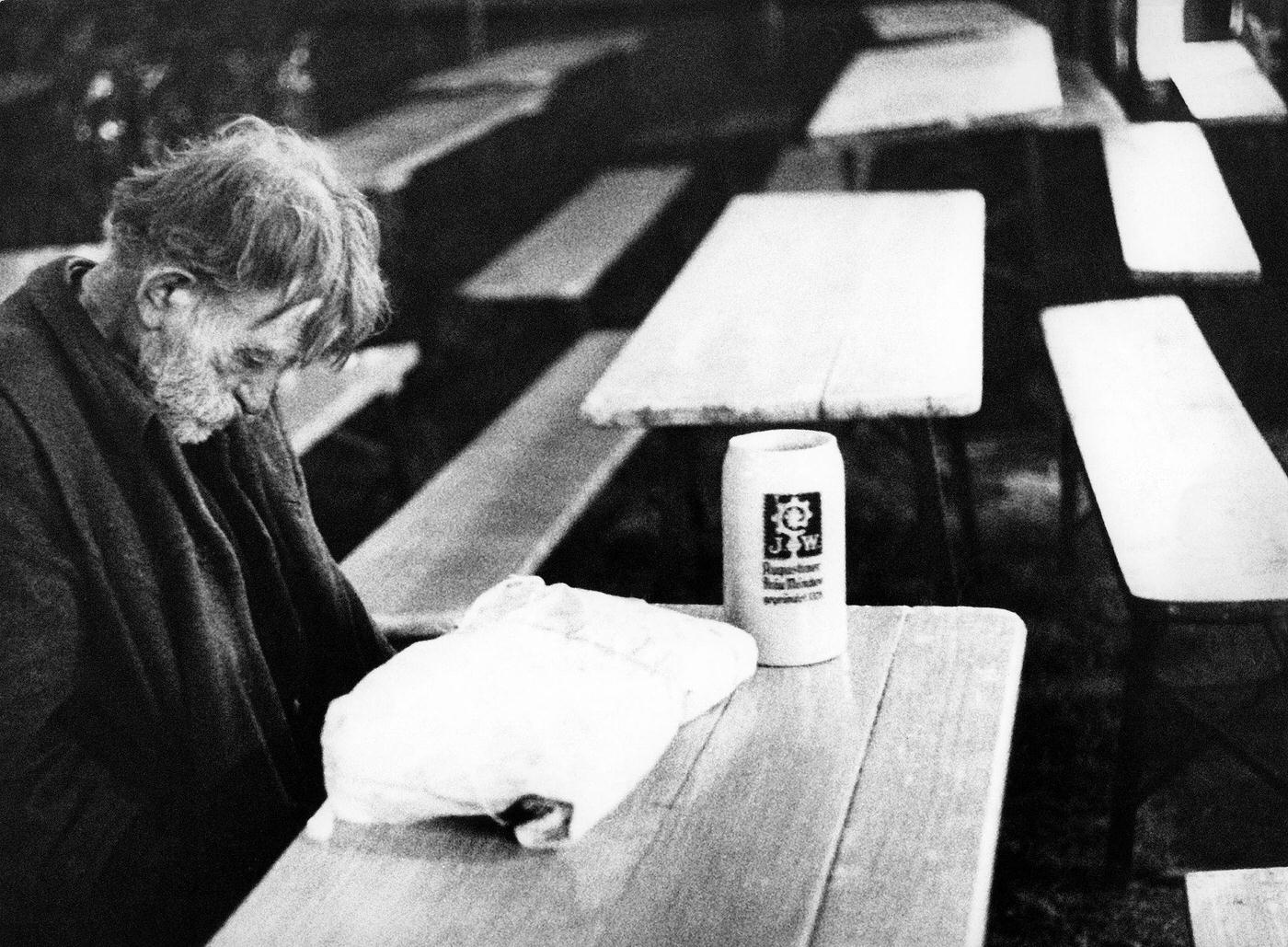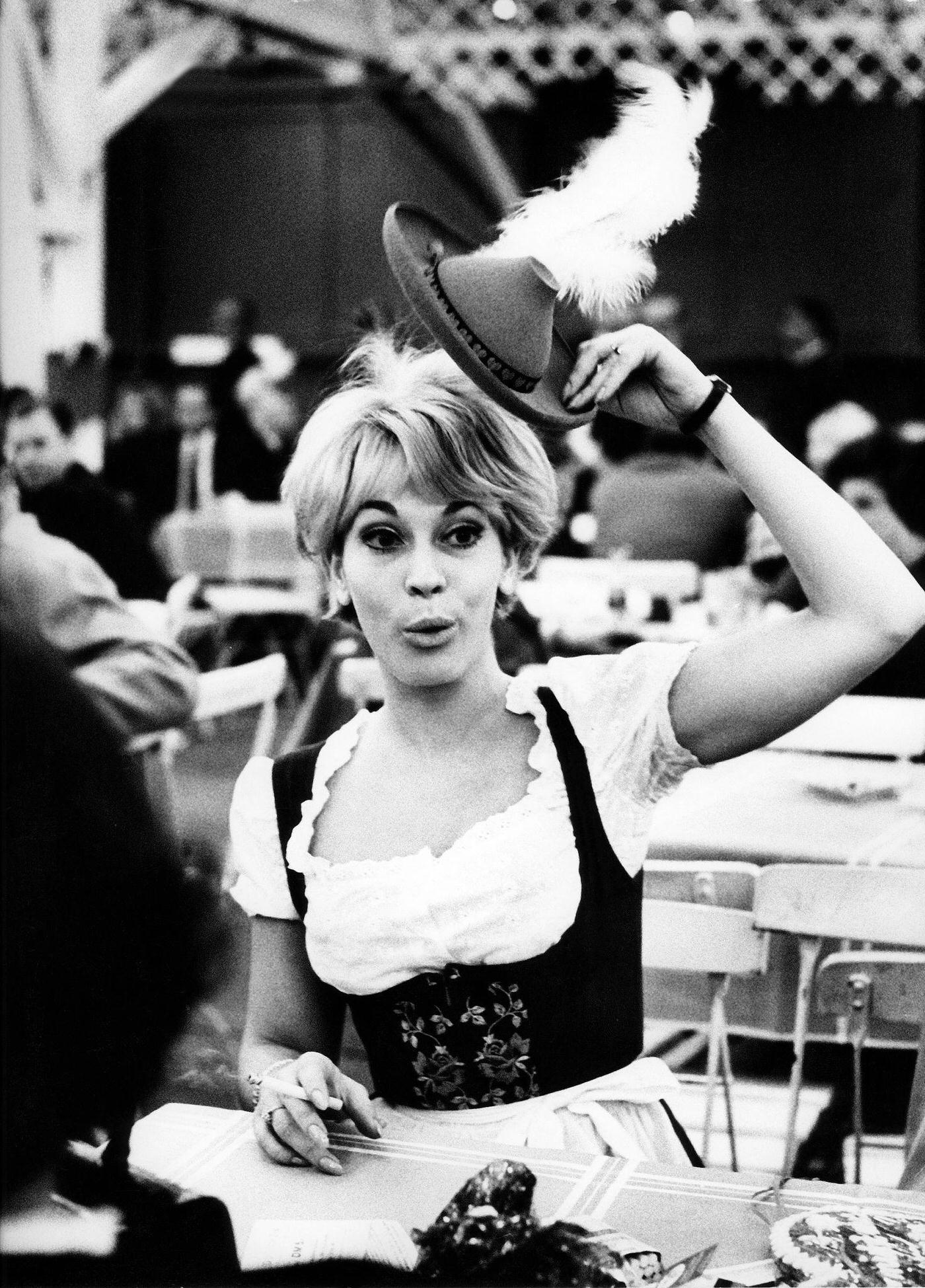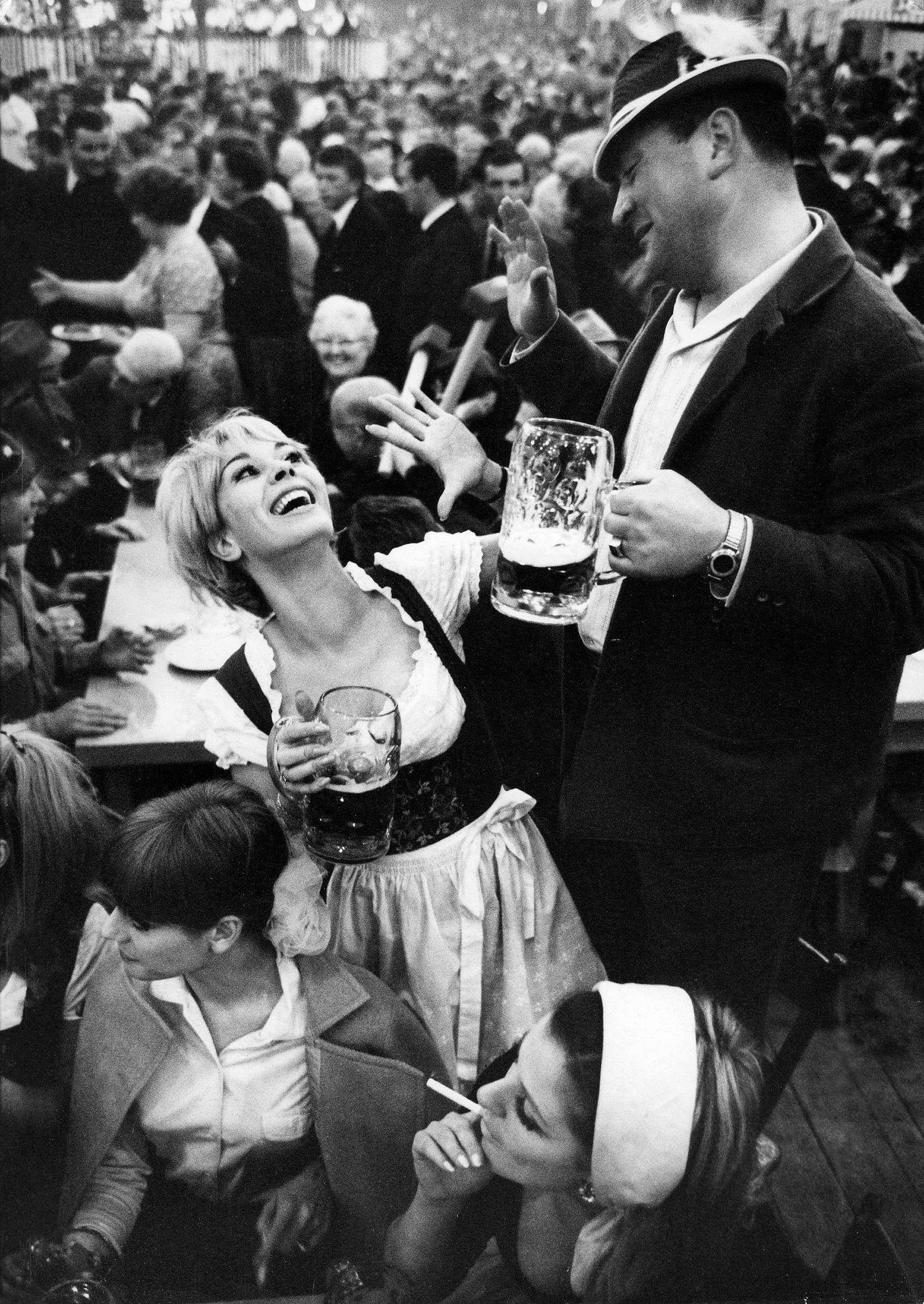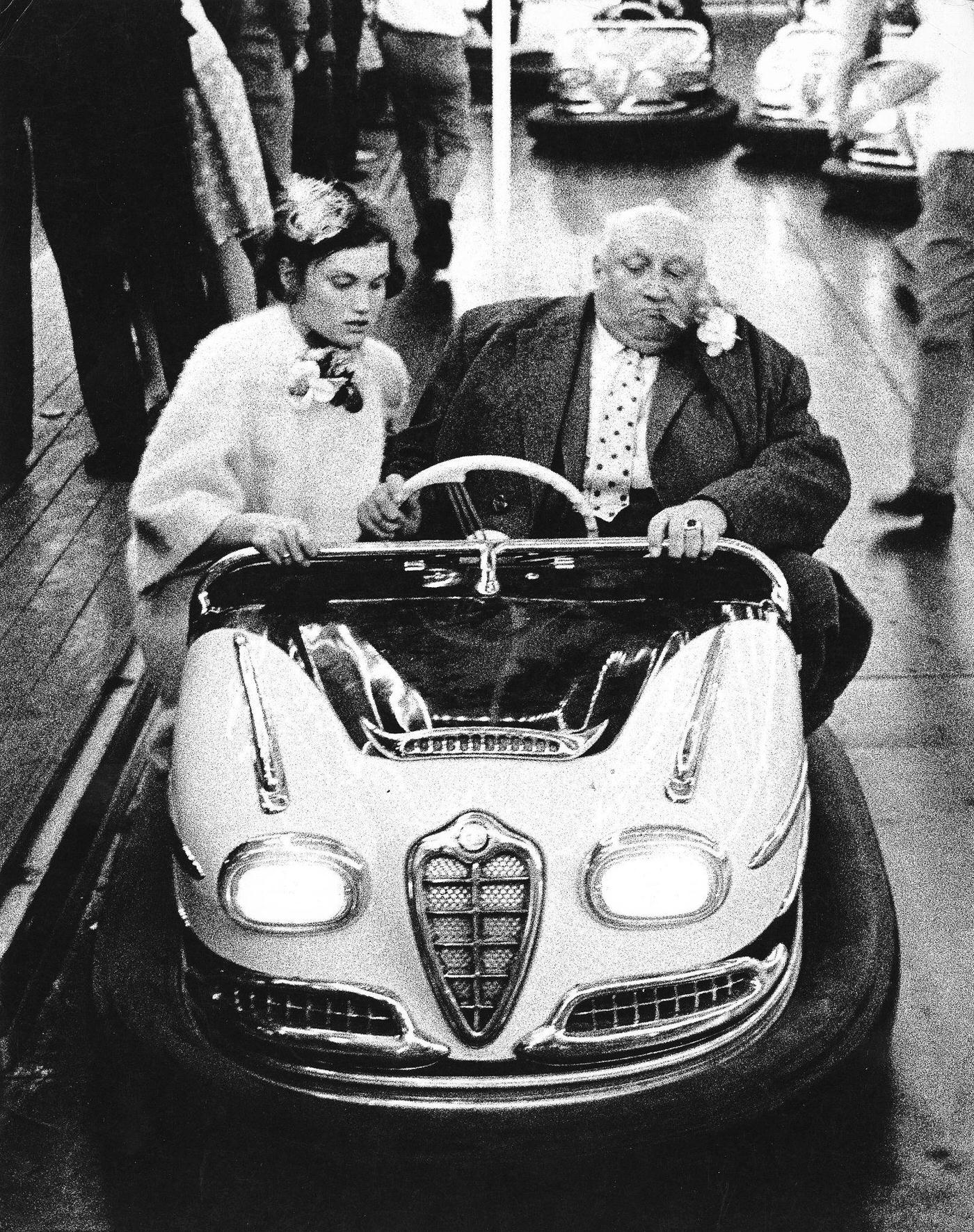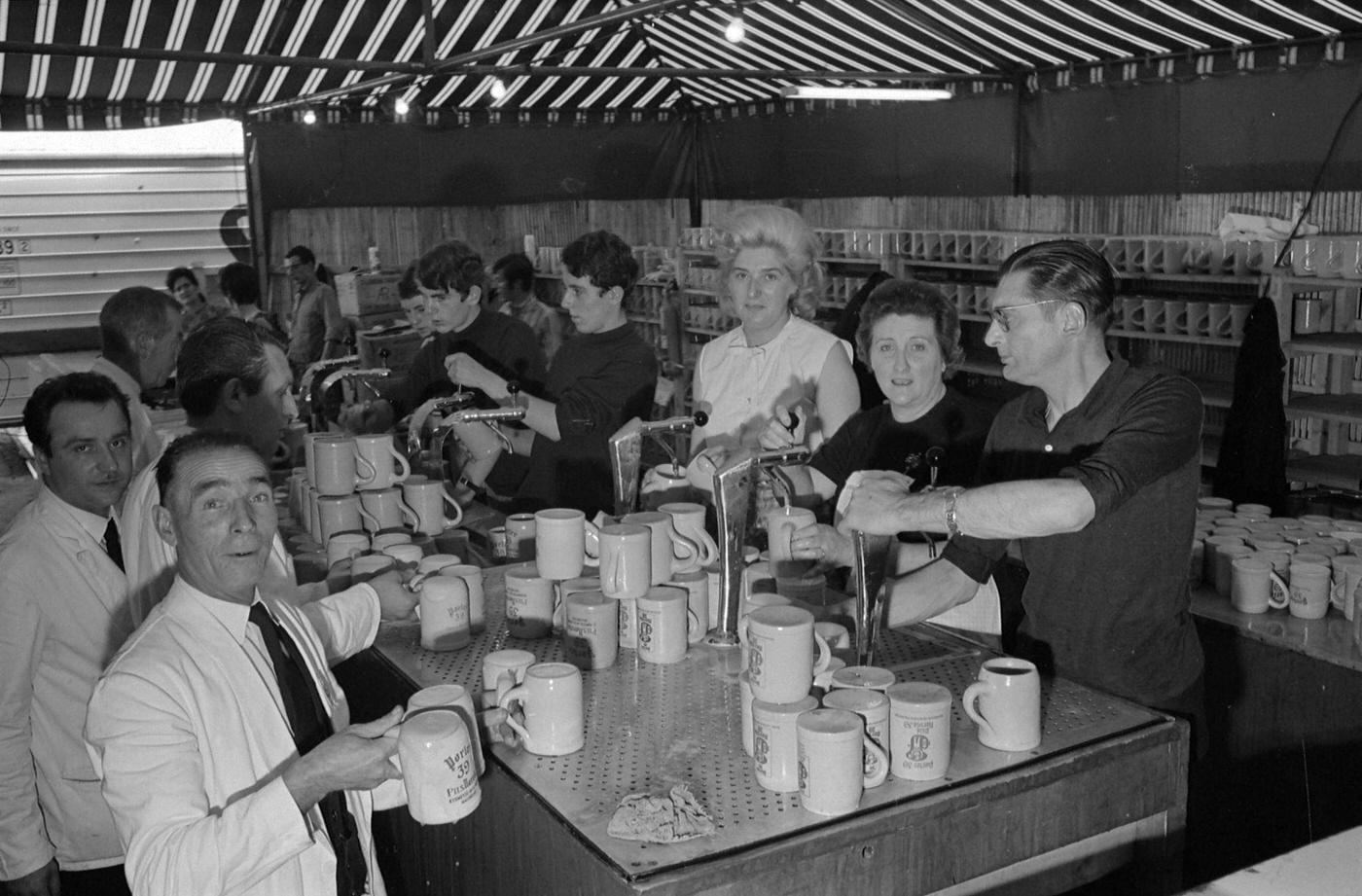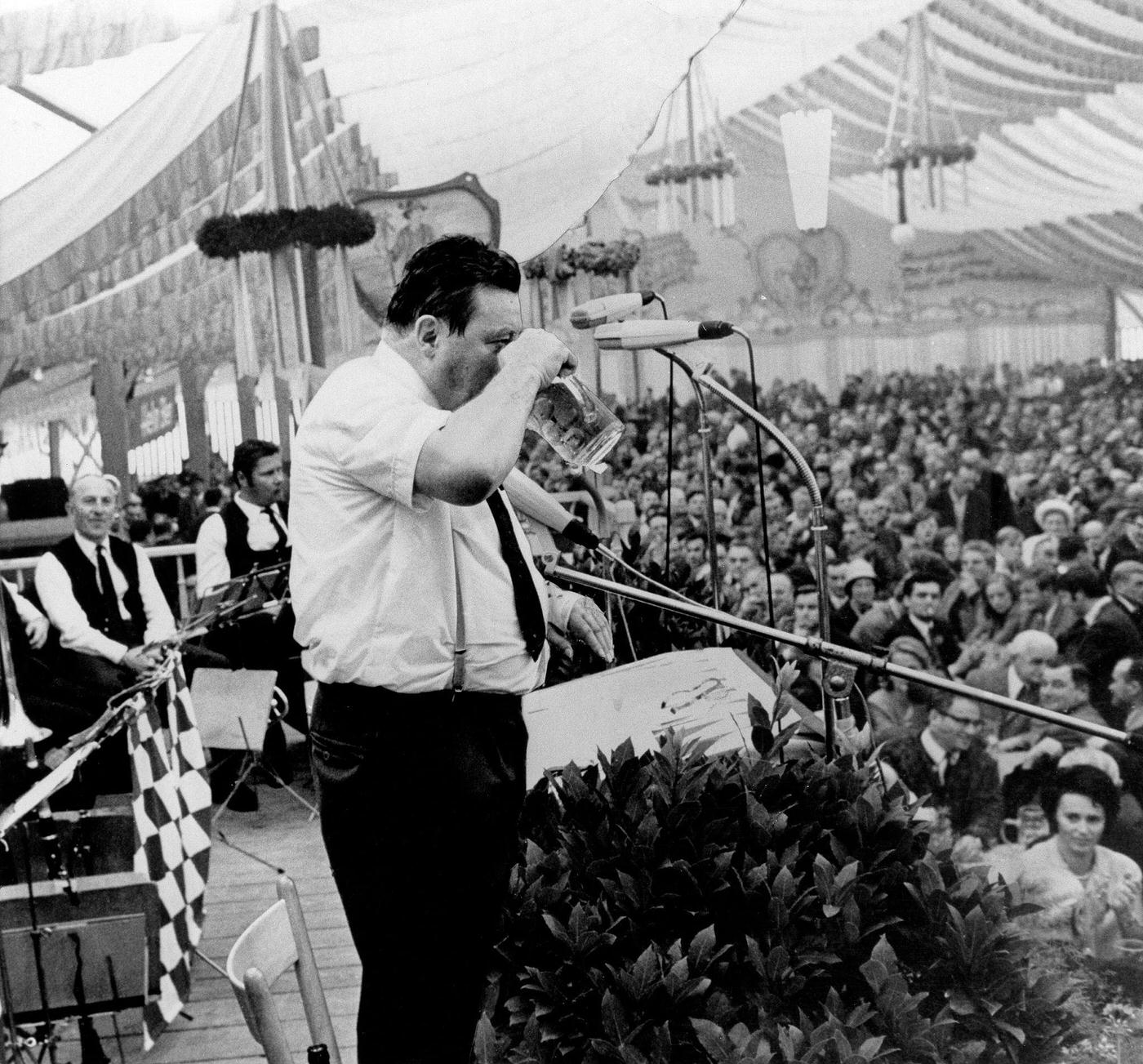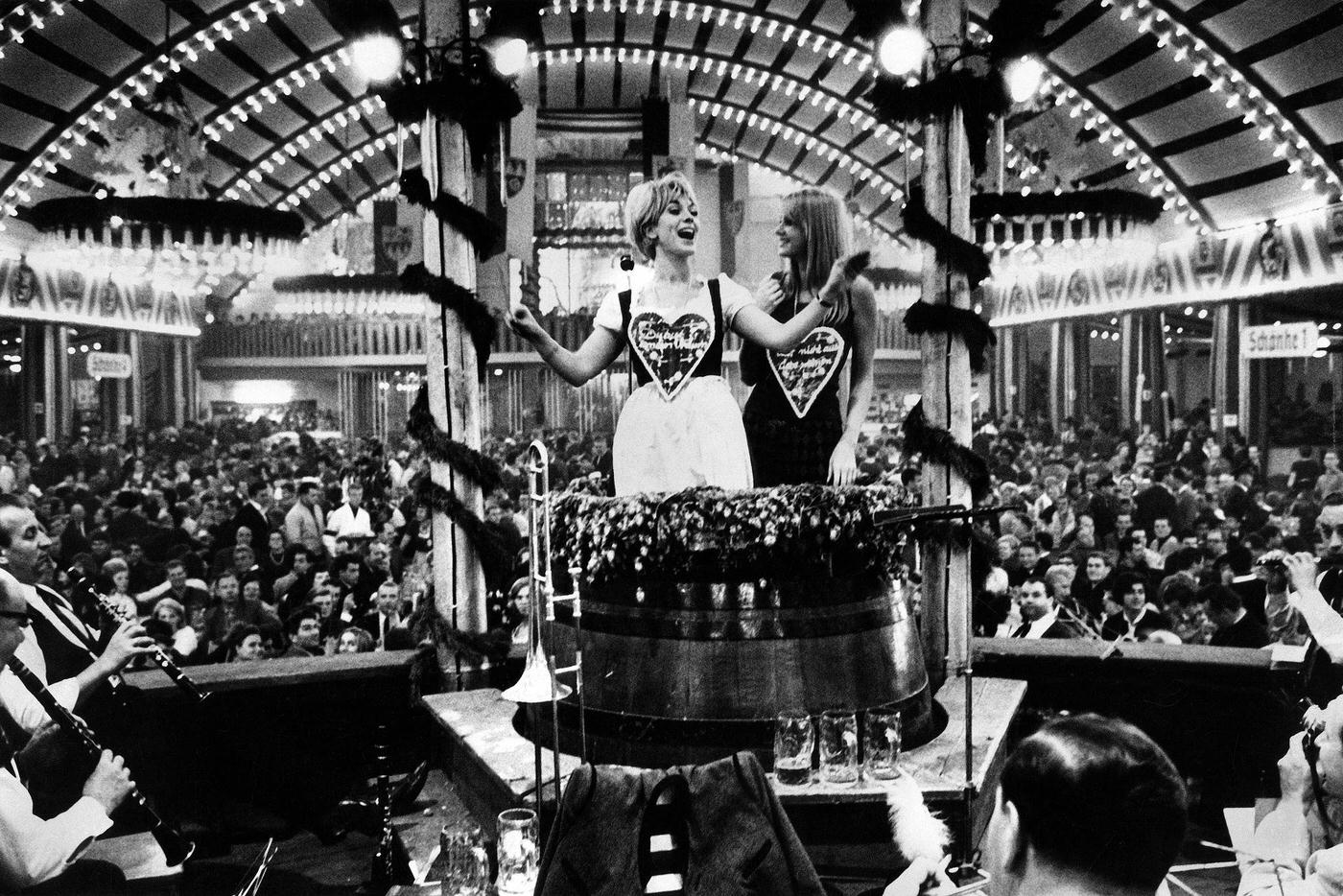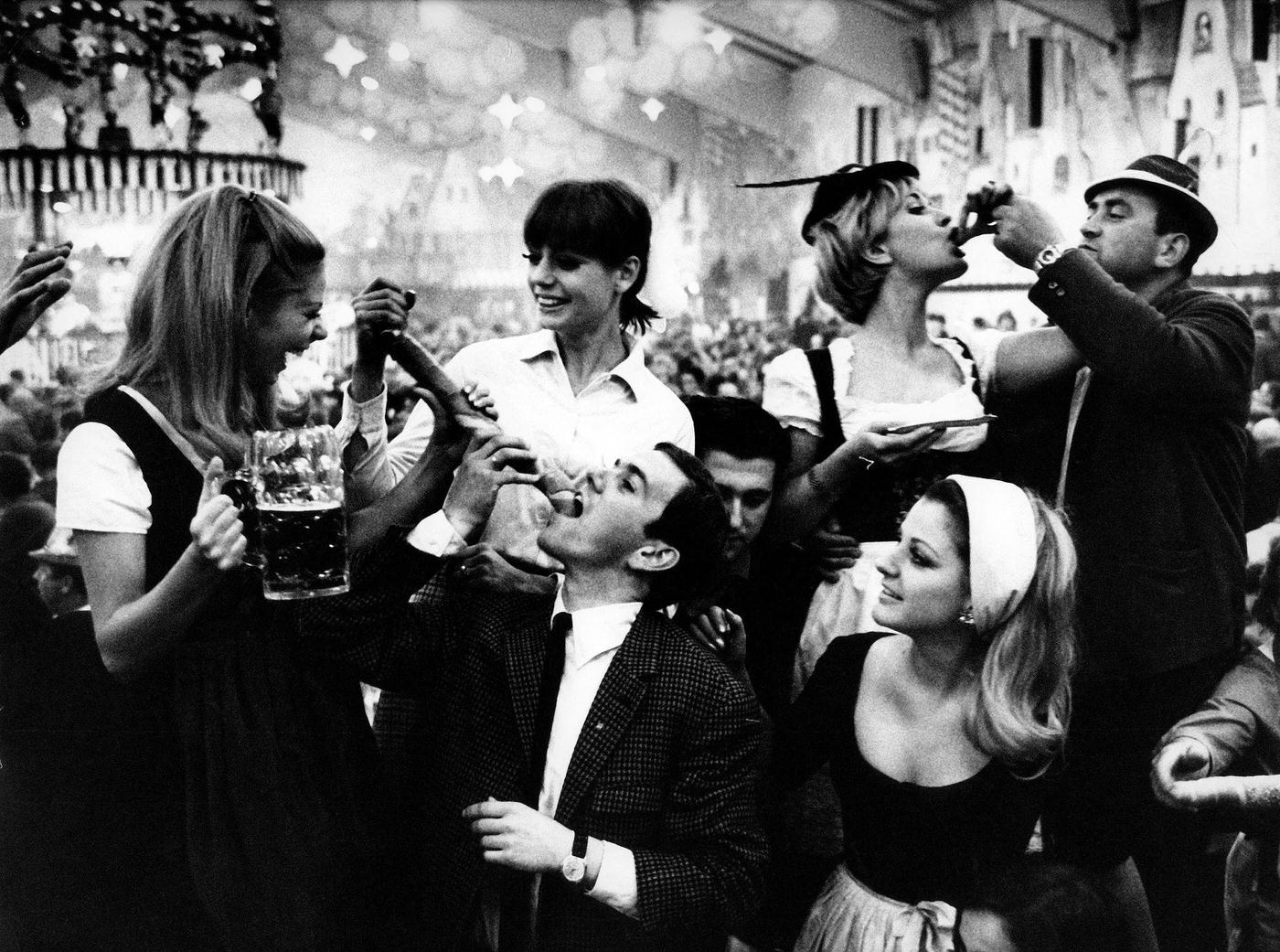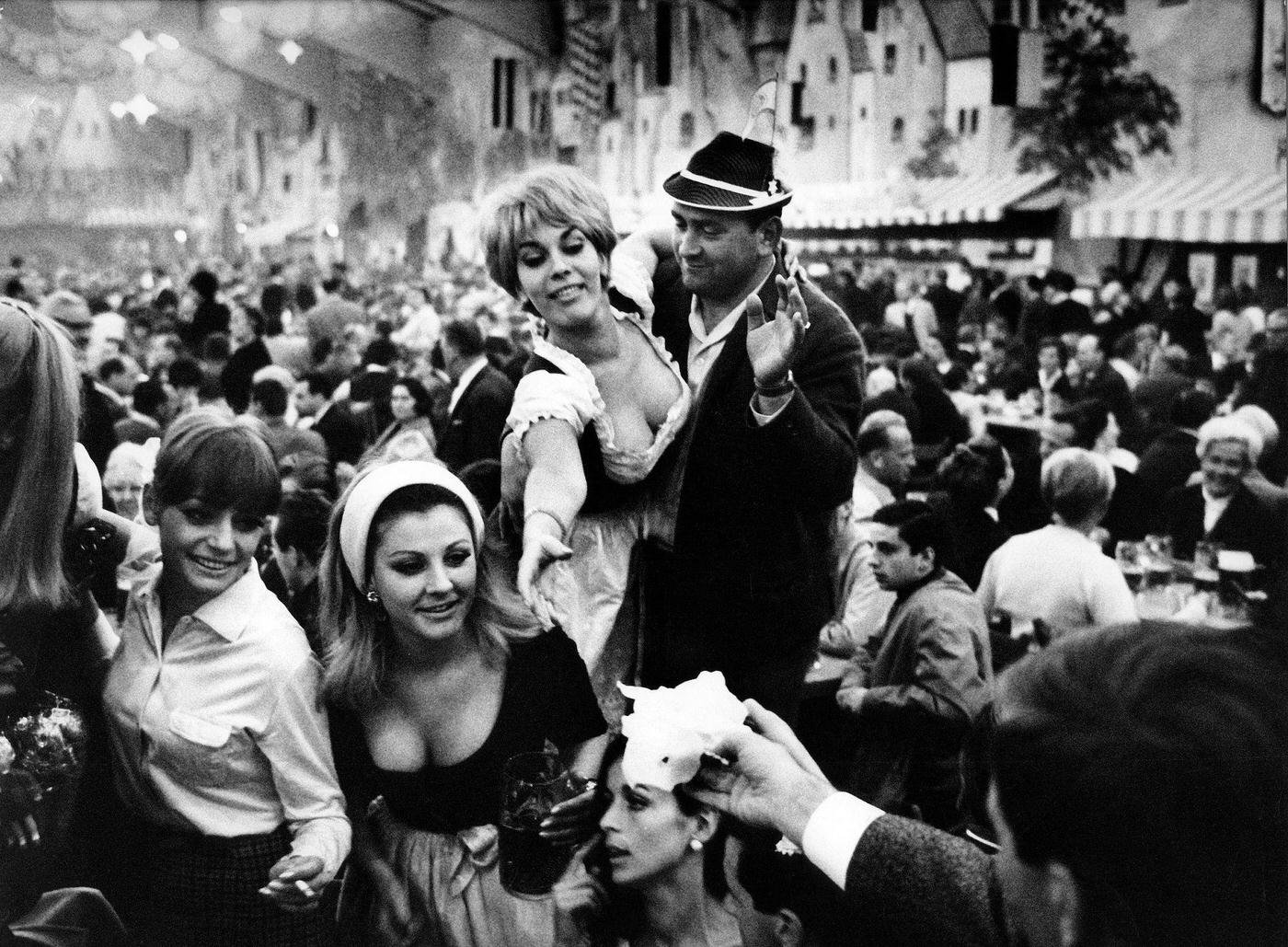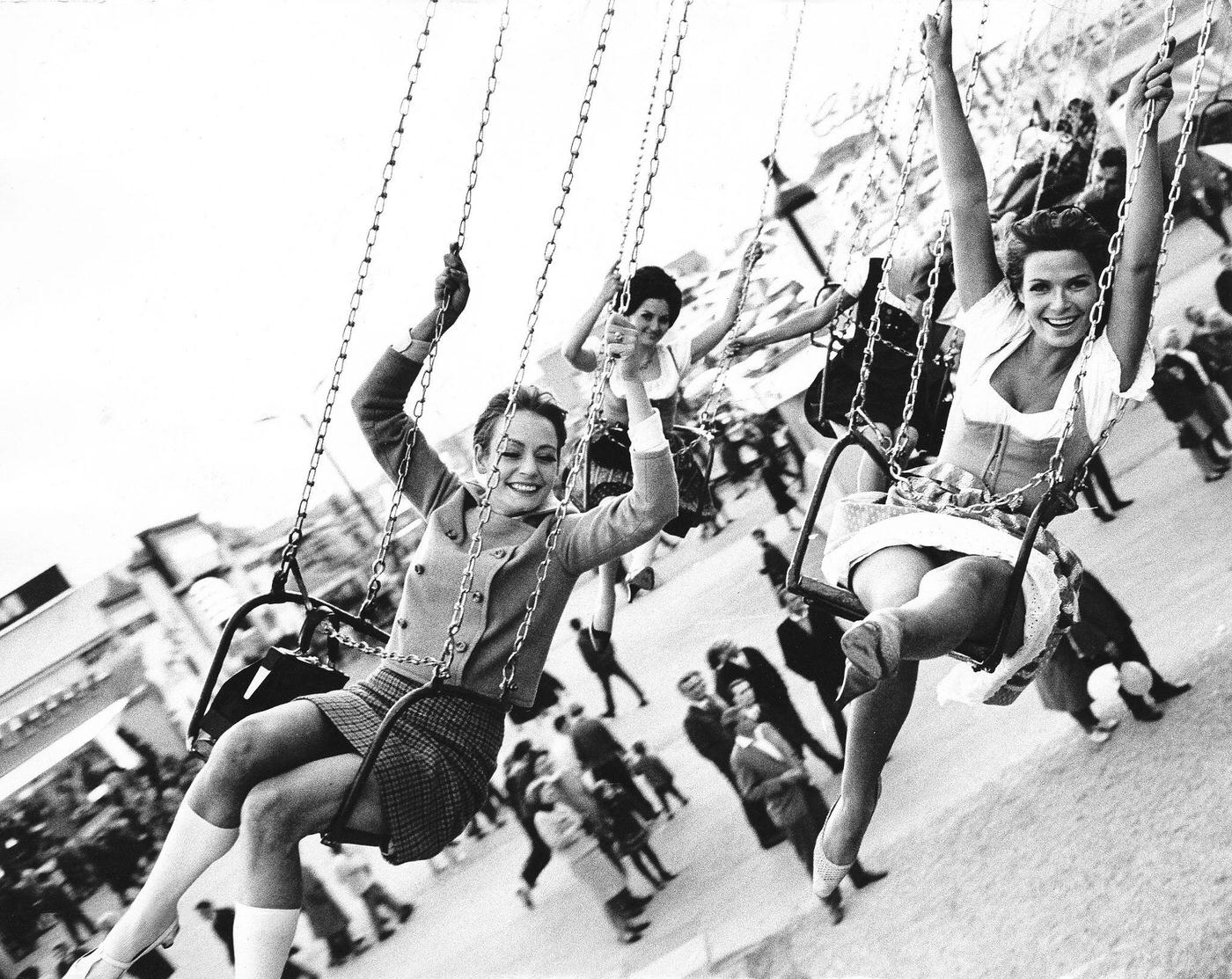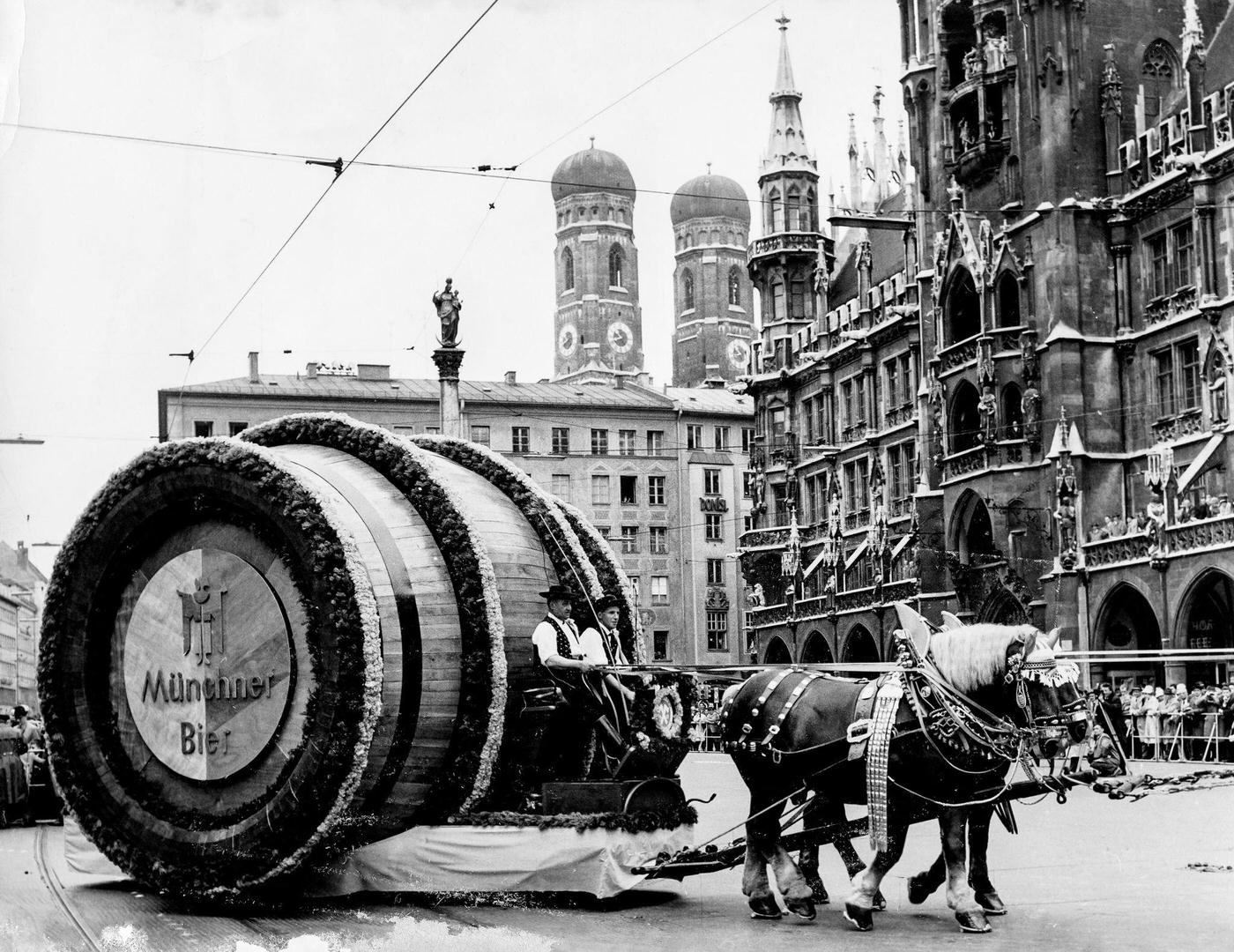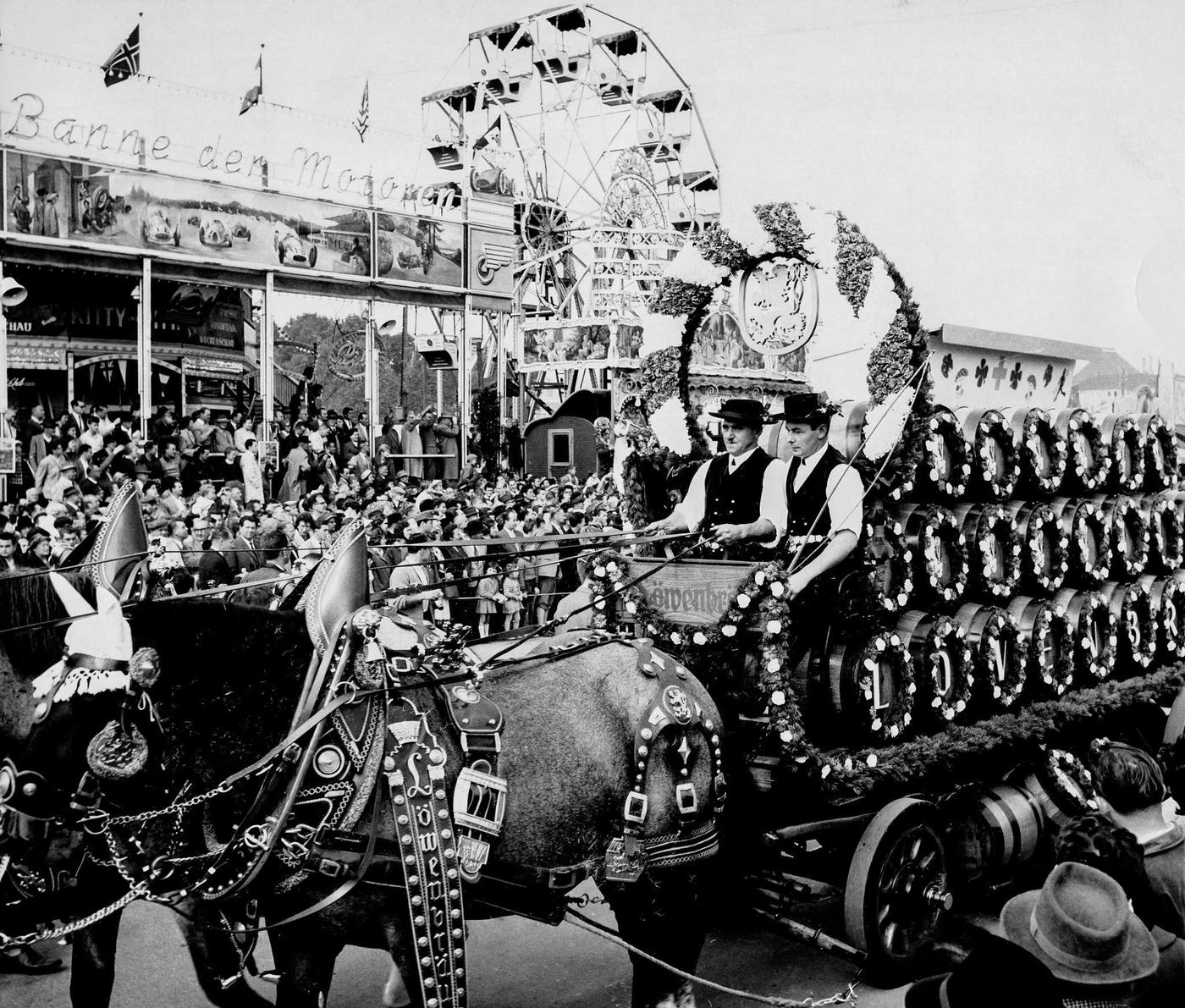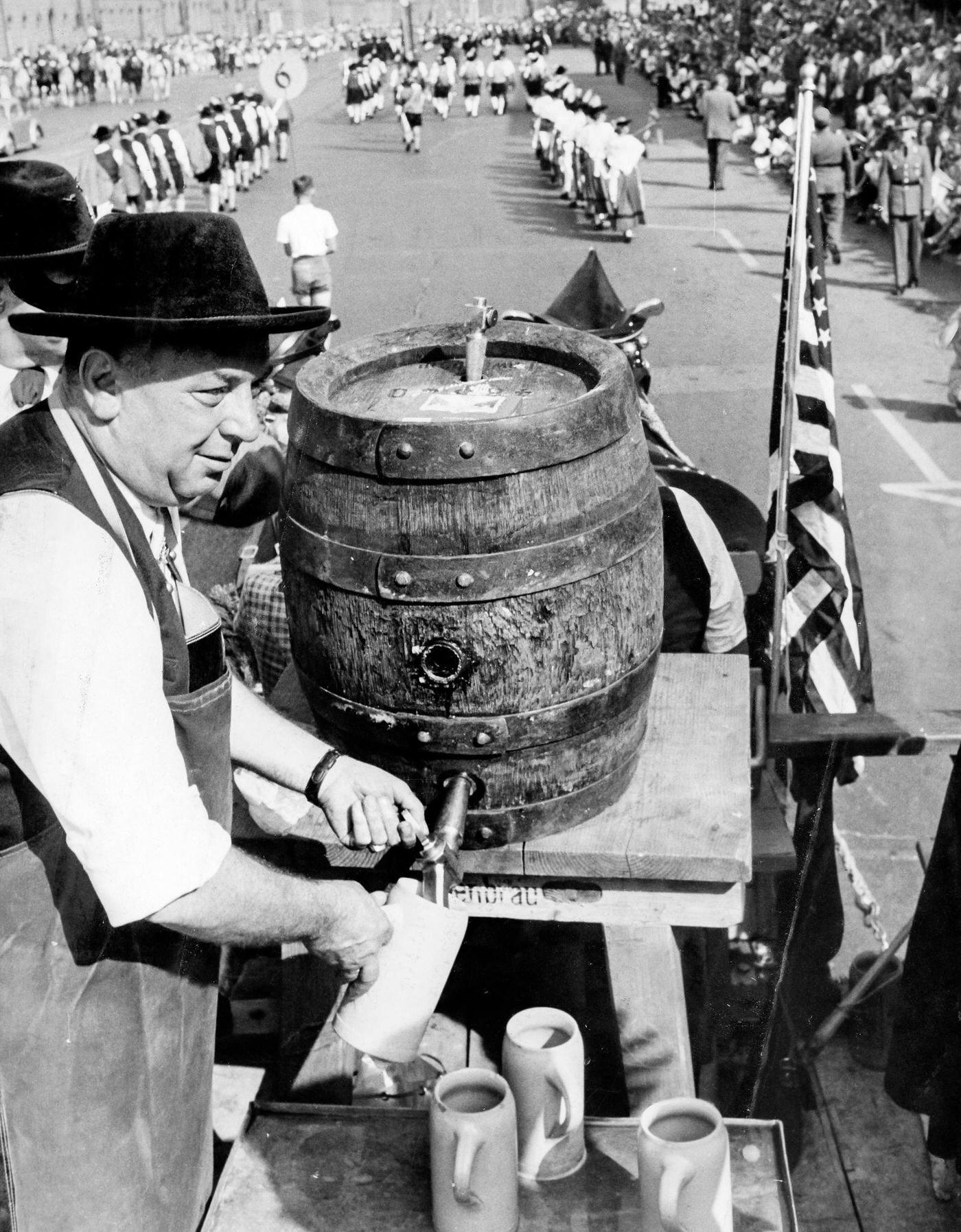In the heart of Munich, every fall, a unique celebration brings together beer lovers from around the world — Oktoberfest! This German tradition, synonymous with lively folk music, traditional Bavarian costumes, mouth-watering food, and of course, steins of beer, has a rich history that dates to the 19th century. Today, let’s journey back in time and look at Oktoberfest as it was in the 1960s.
The 1960s was a period of significant transformation for Oktoberfest. Post World War II, Germany was experiencing its ‘economic miracle’, and this optimism and prosperity reflected in the Oktoberfest celebrations of the era. As the country modernized, so did its beloved beer festival.
This decade saw an increase in the scale of Oktoberfest. The number of attendees grew as travel became more accessible and affordable. The festival started to attract visitors not just from across Germany but also from around the world. This surge in visitors was managed by expanding the festival area and increasing the number of beer tents, which allowed more people to participate in the grand celebrations.
The beer tents of the ’60s also underwent significant changes. While maintaining their traditional charm, they began to incorporate modern amenities for better comfort and convenience. Electricity, for instance, became a standard feature, lighting up the tents and making them even more vibrant. Improvements in refrigeration technology ensured that the beer remained perfectly chilled, enhancing the Oktoberfest experience.
Music, an integral part of Oktoberfest, began to evolve in the 1960s. Along with traditional Bavarian music, modern genres began to creep into the scene. Bands playing popular music of the era shared the stage with traditional folk musicians, offering a blend of old and new that was enthusiastically received by attendees. The ‘chicken dance’, which was introduced during this decade, quickly became an Oktoberfest staple, adding to the fun and frolic of the festival.
The 1960s was also a time of sartorial evolution for Oktoberfest. Traditional Bavarian clothing, or Tracht, was a common sight, with men donning Lederhosen and women wearing Dirndl. However, the influences of the global fashion trends of the ’60s were also apparent. The Dirndl, in particular, began to incorporate modern design elements, with bolder colors and patterns making their way into these traditional outfits.
Food at Oktoberfest during the 1960s continued to be a delightful blend of traditional Bavarian fare. Classic dishes such as pretzels, sausages, sauerkraut, and pork knuckles were served alongside regional specialties, catering to the varied palates of the increasing number of international visitors.
Below are some fascinating vintage photos that show how people celebrated the Oktoberfest of the 1960s.


